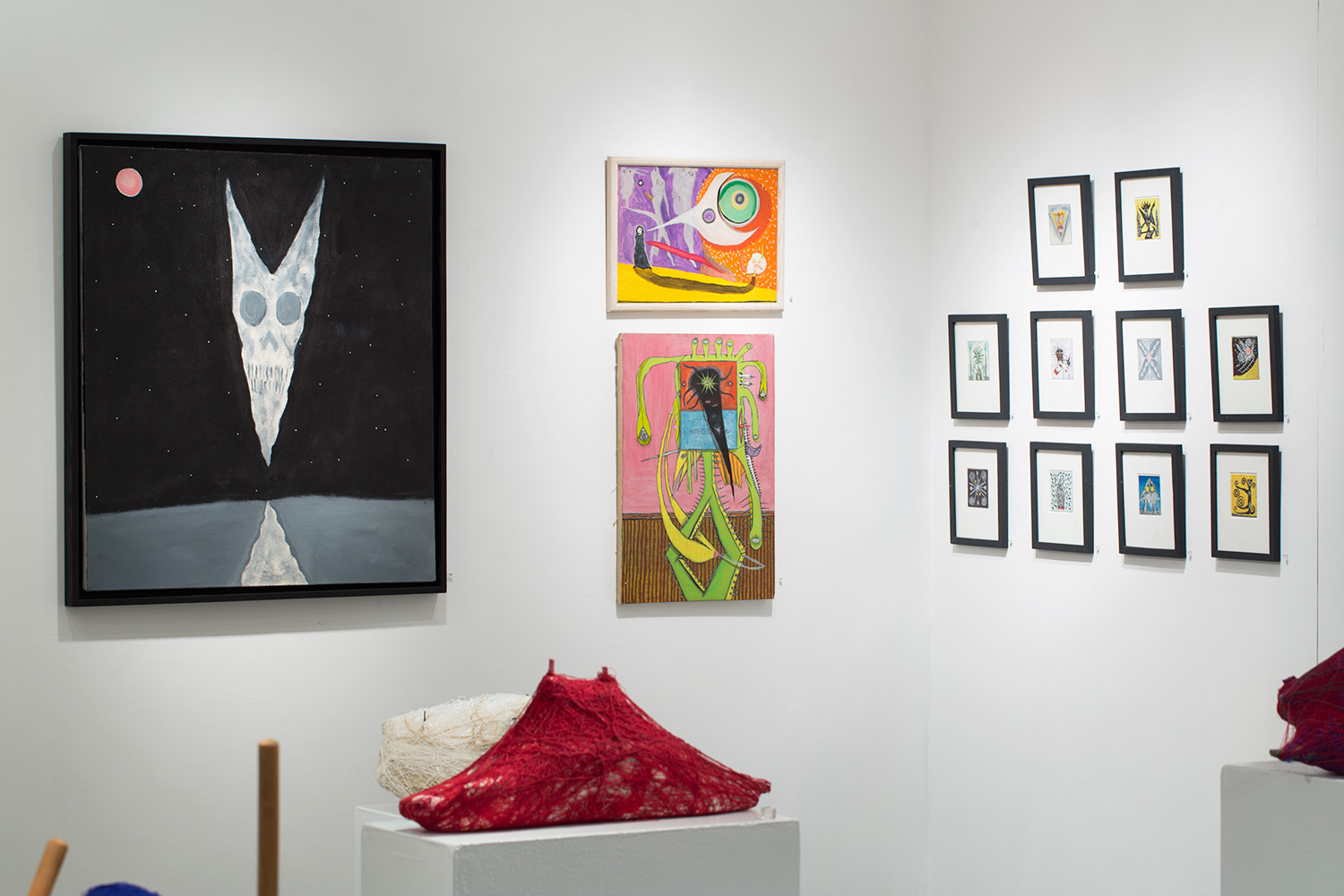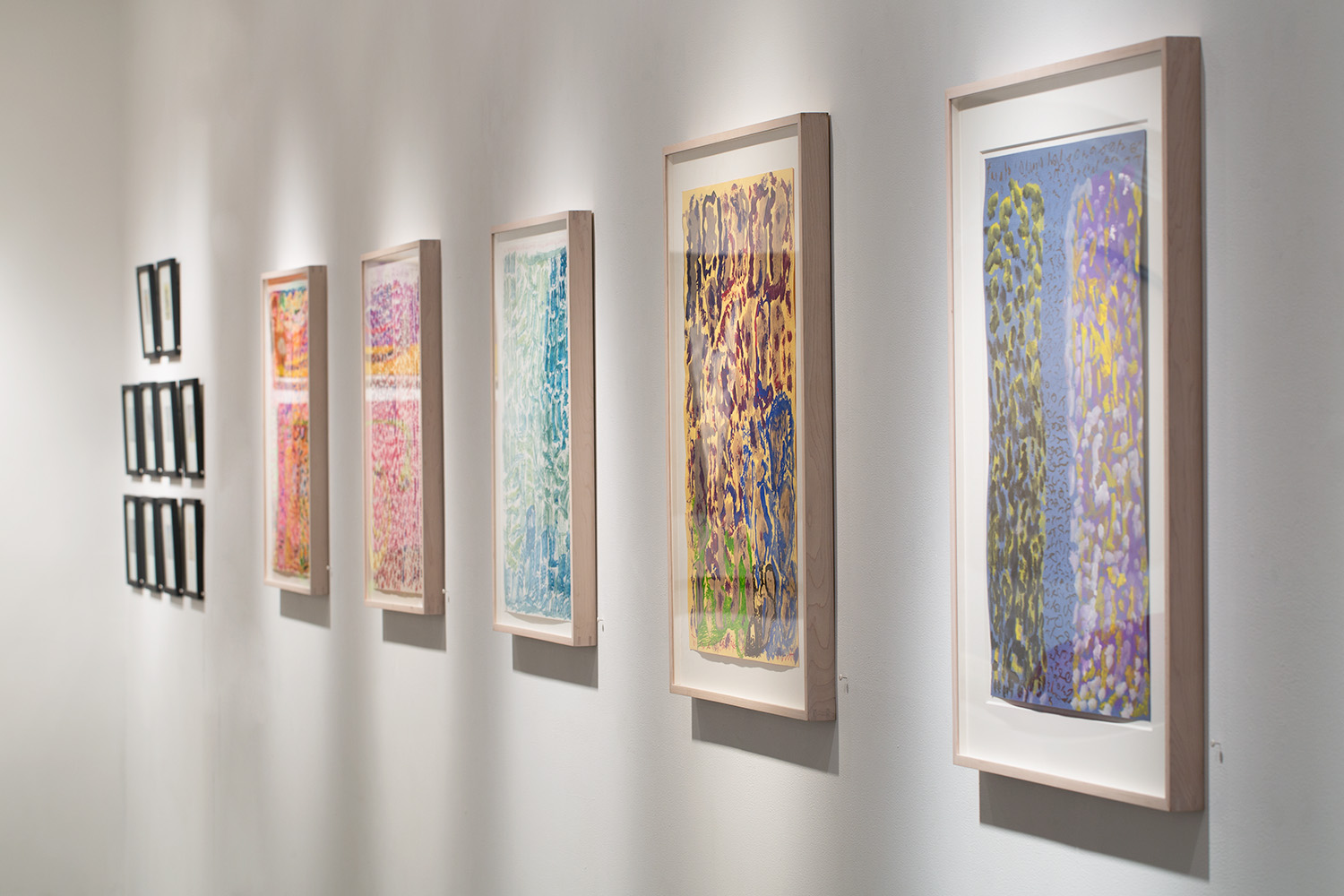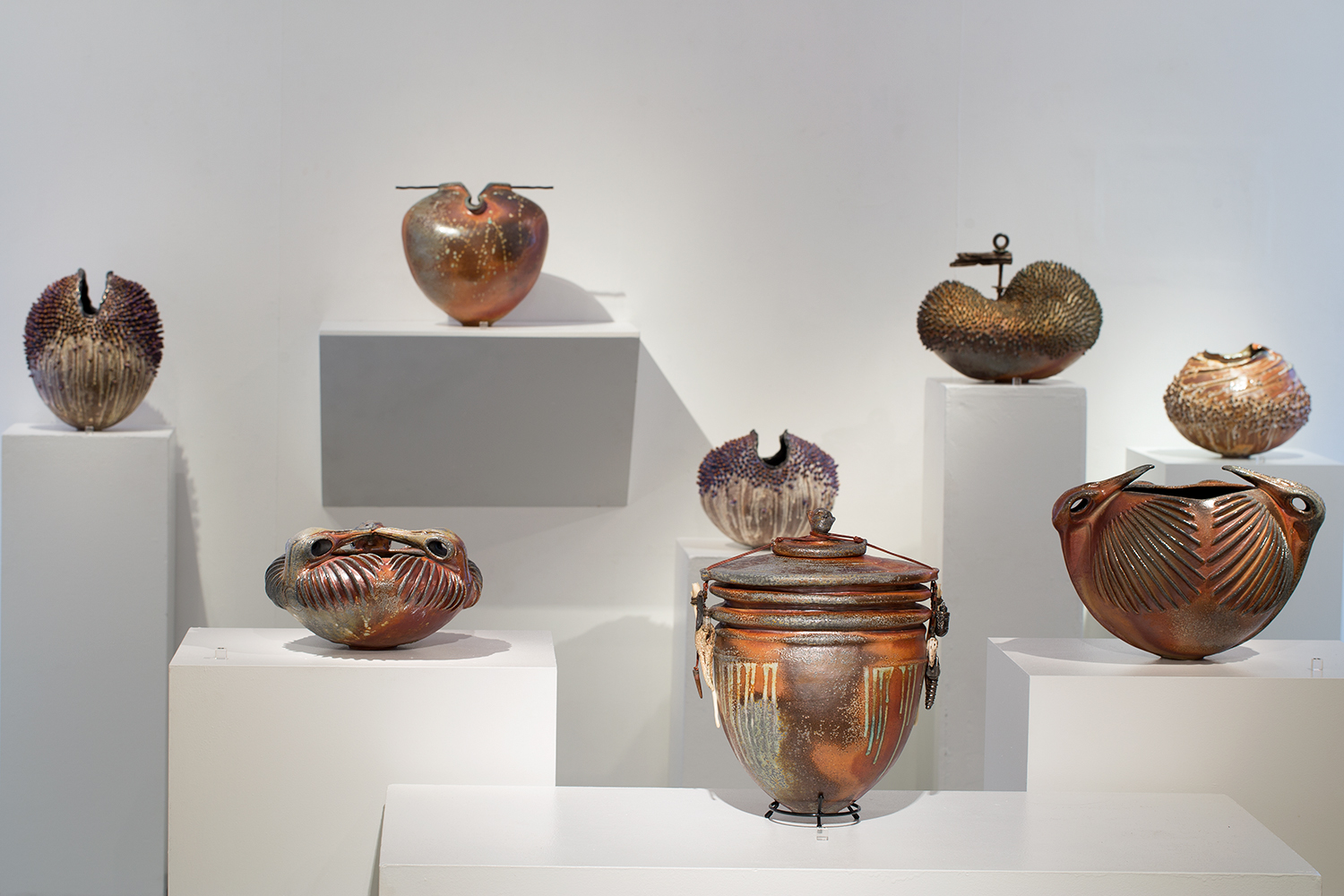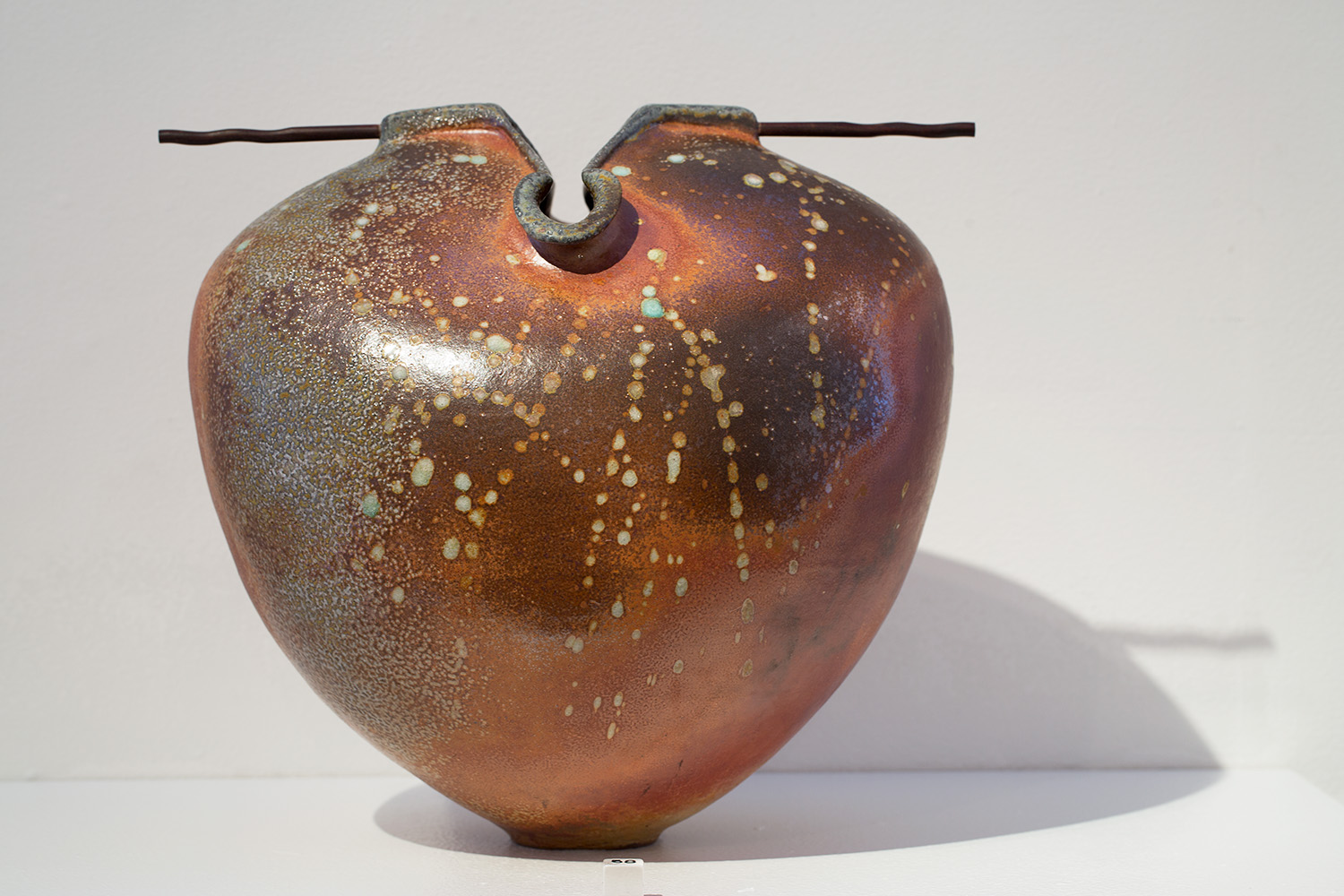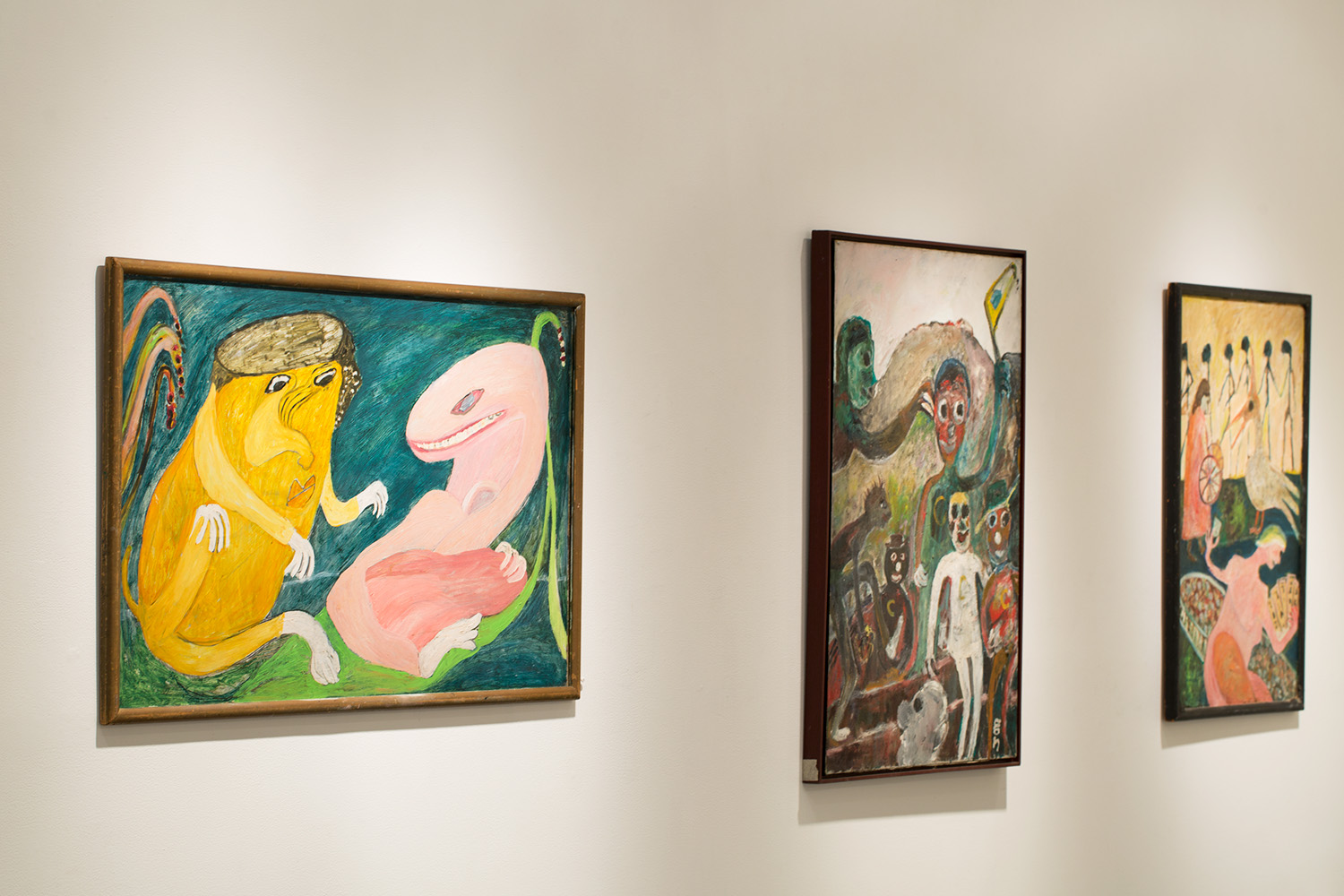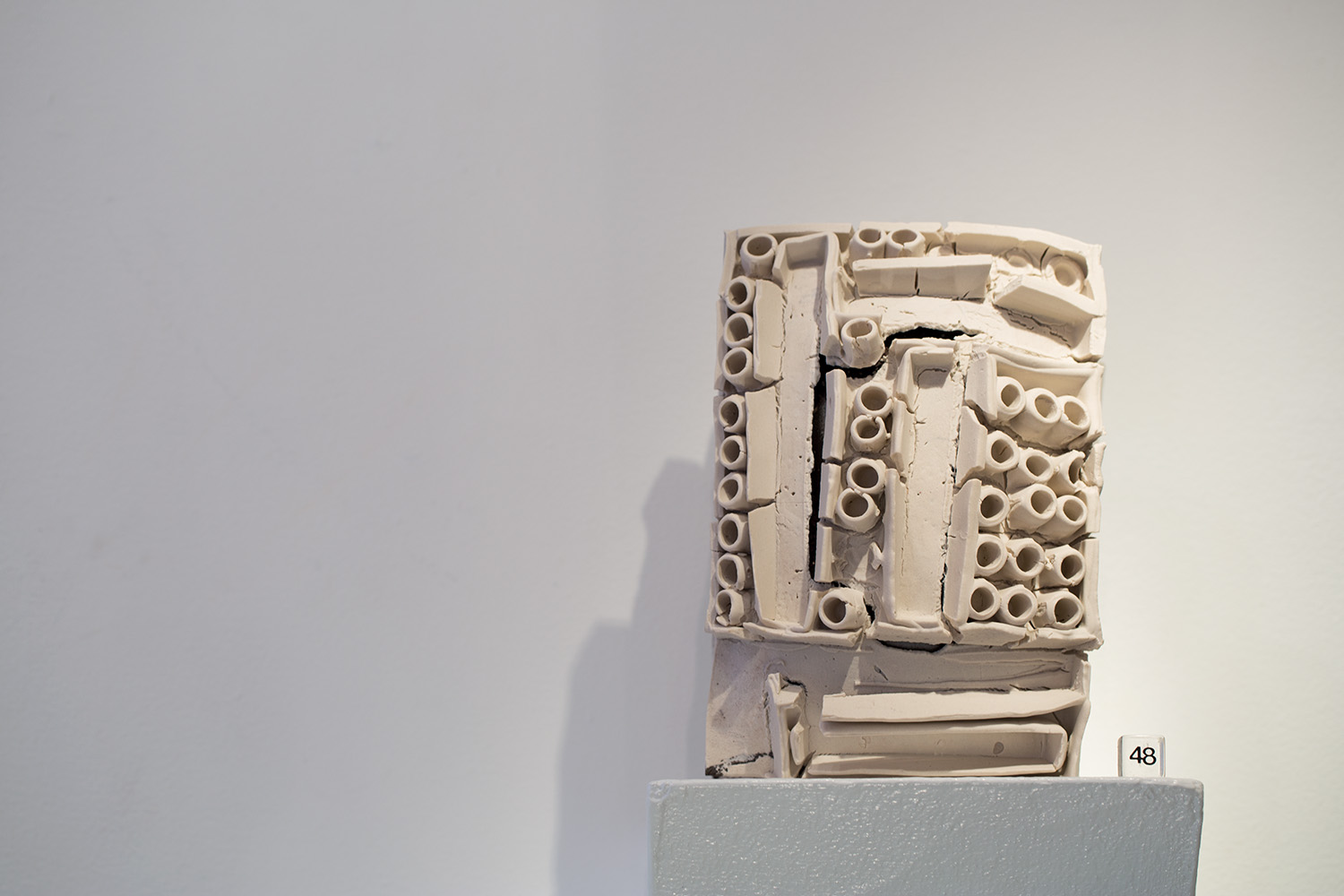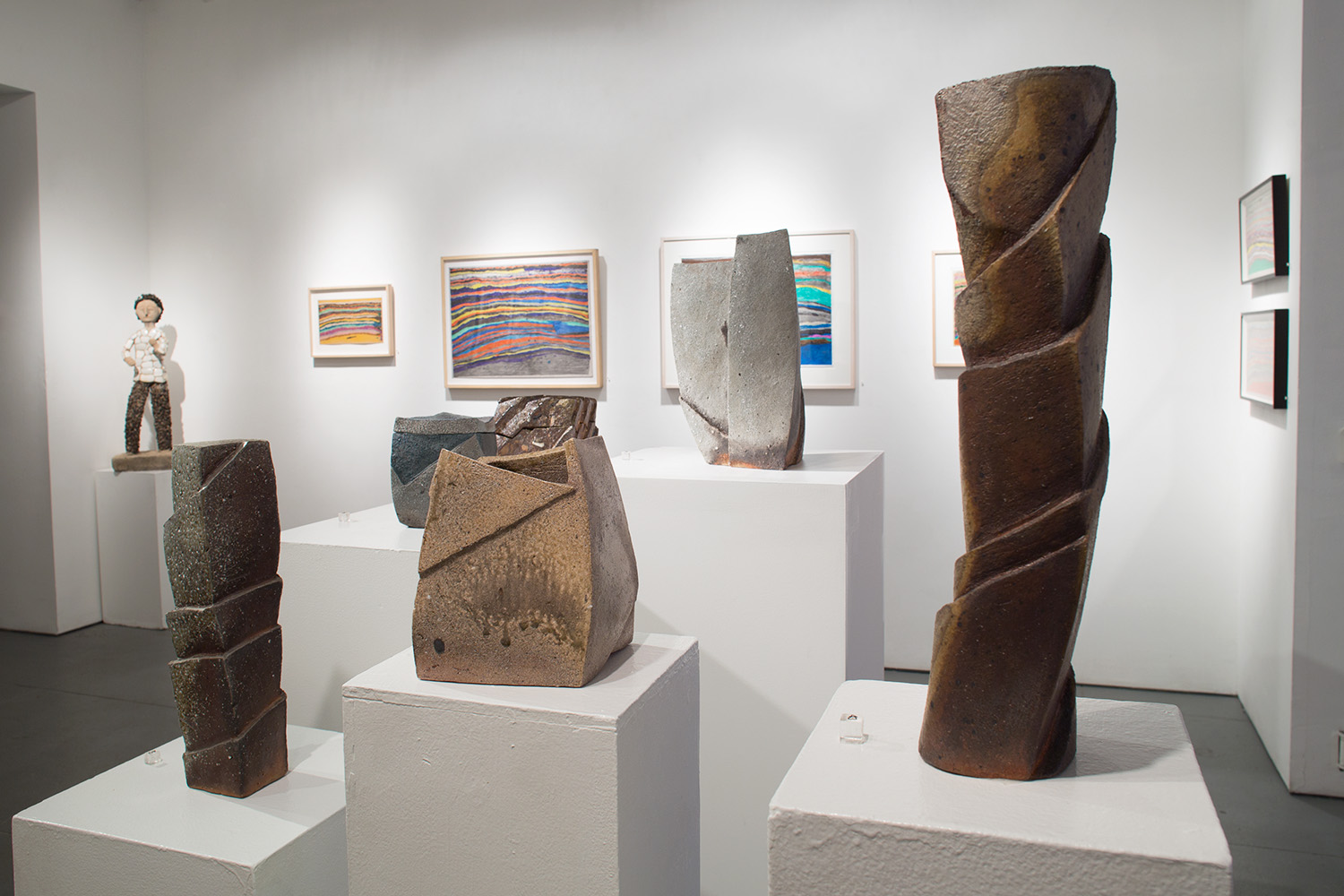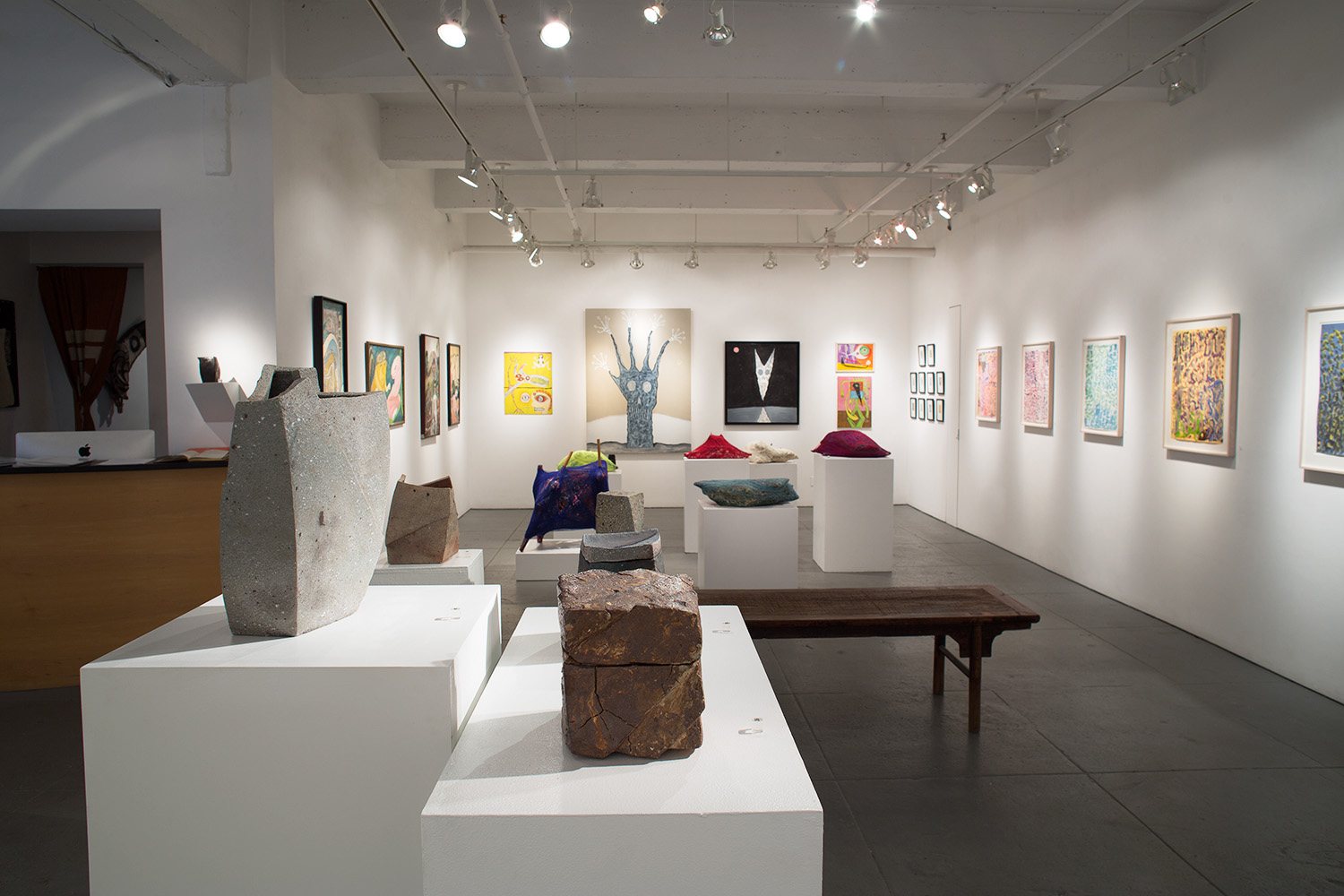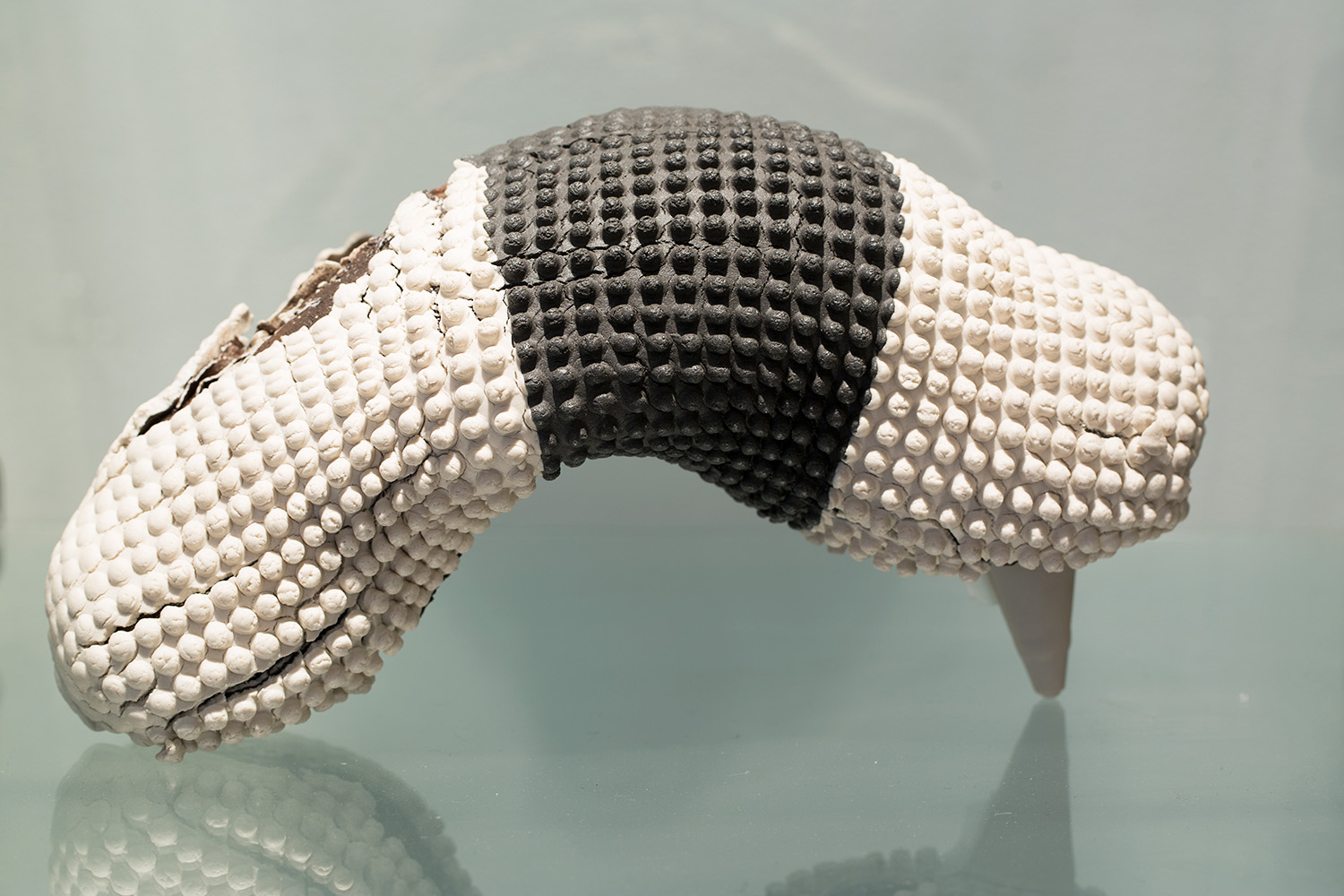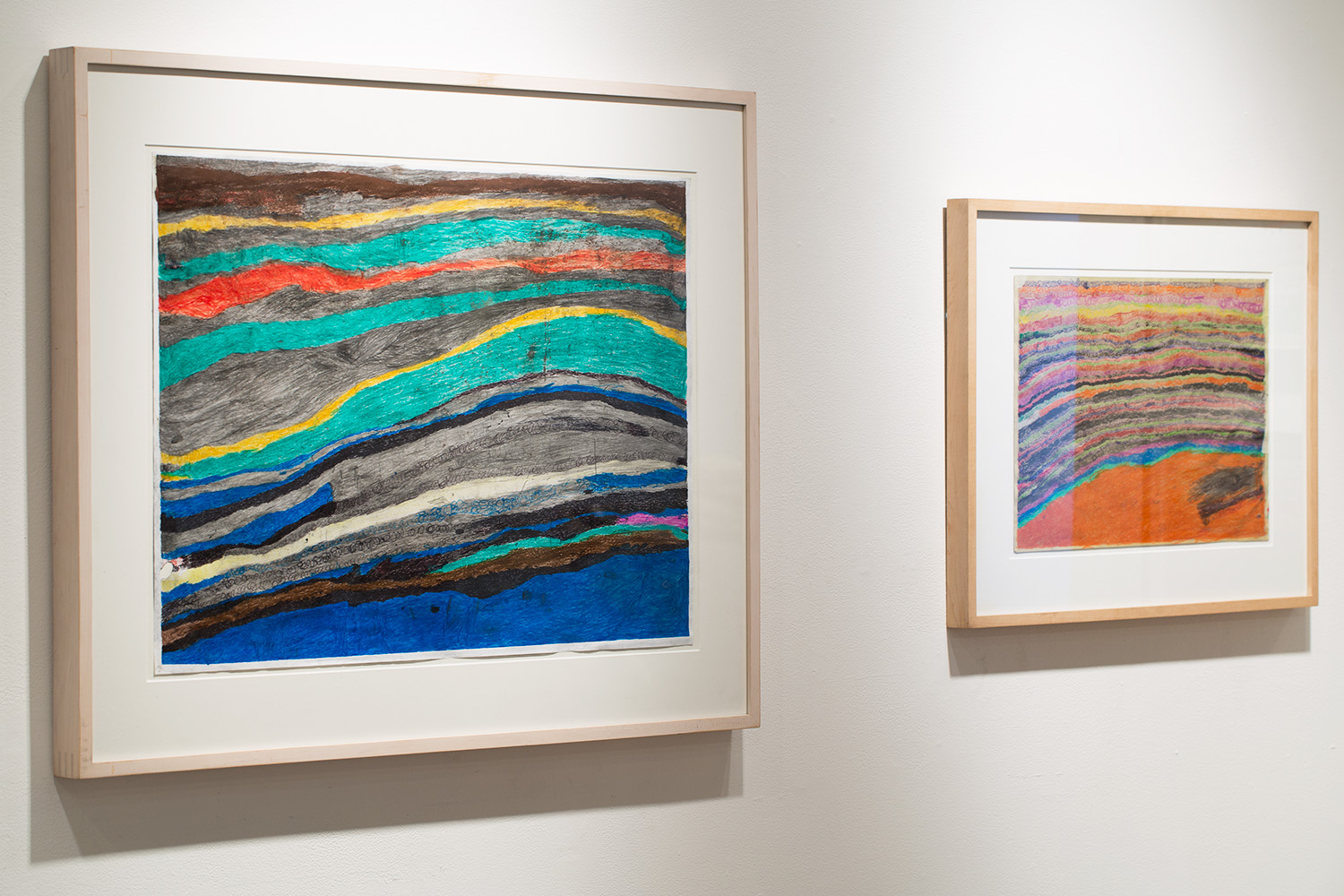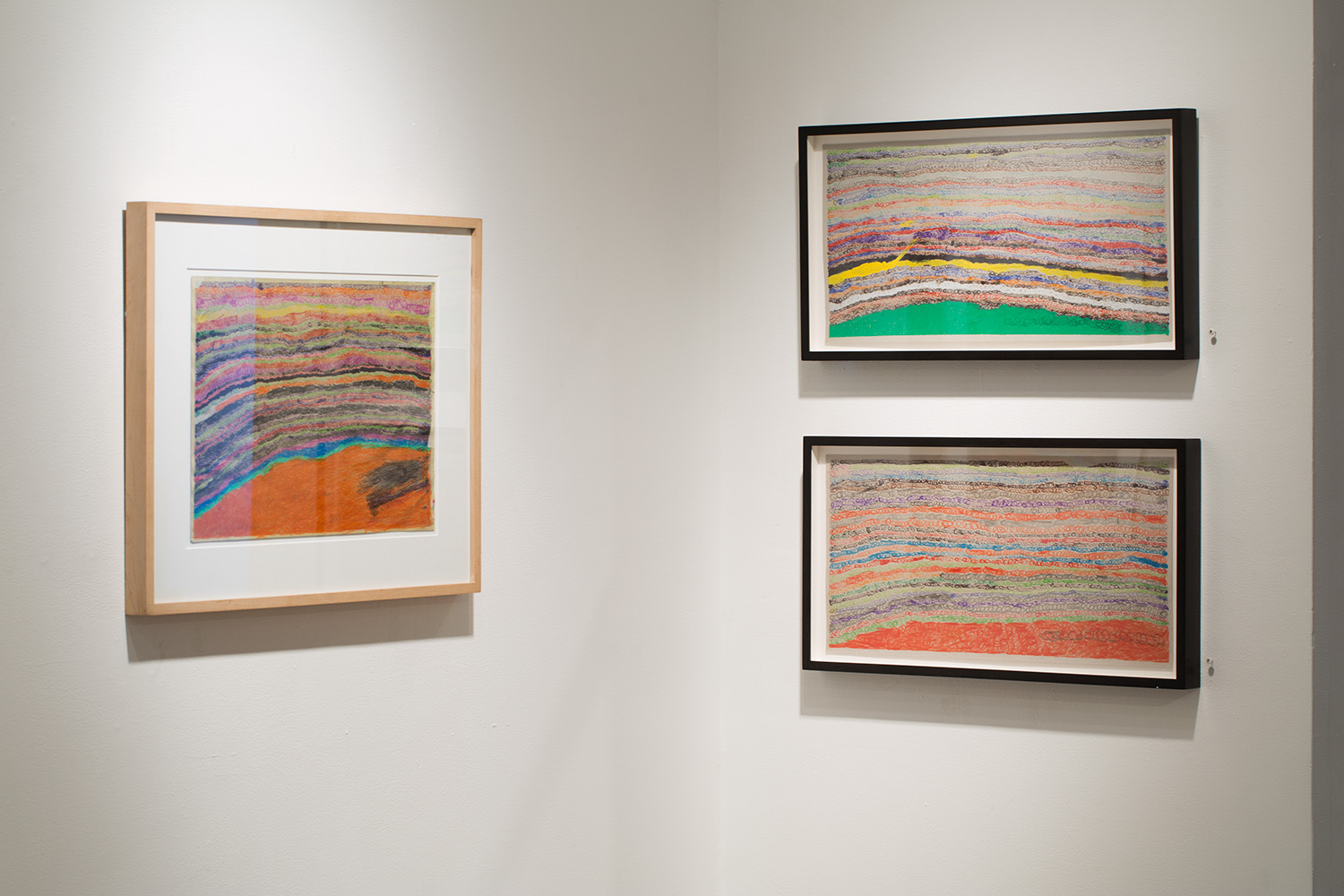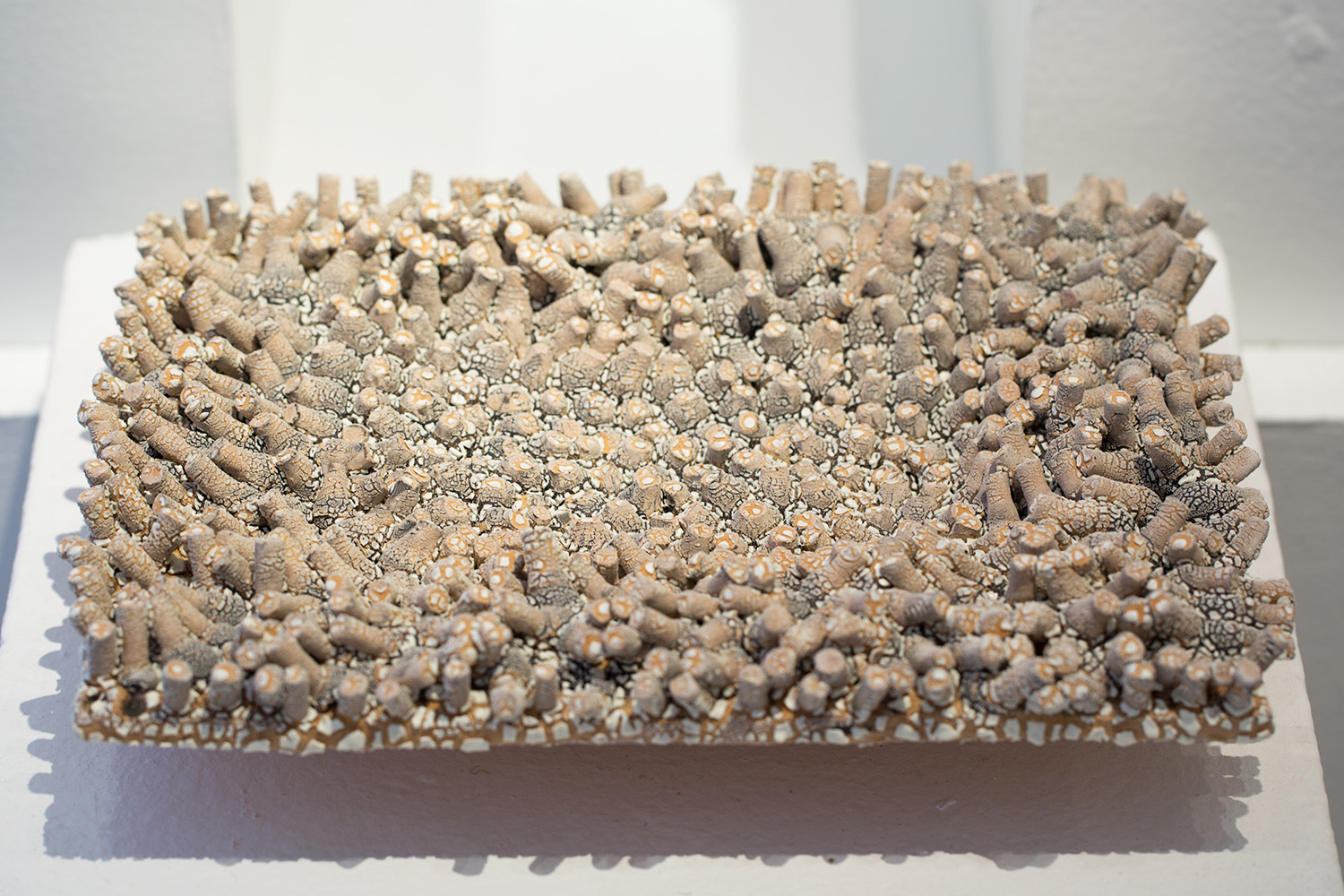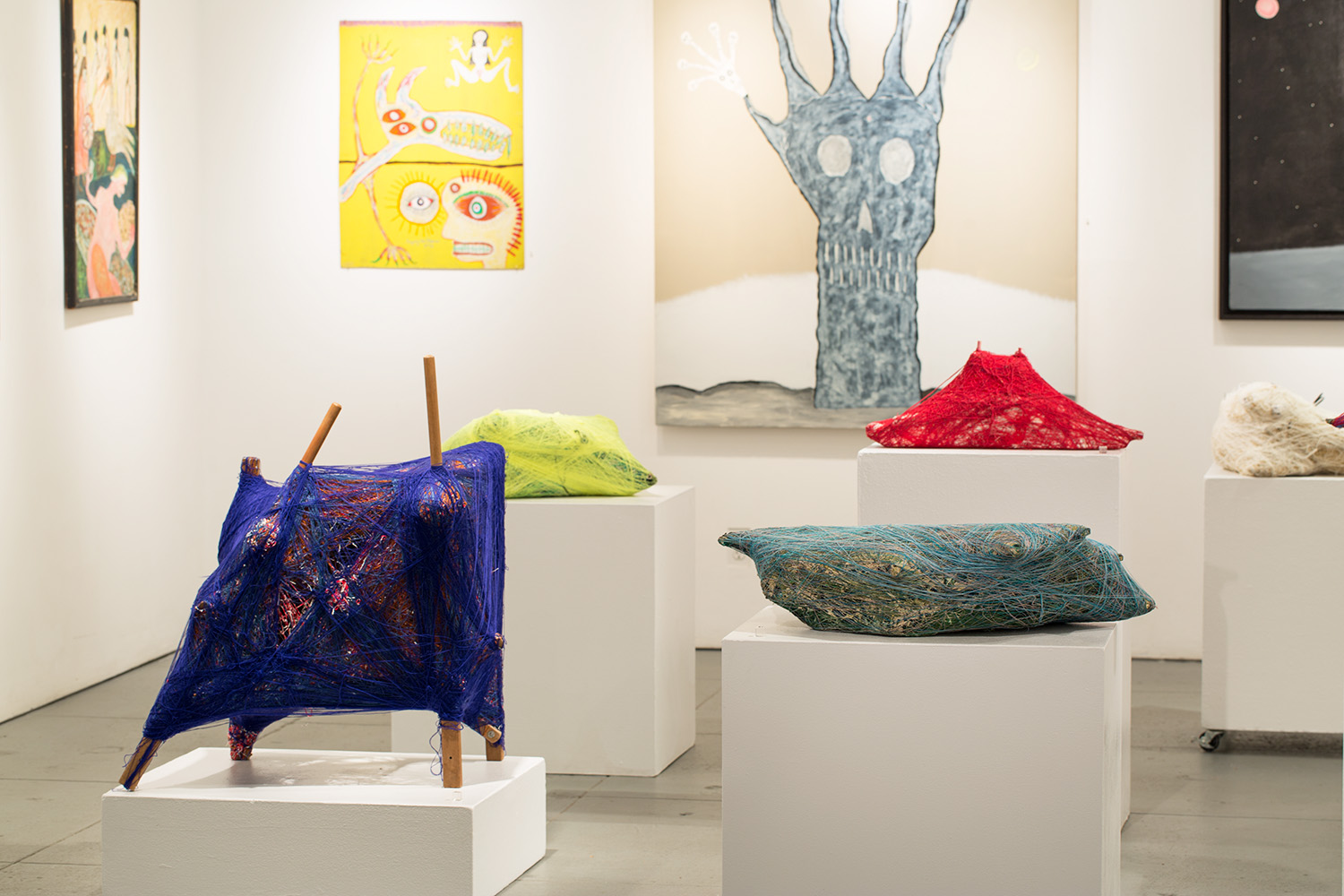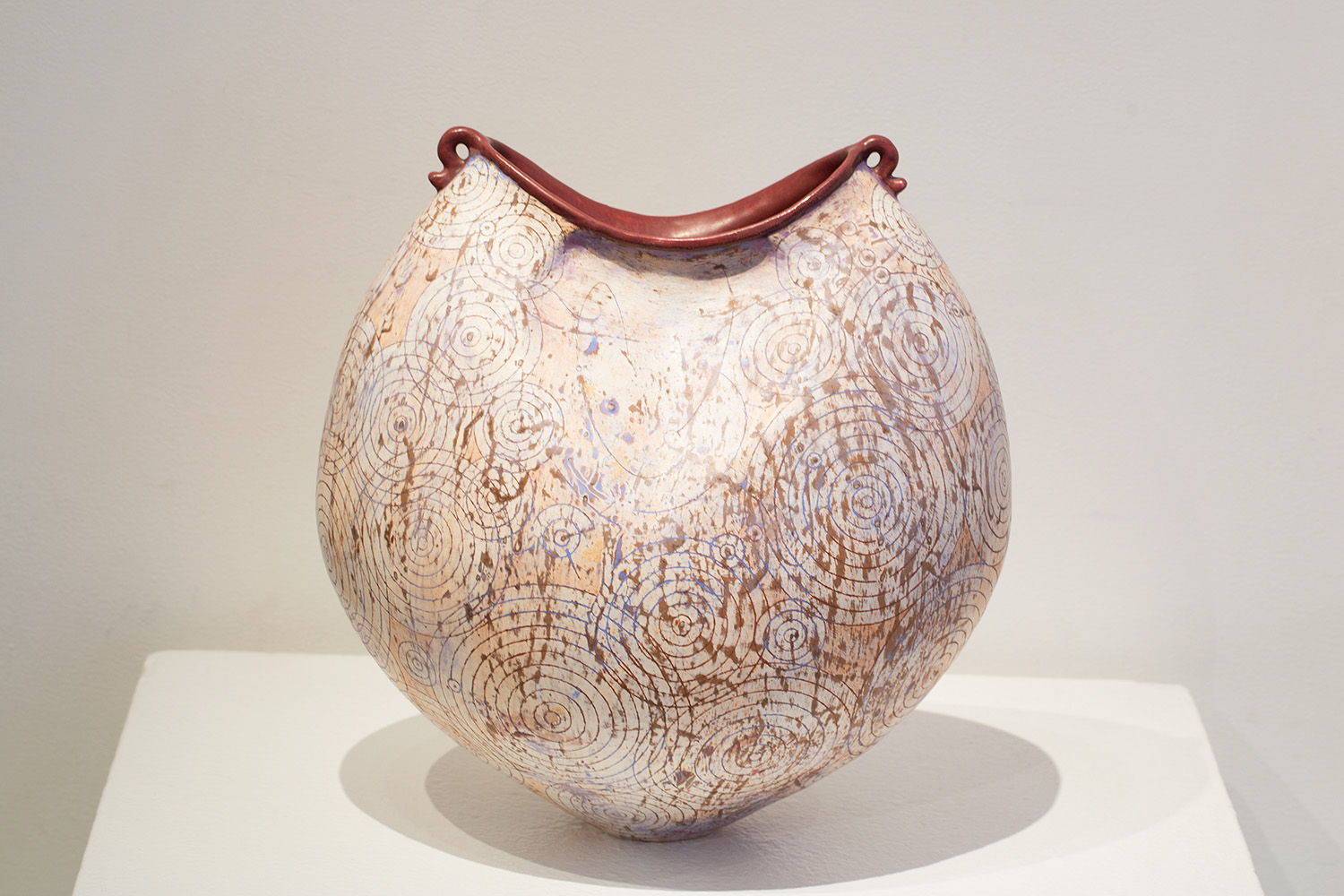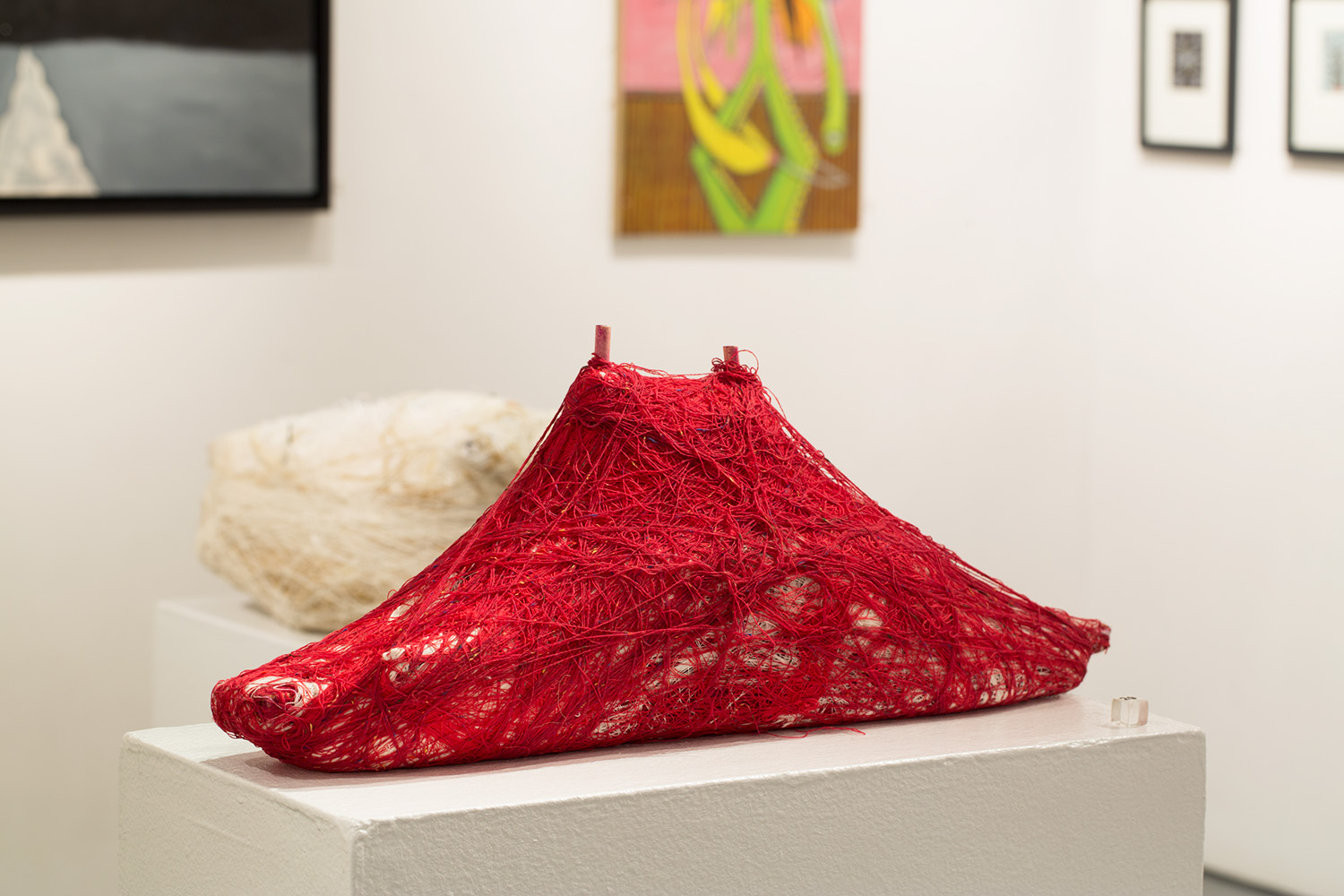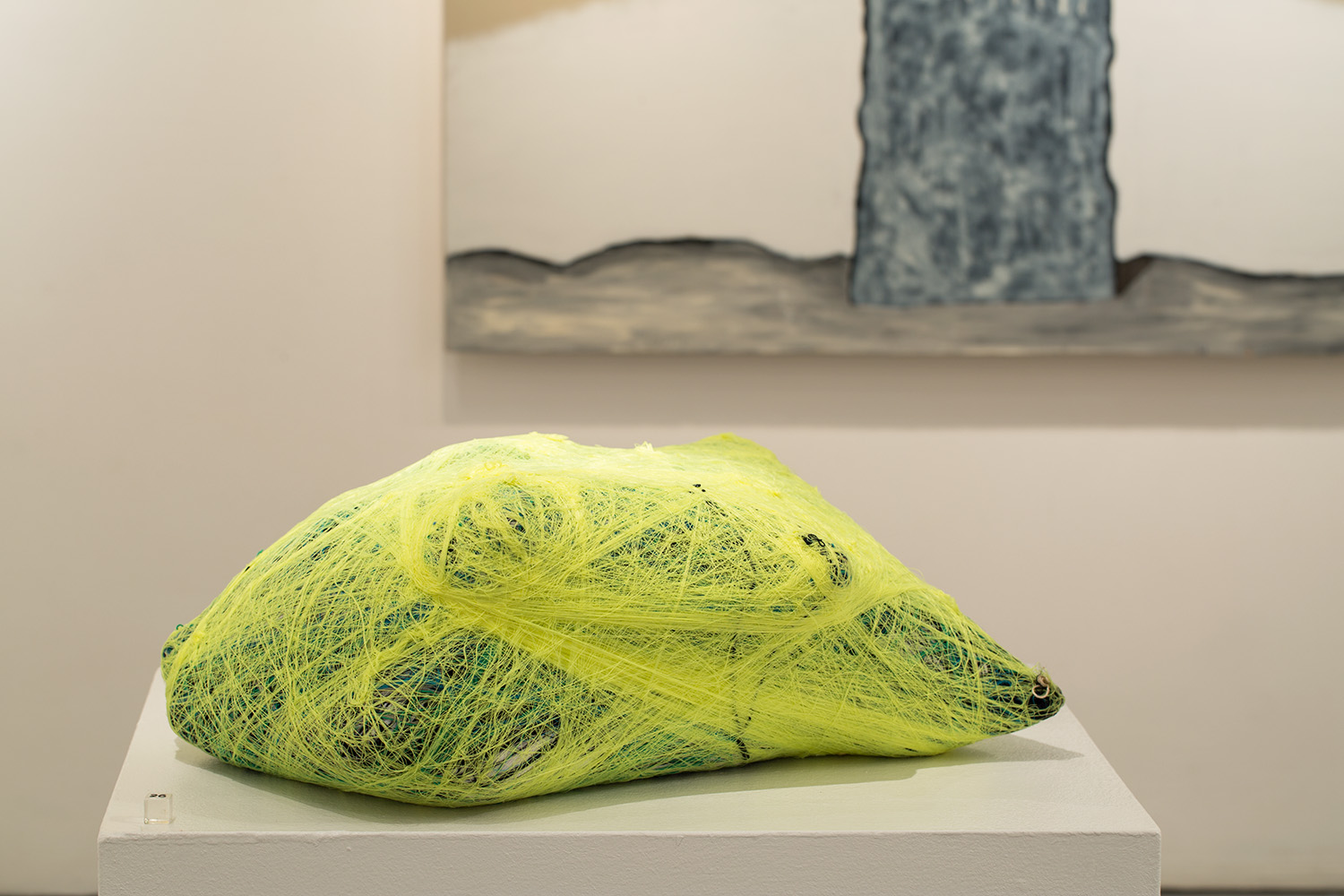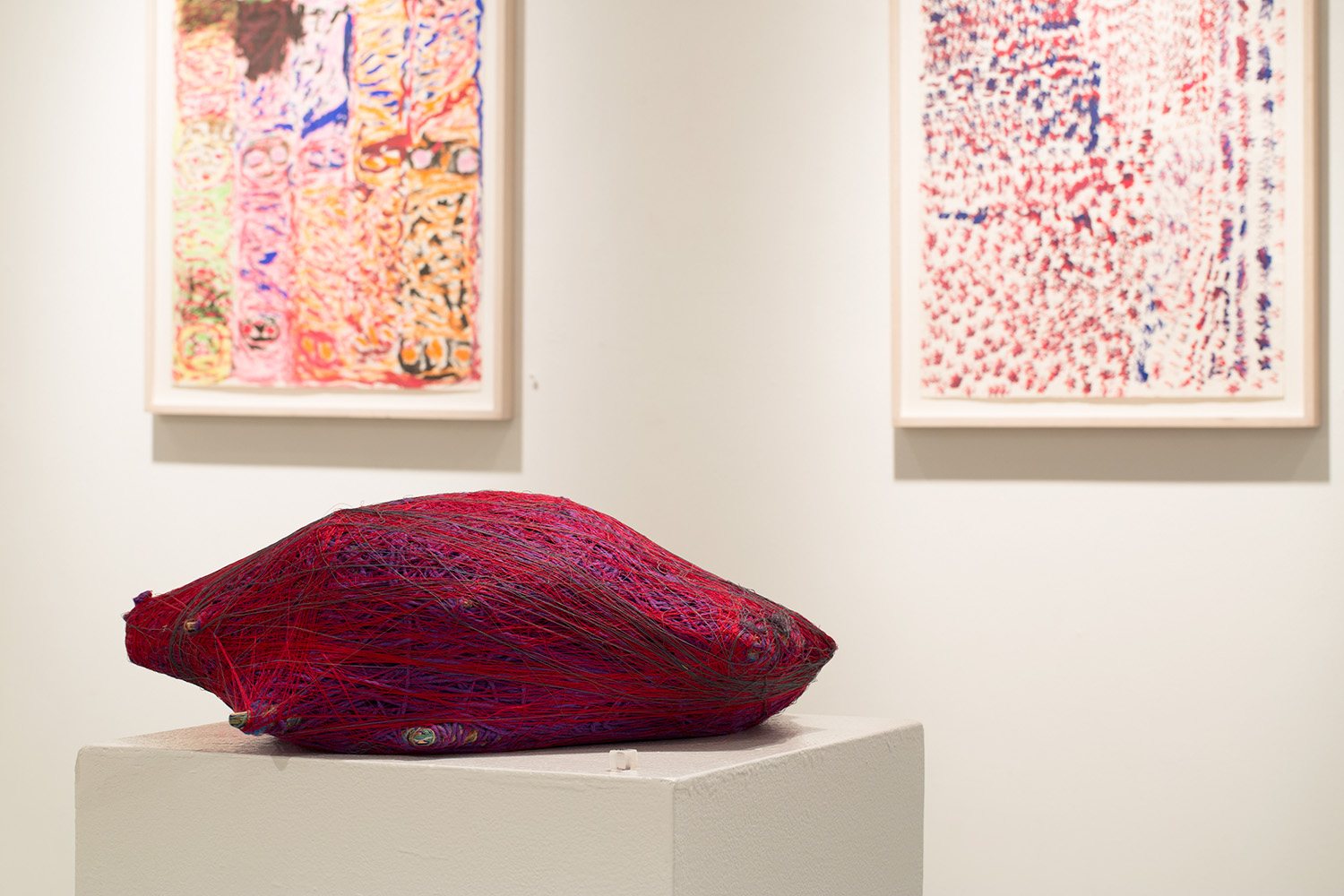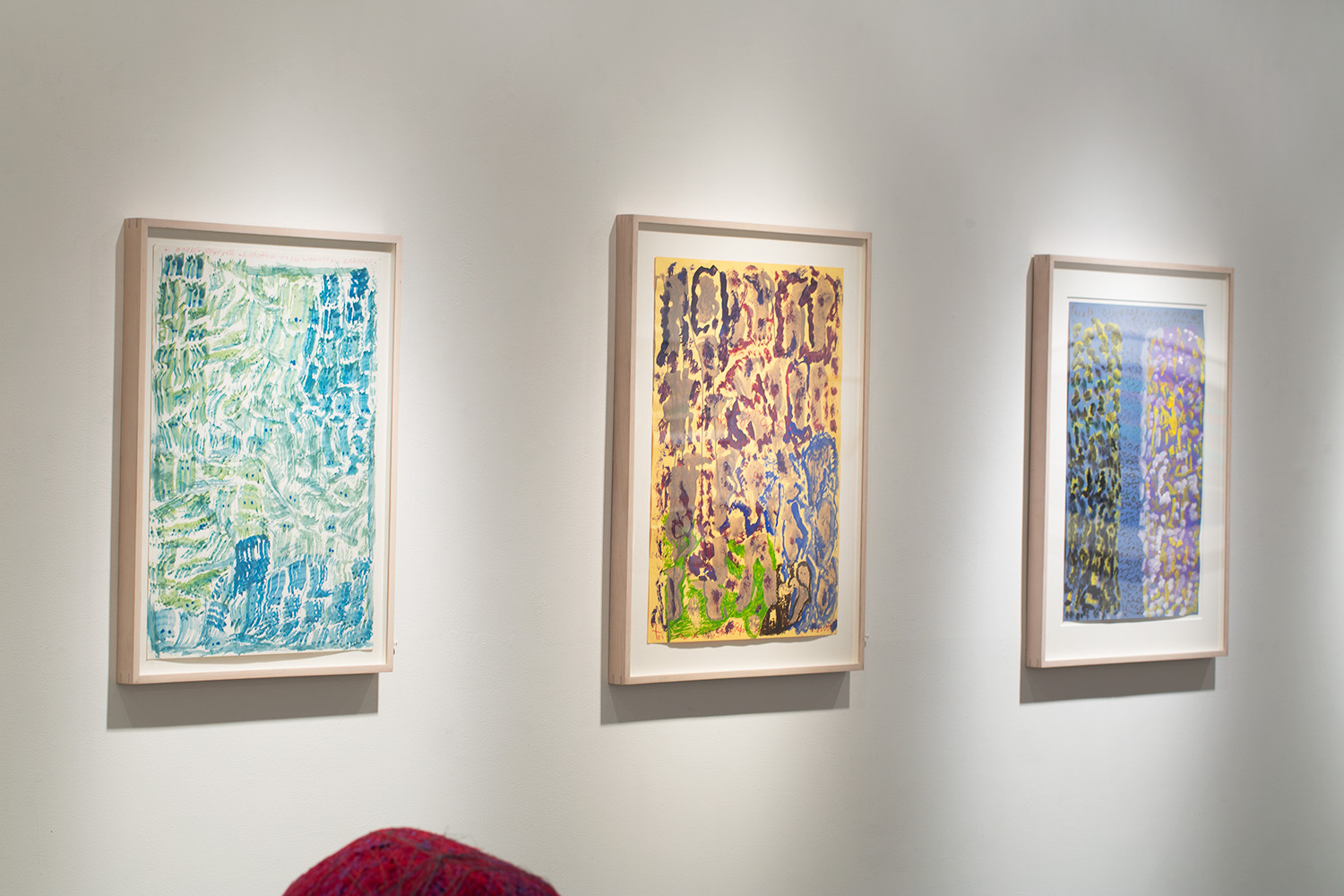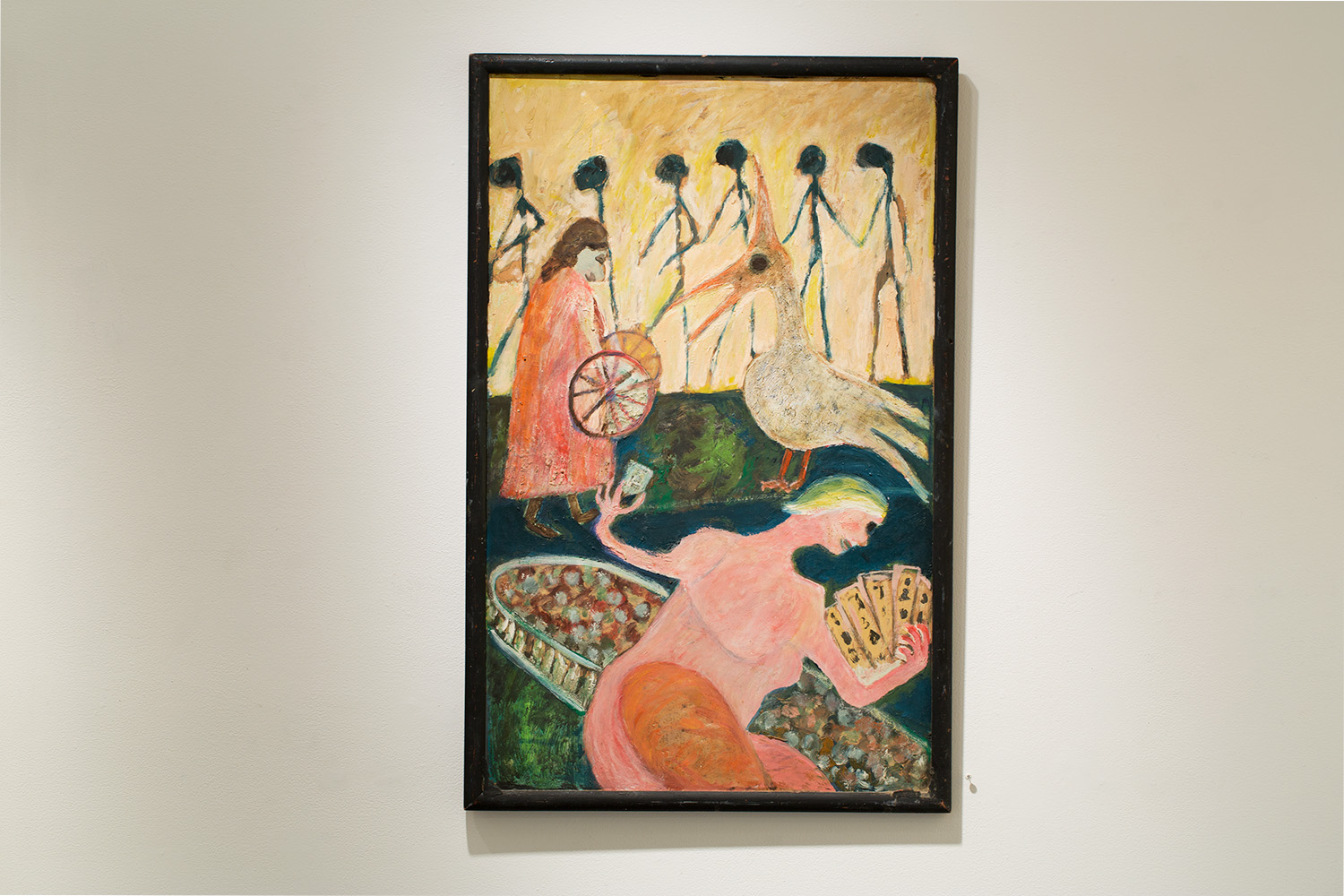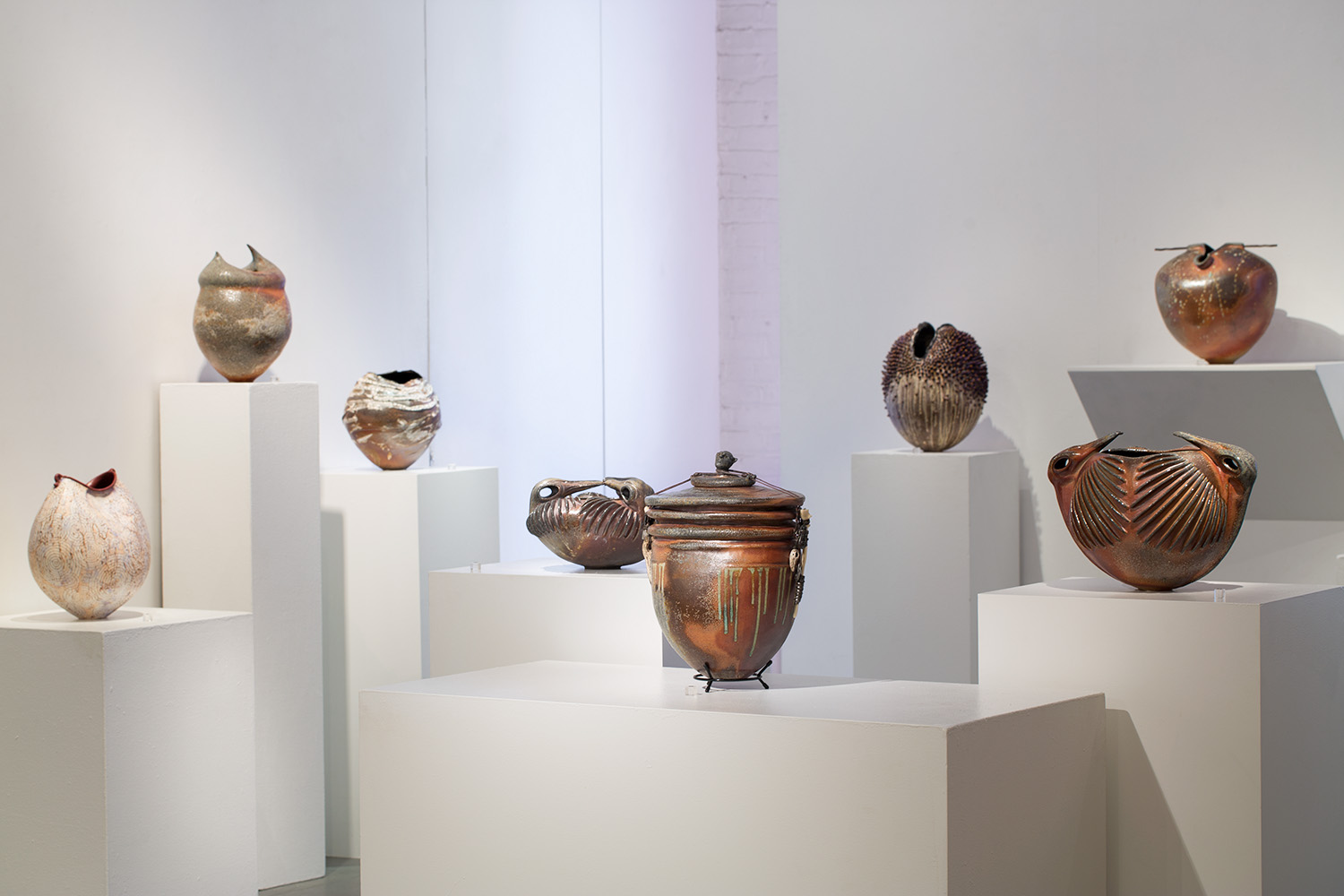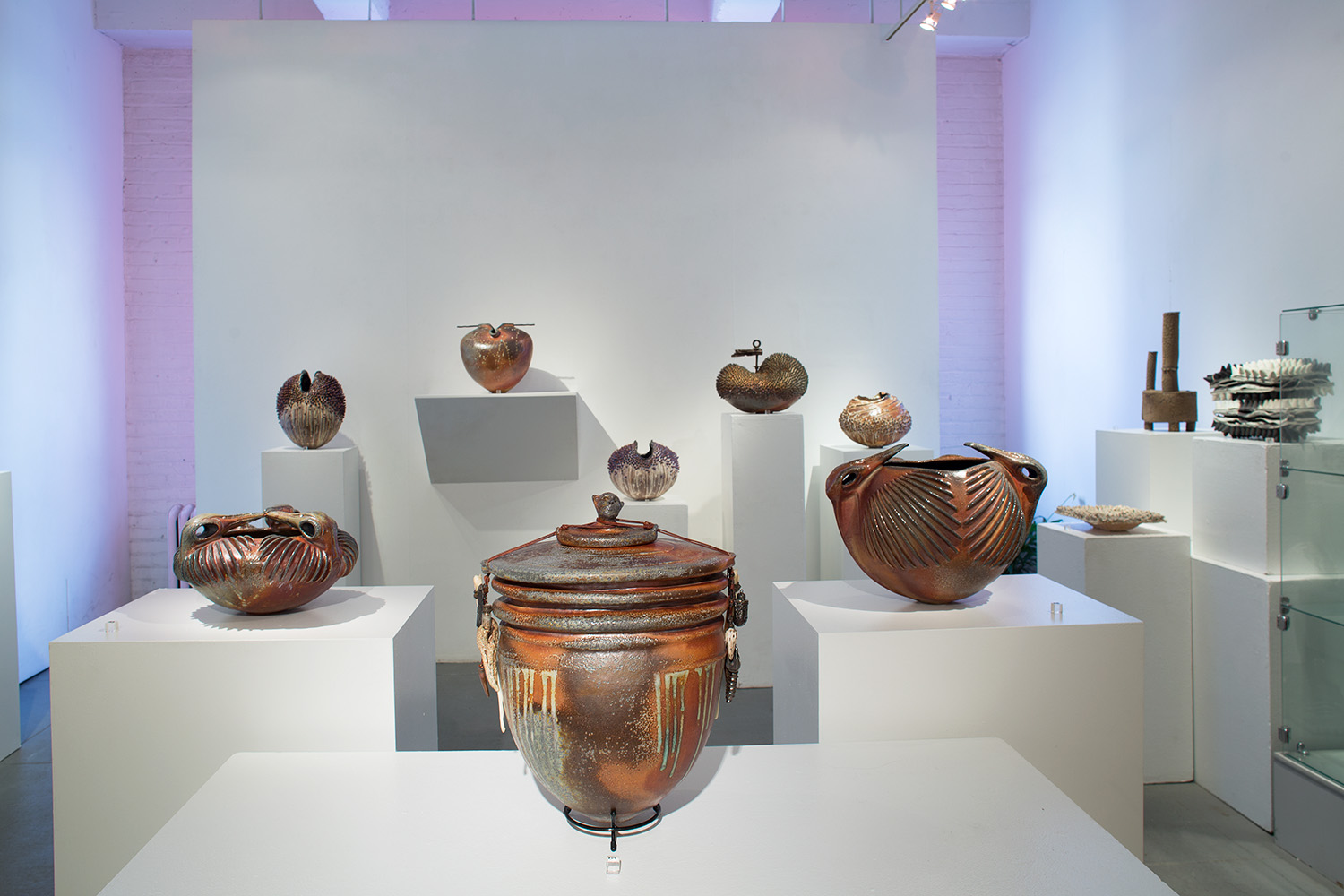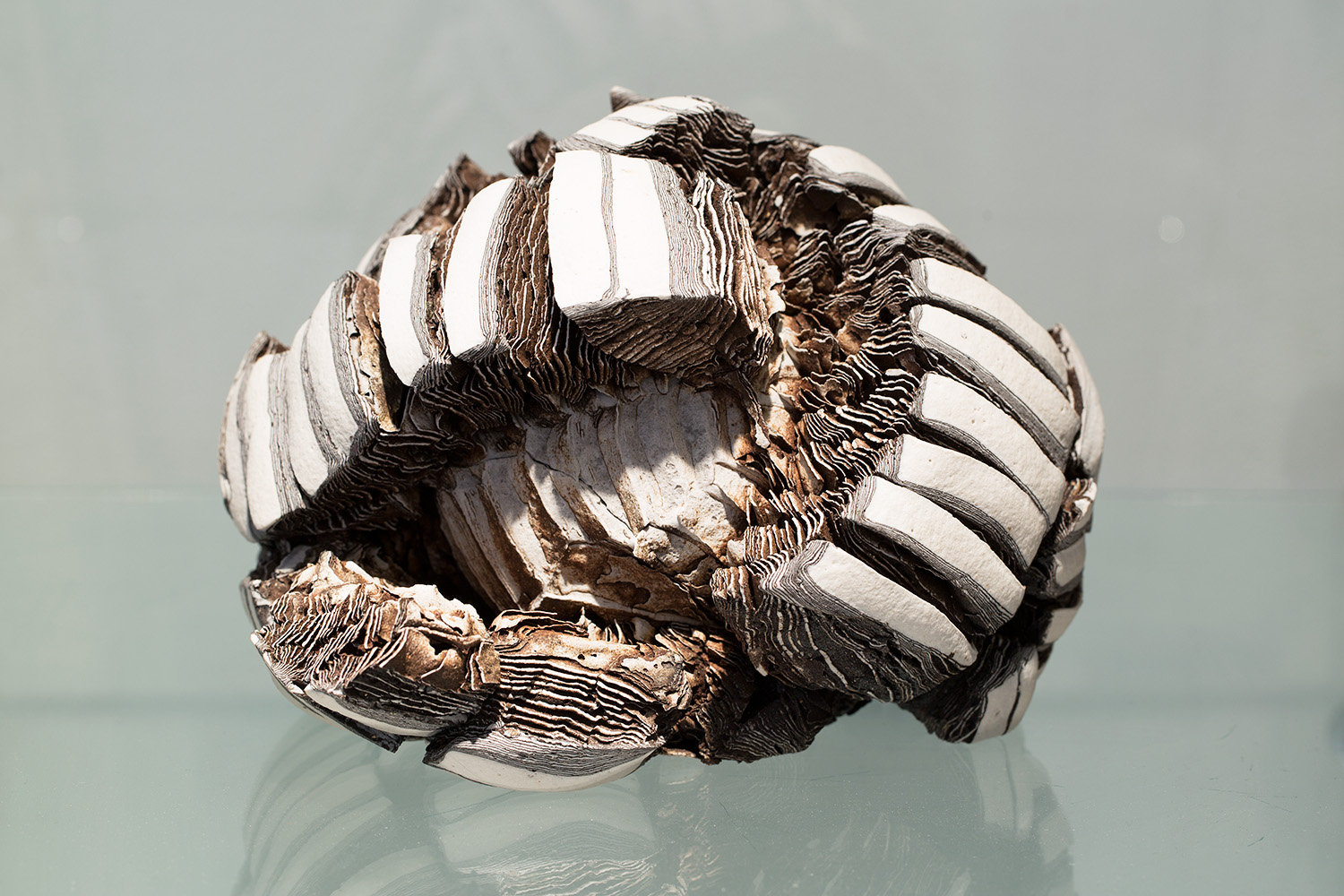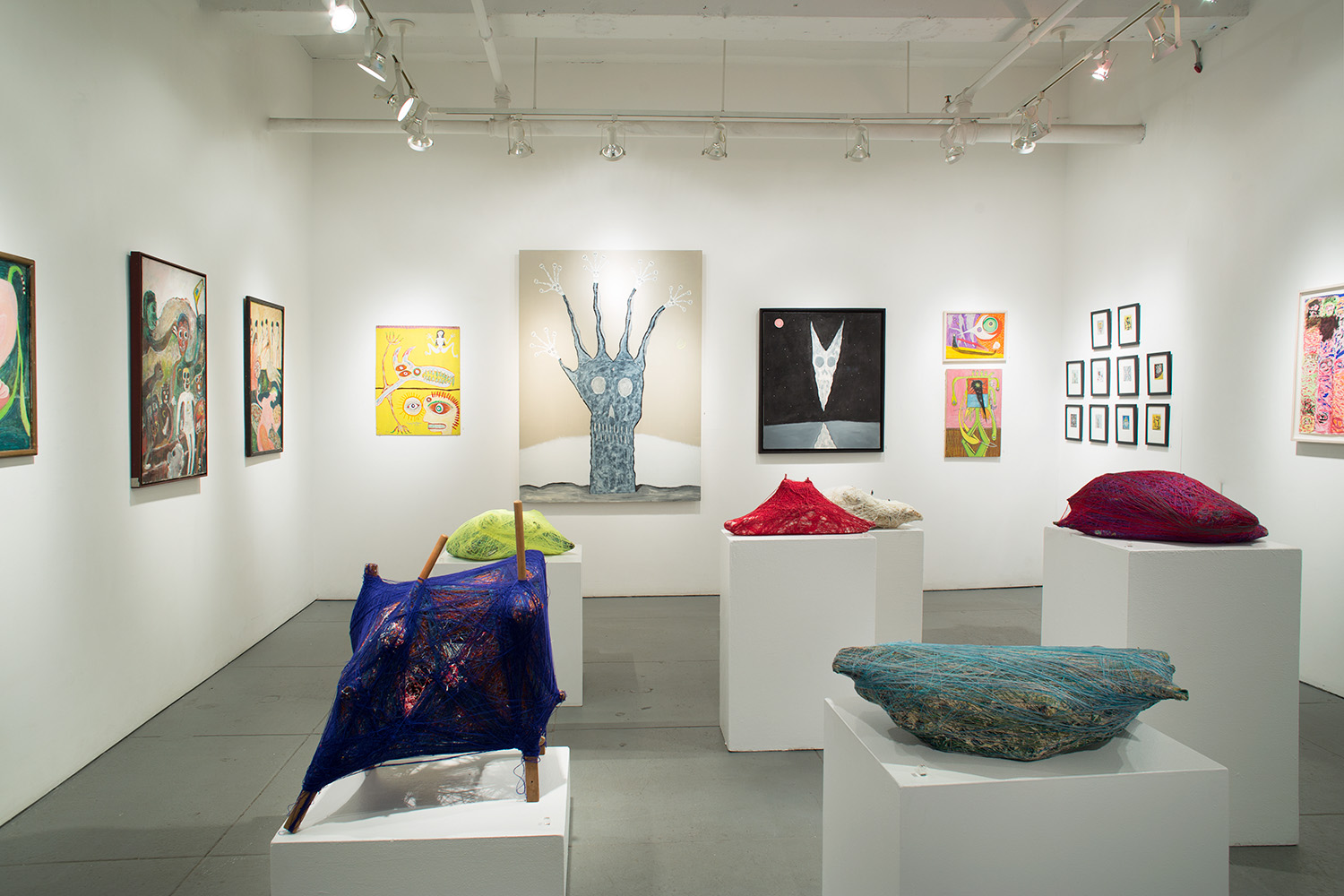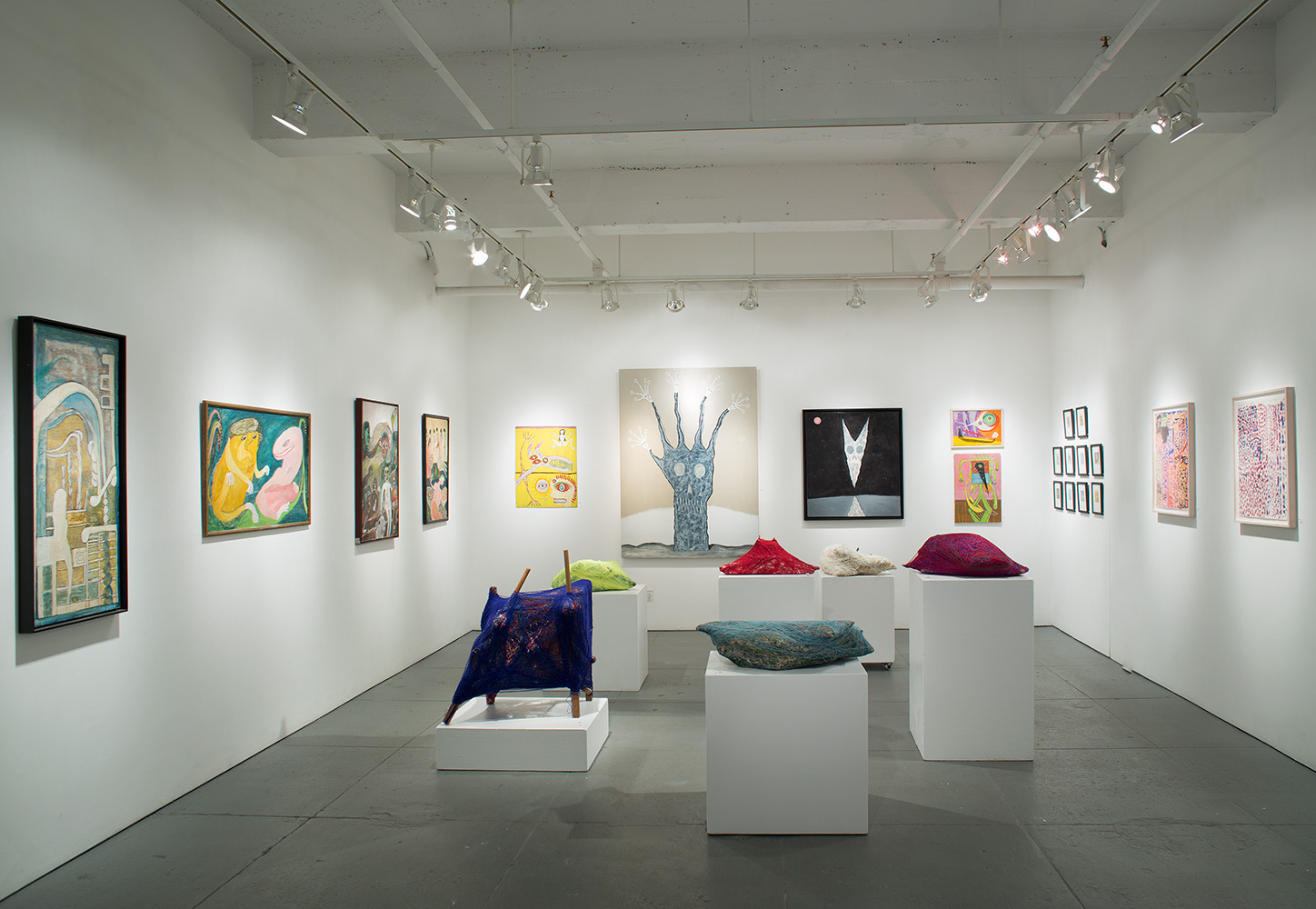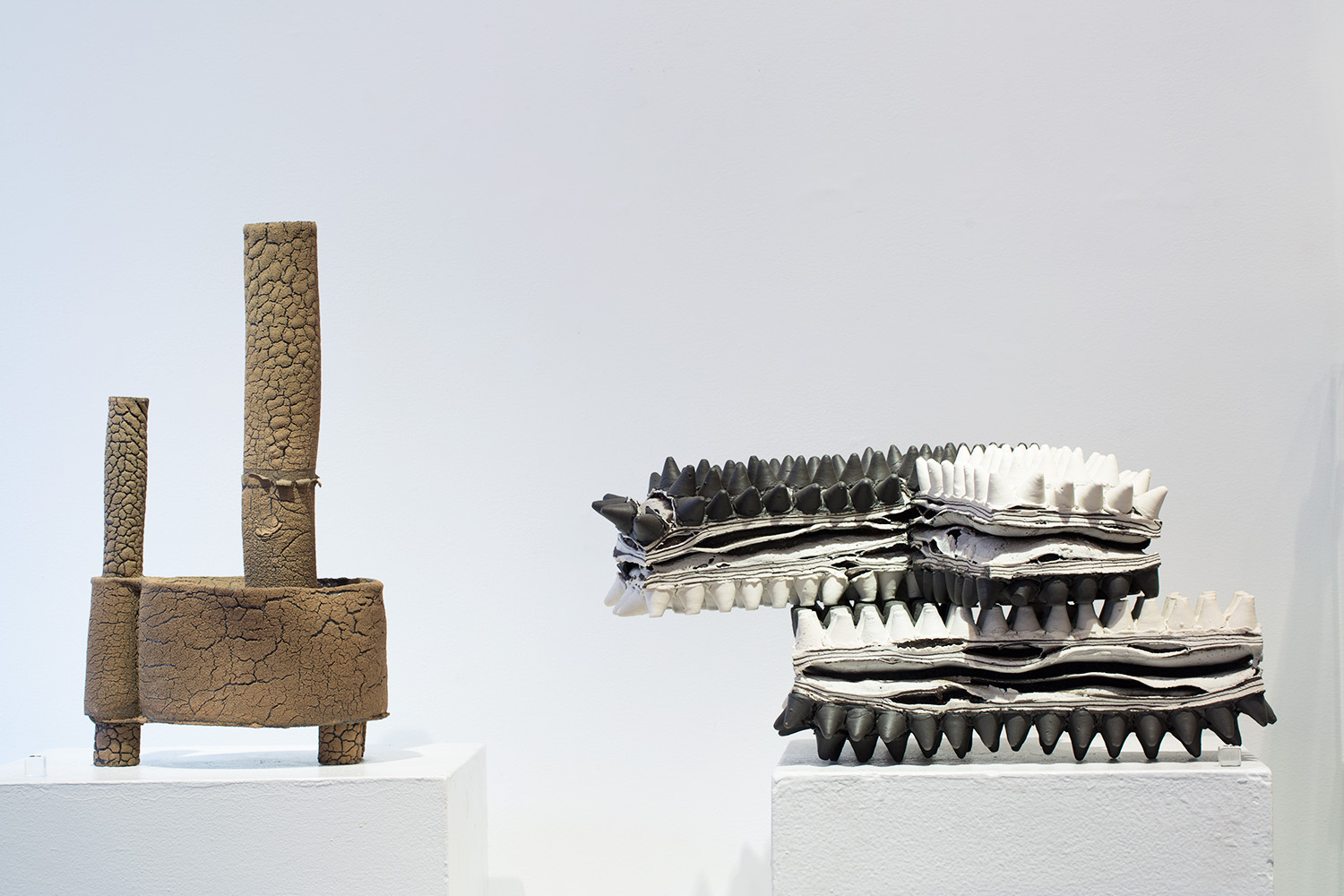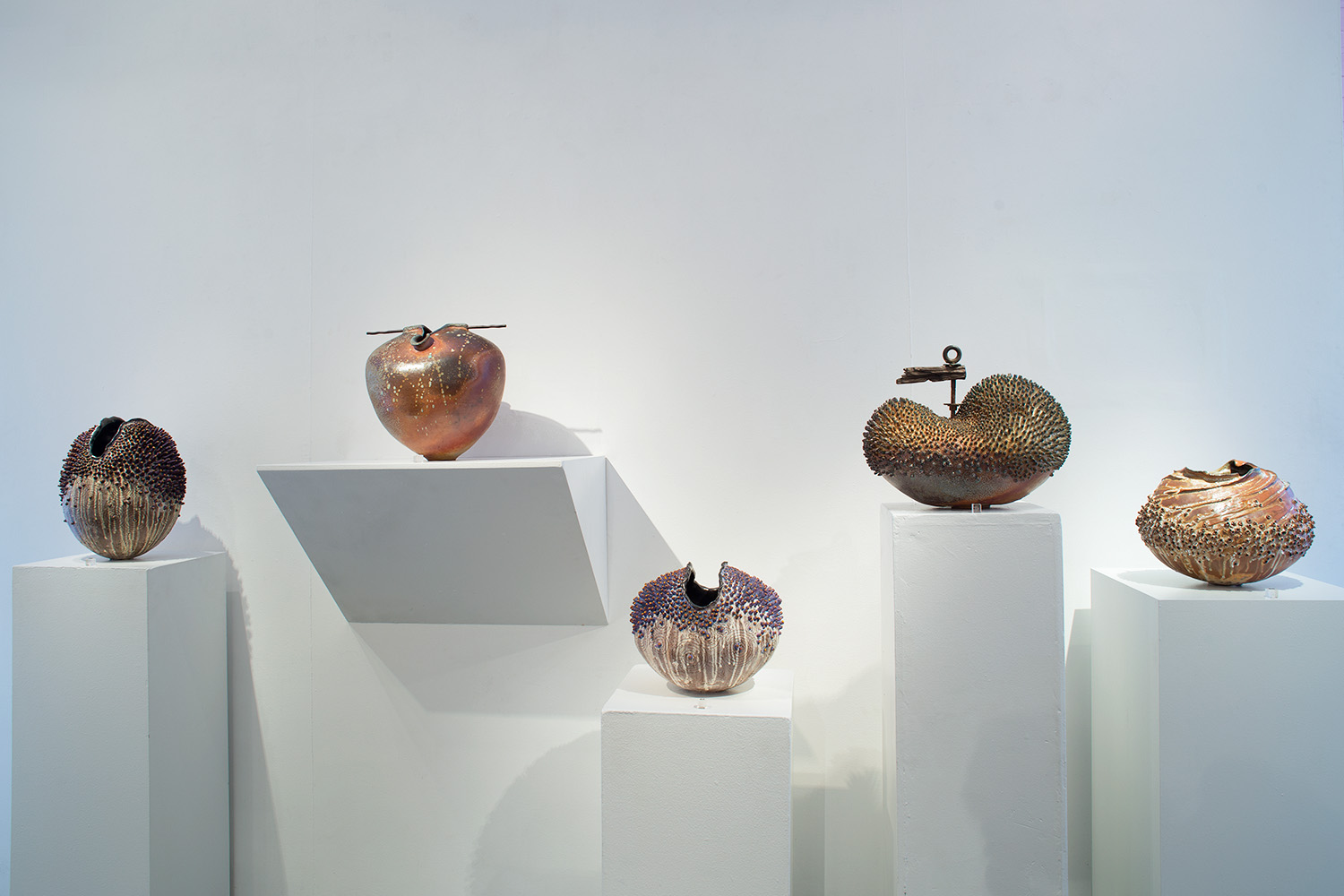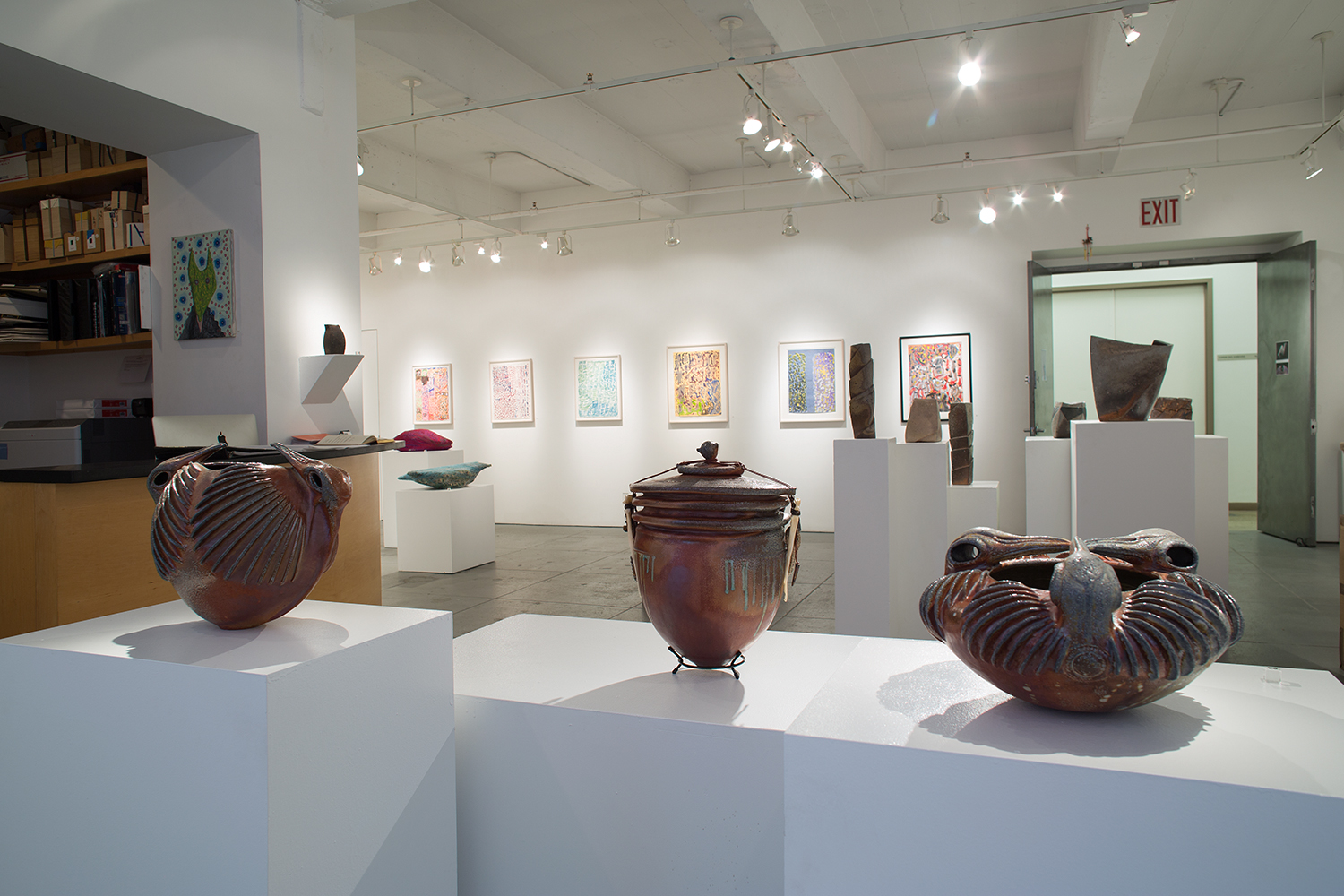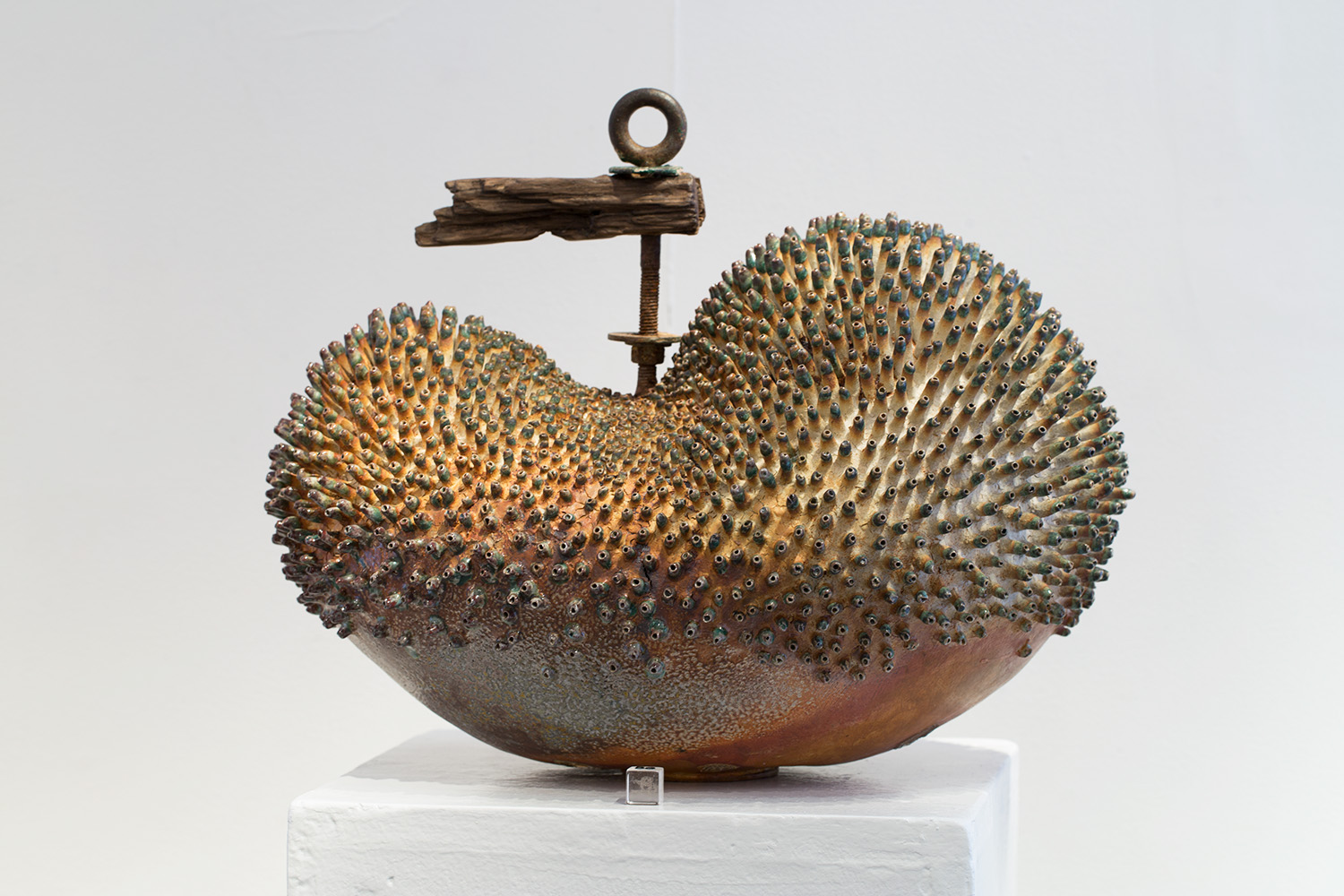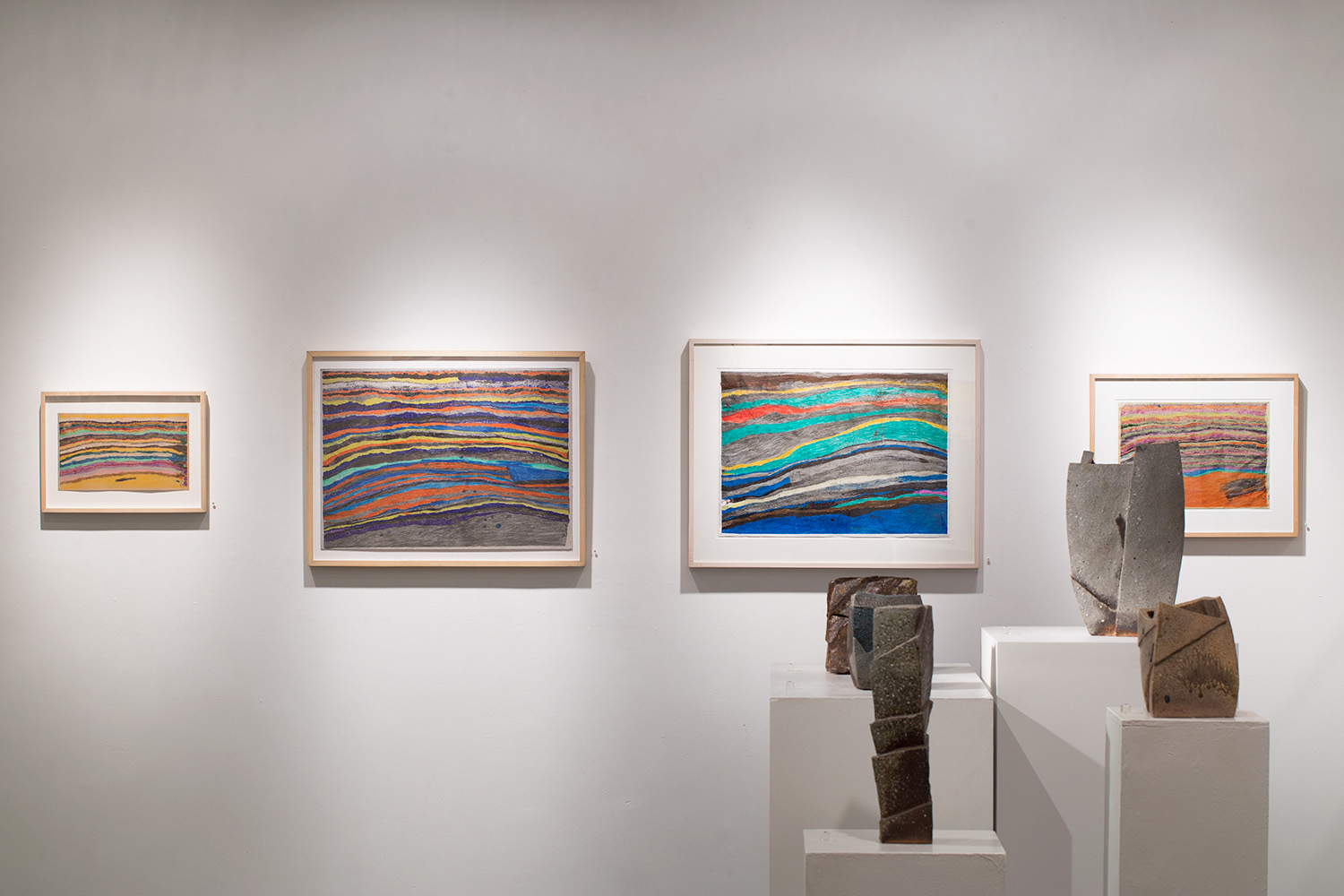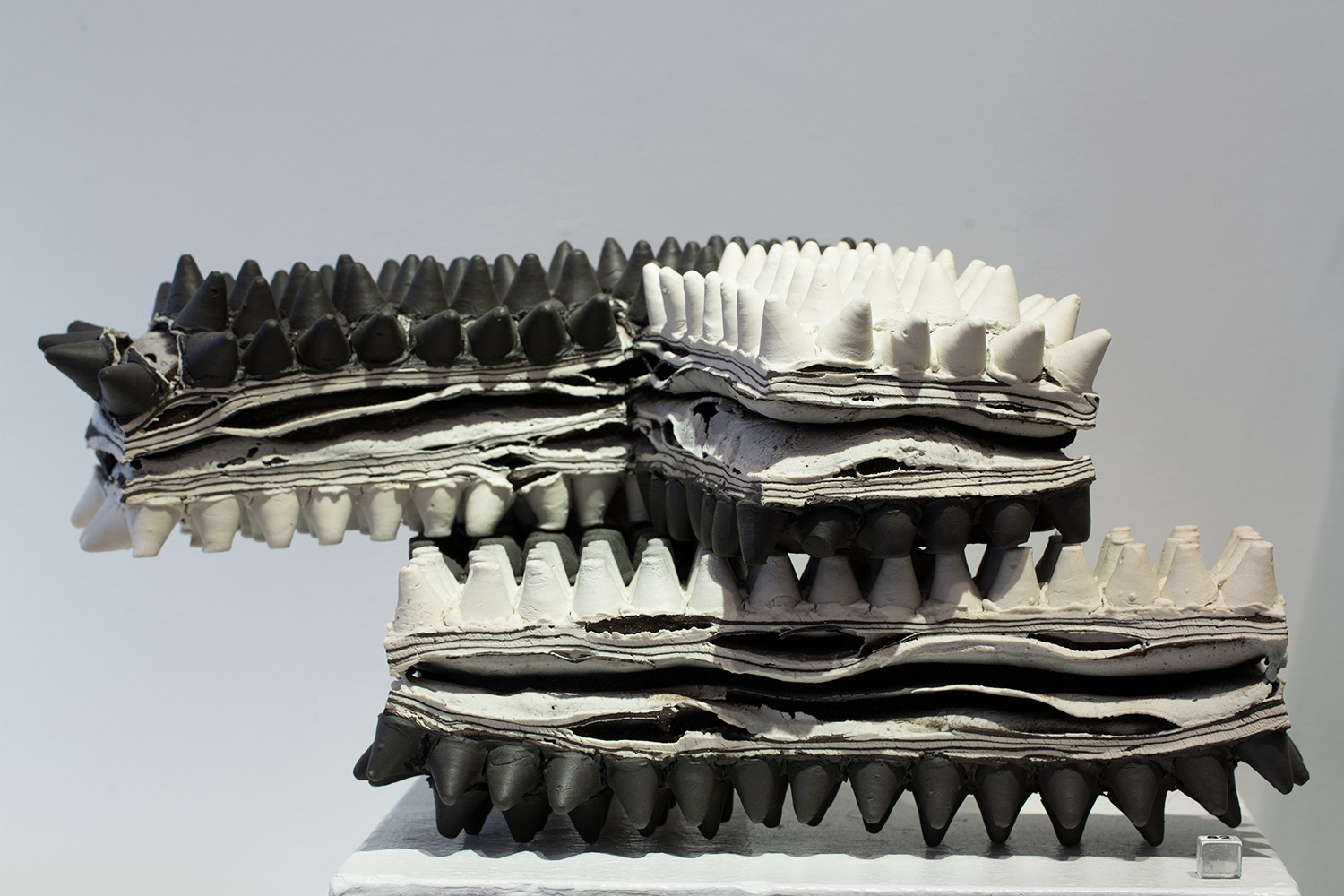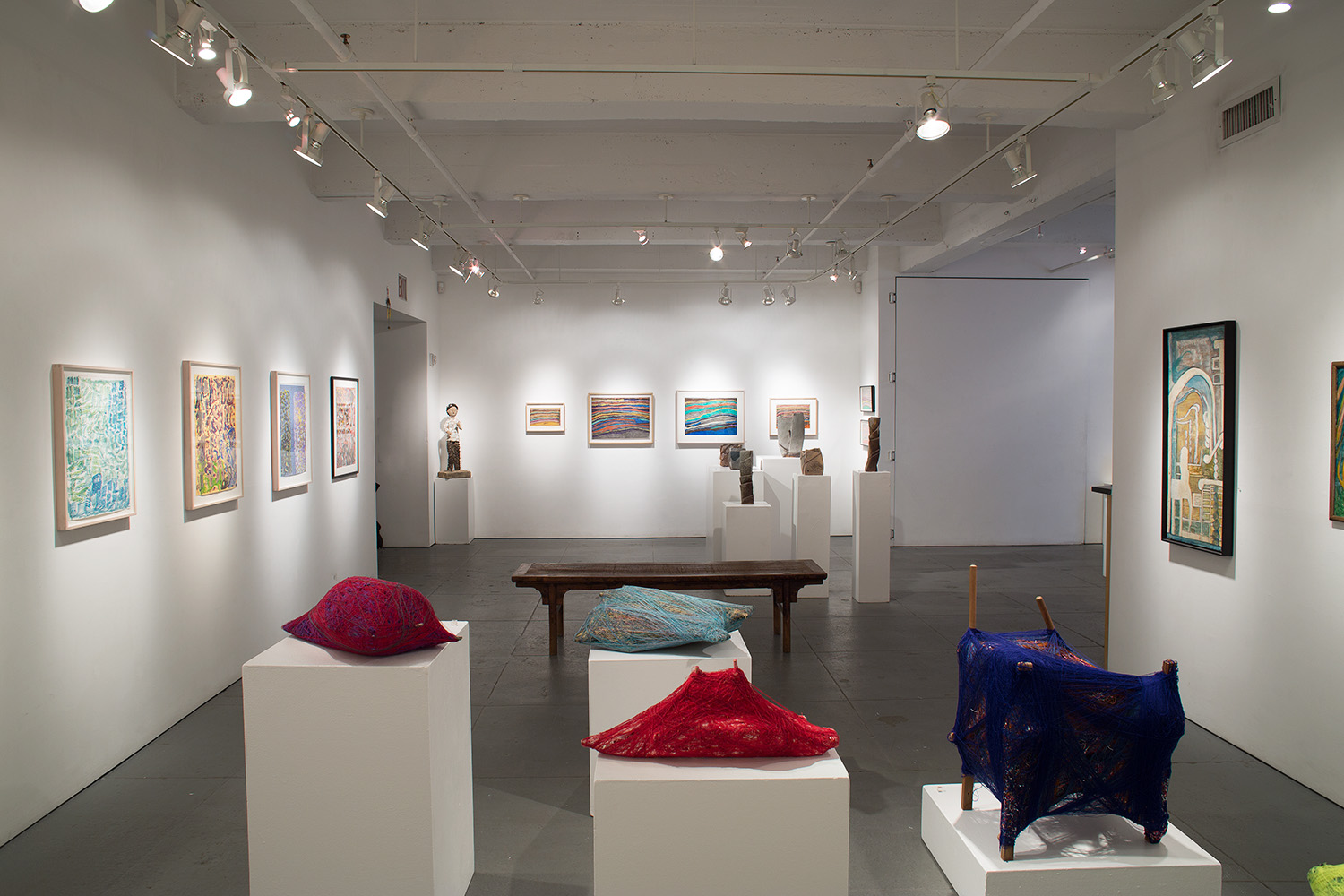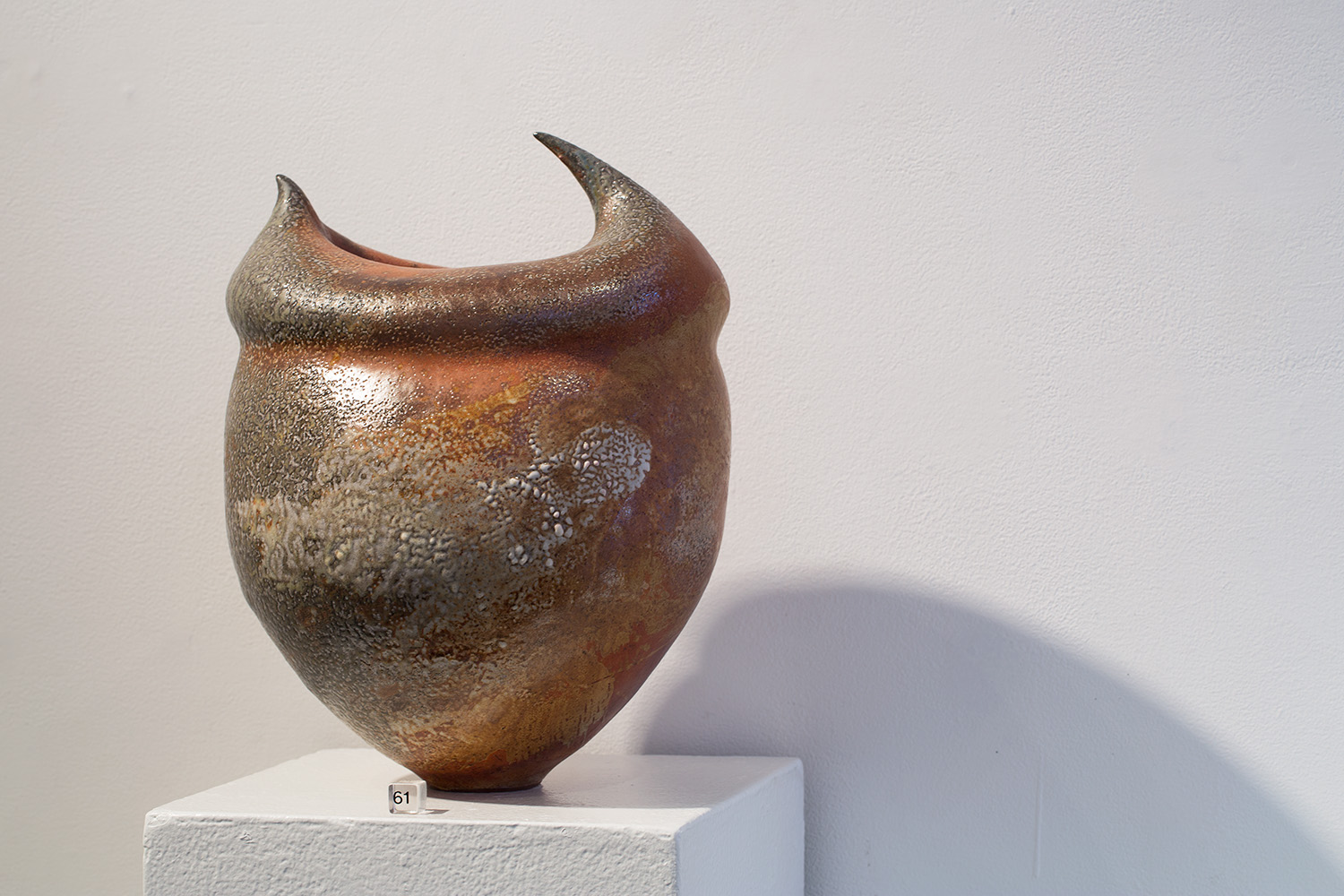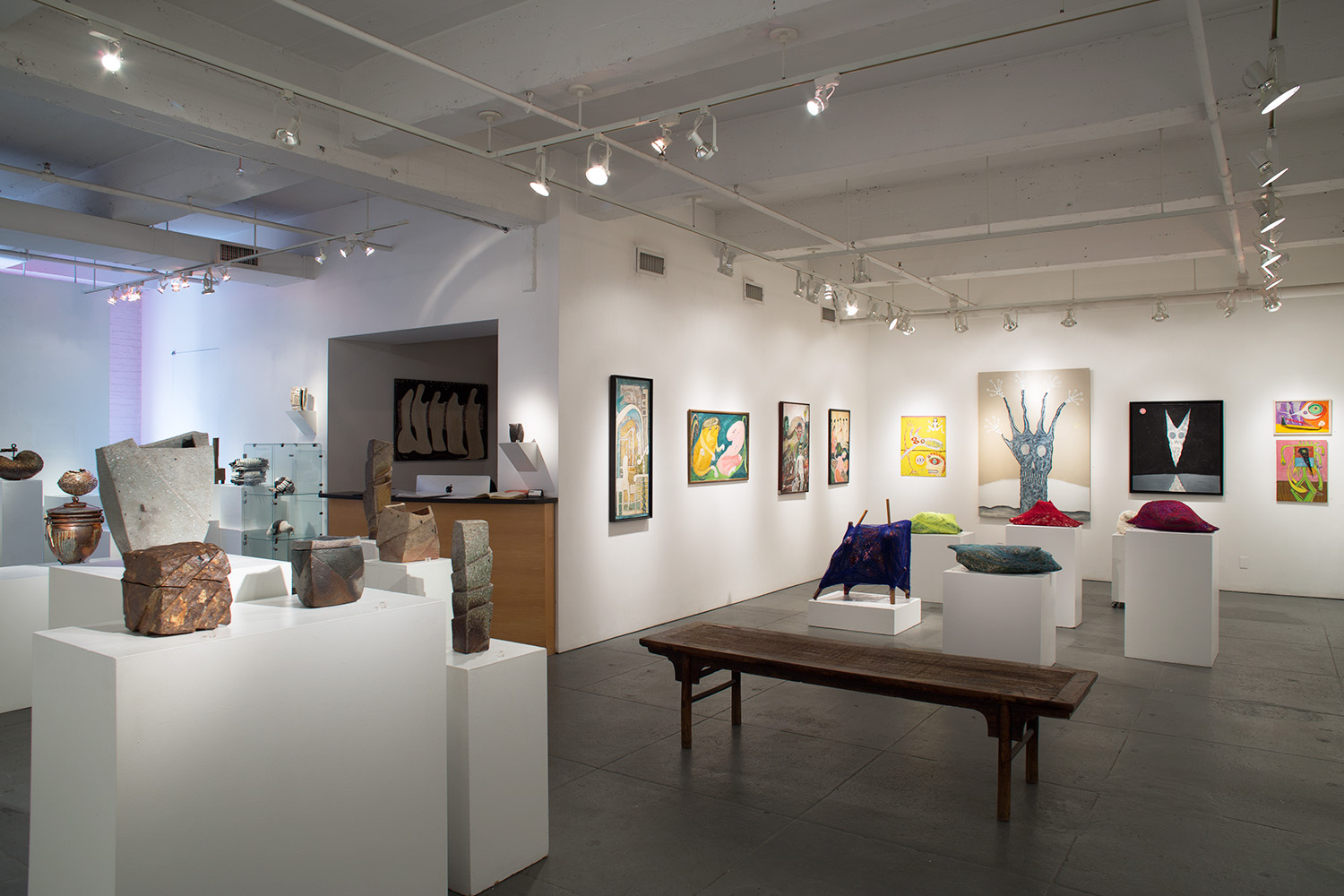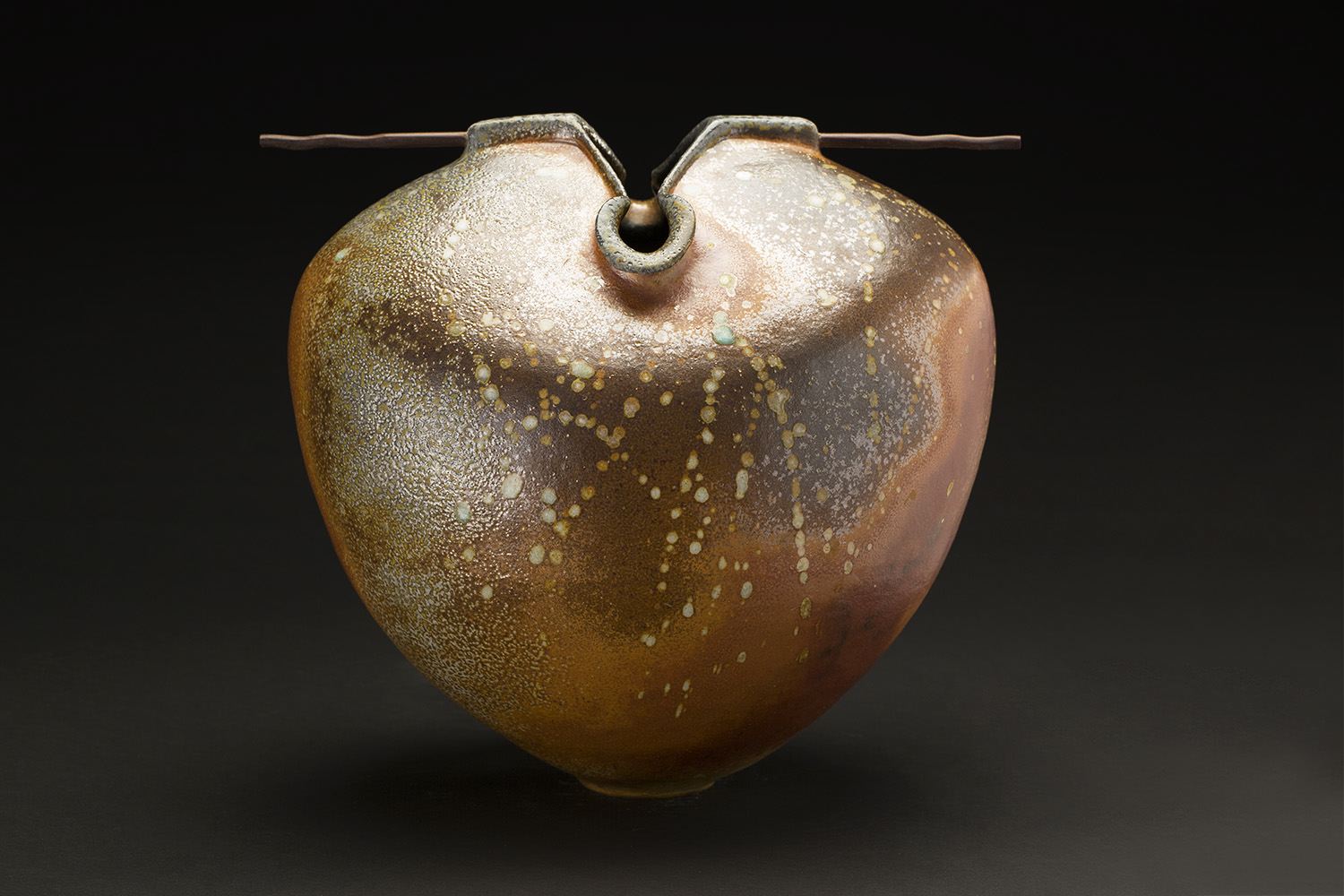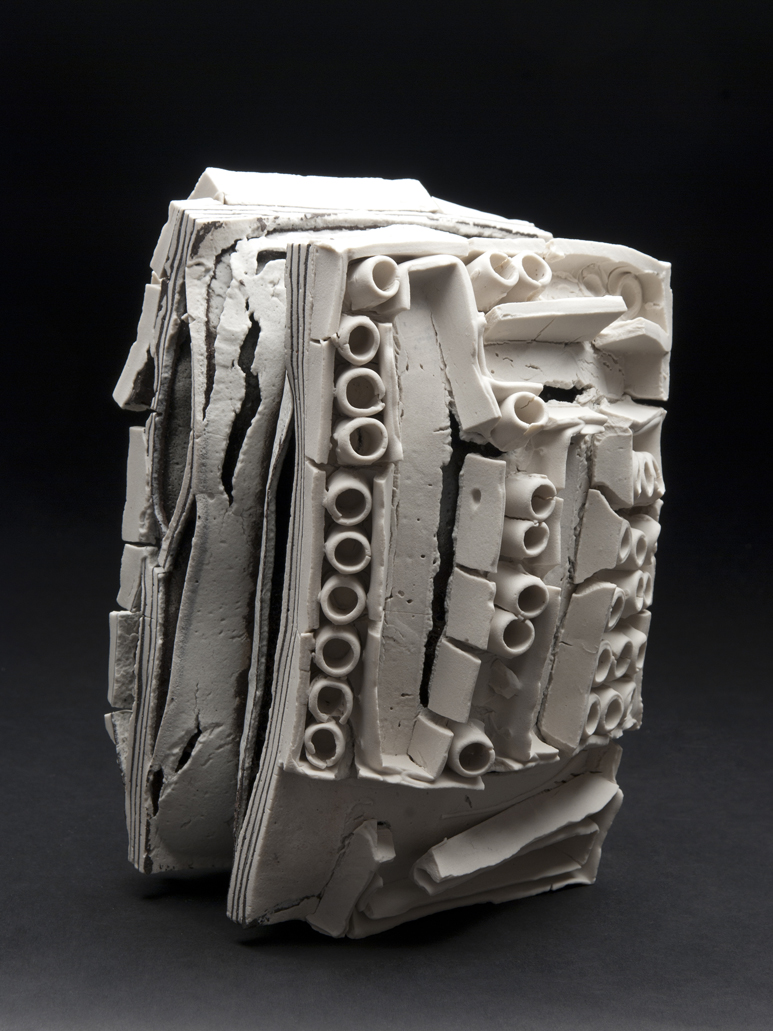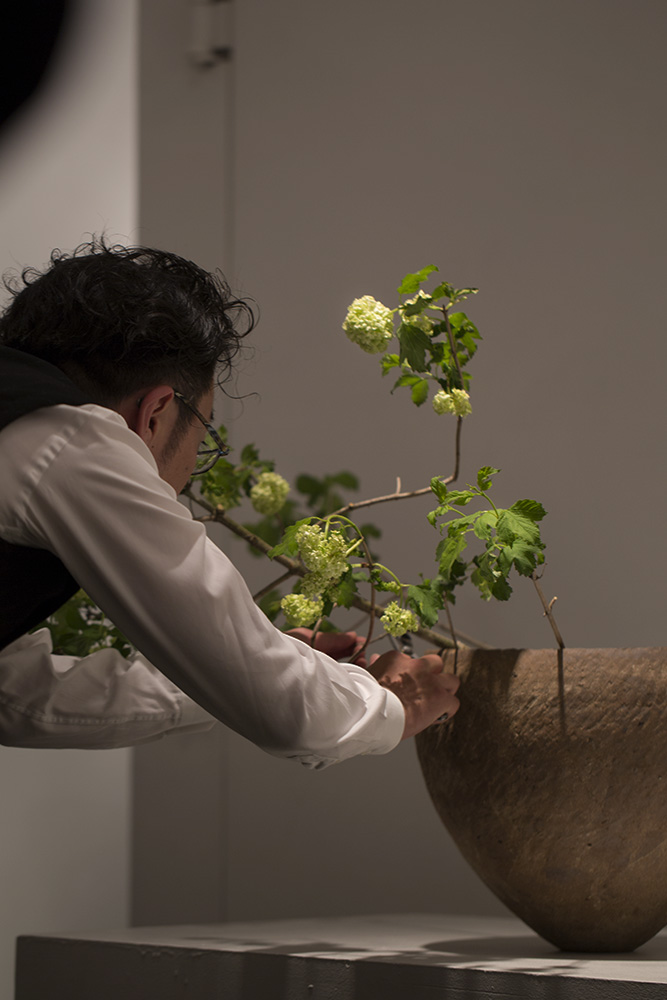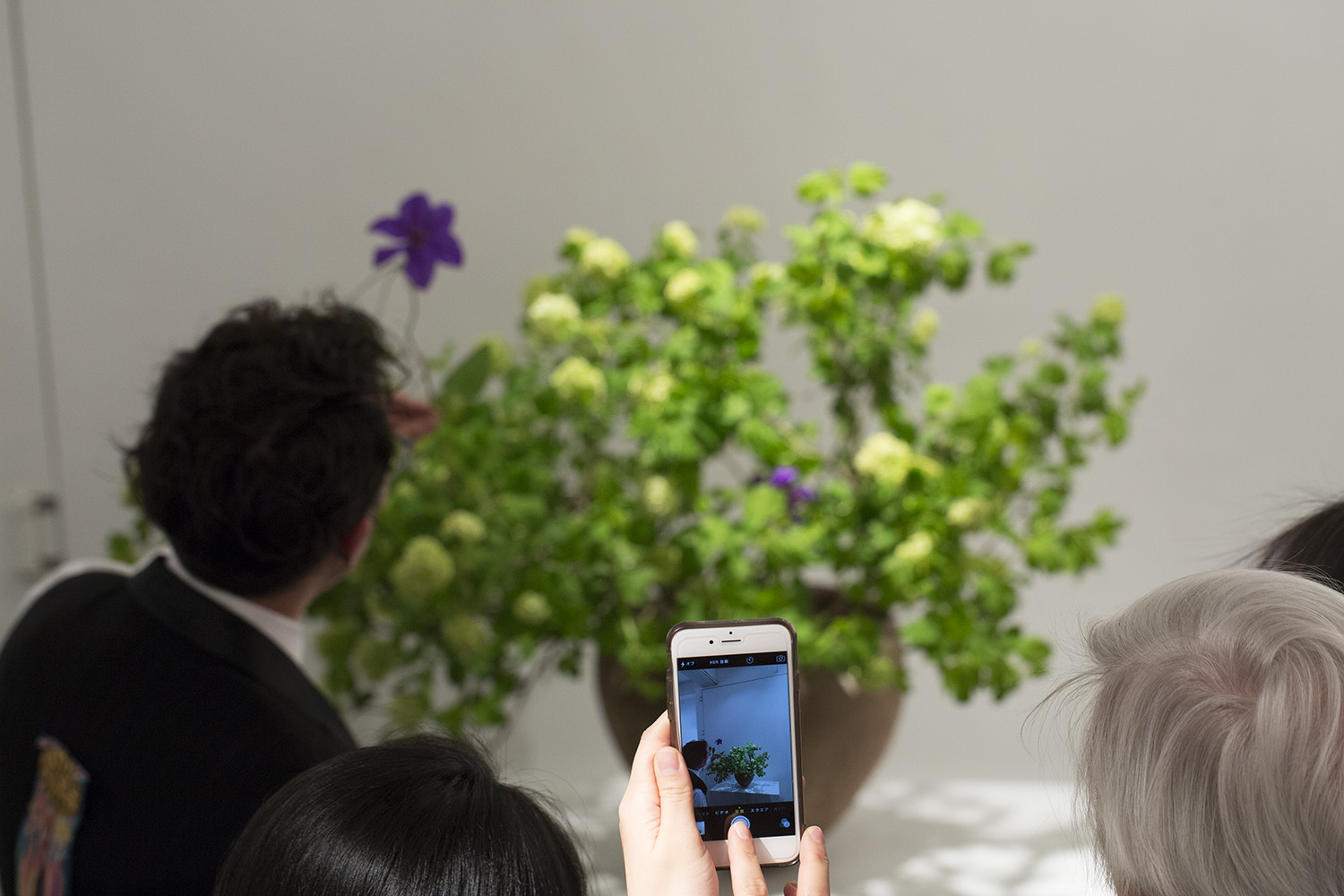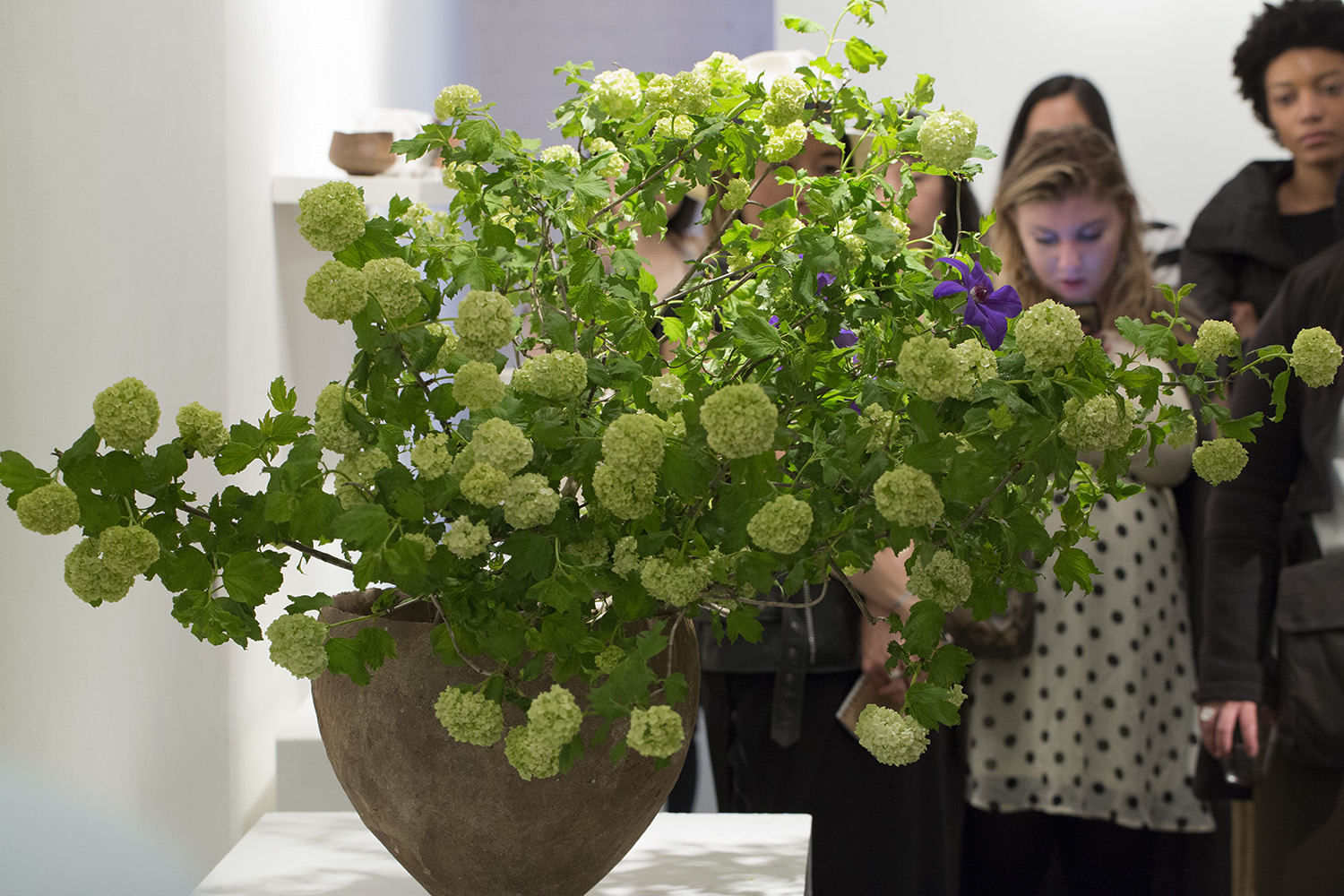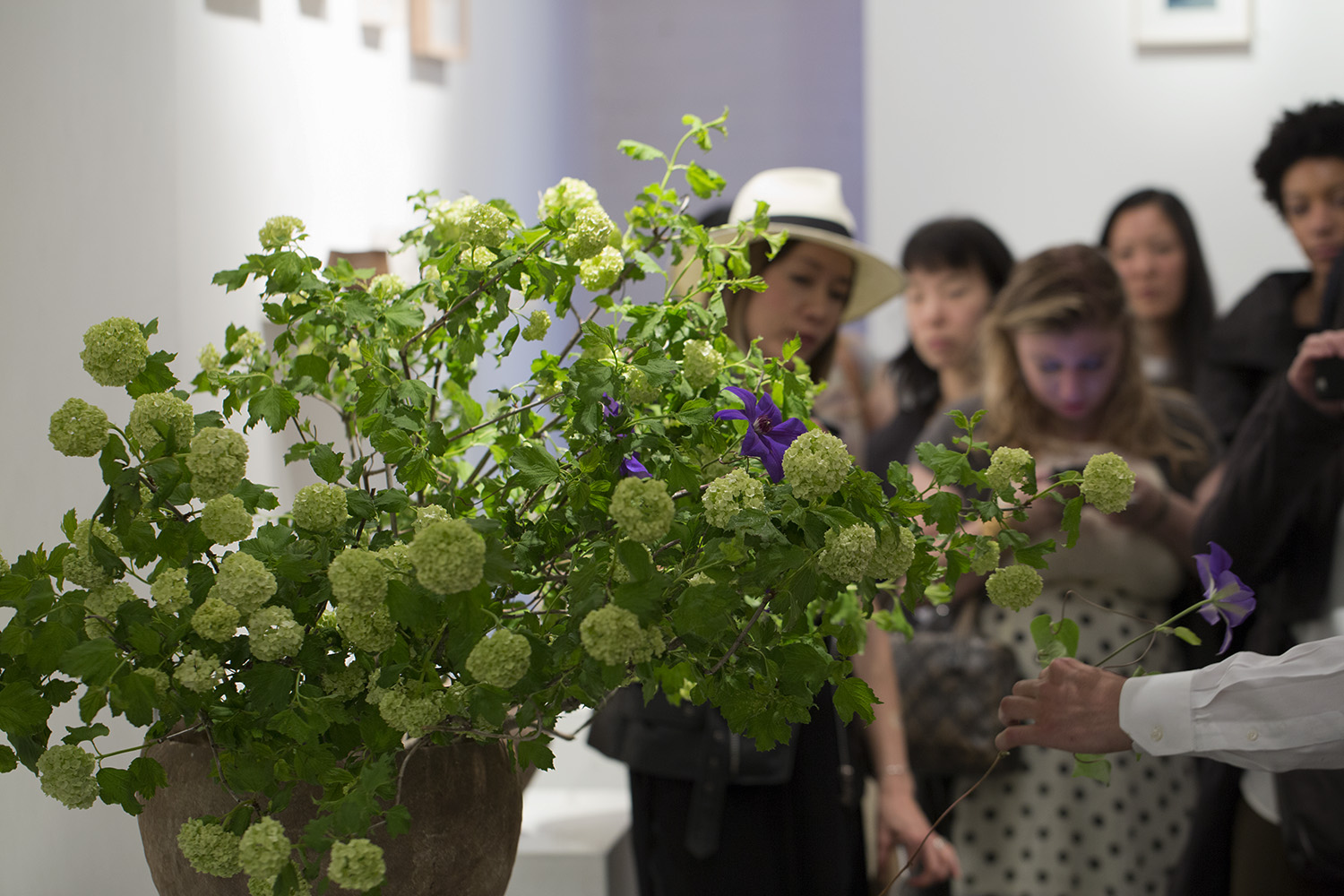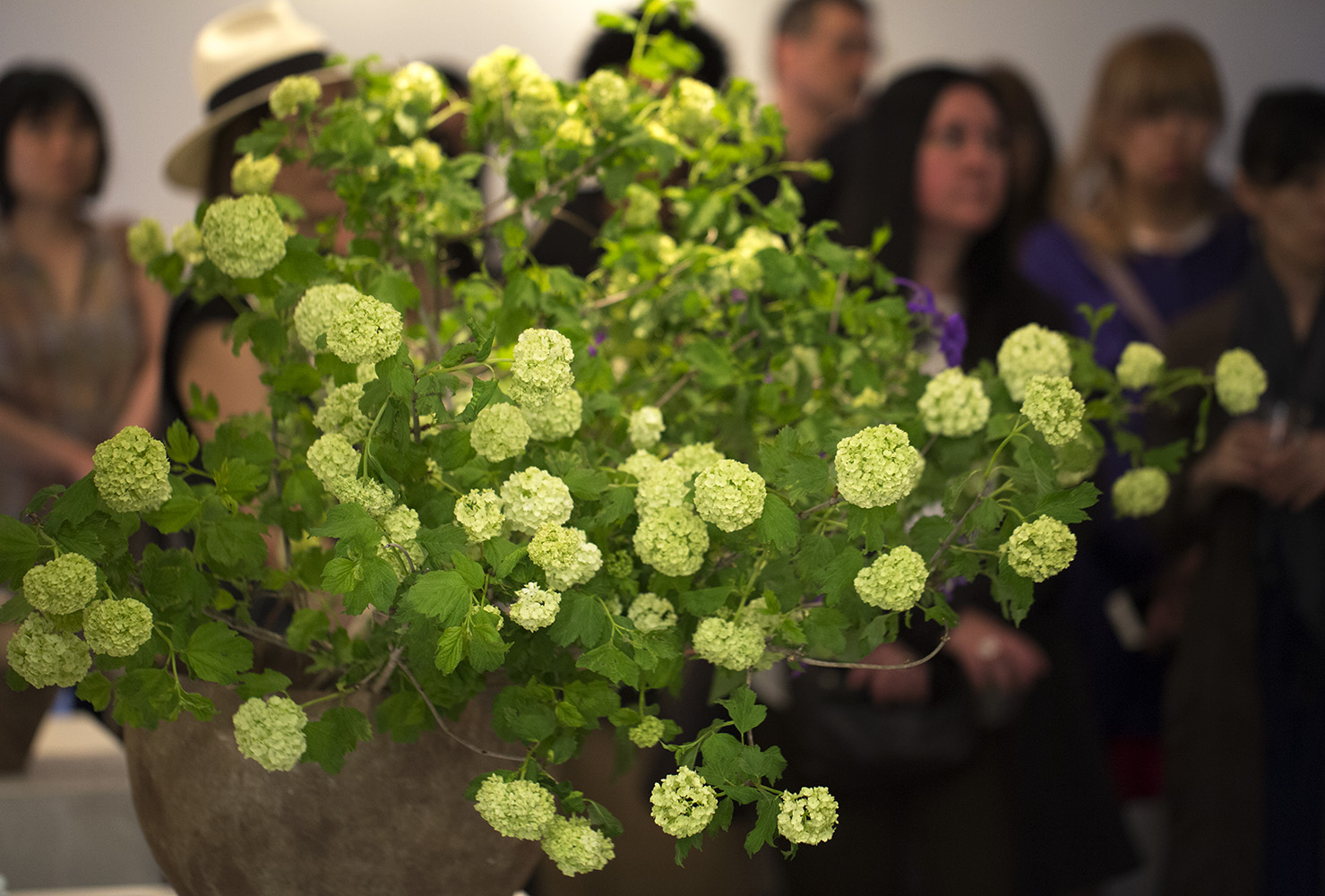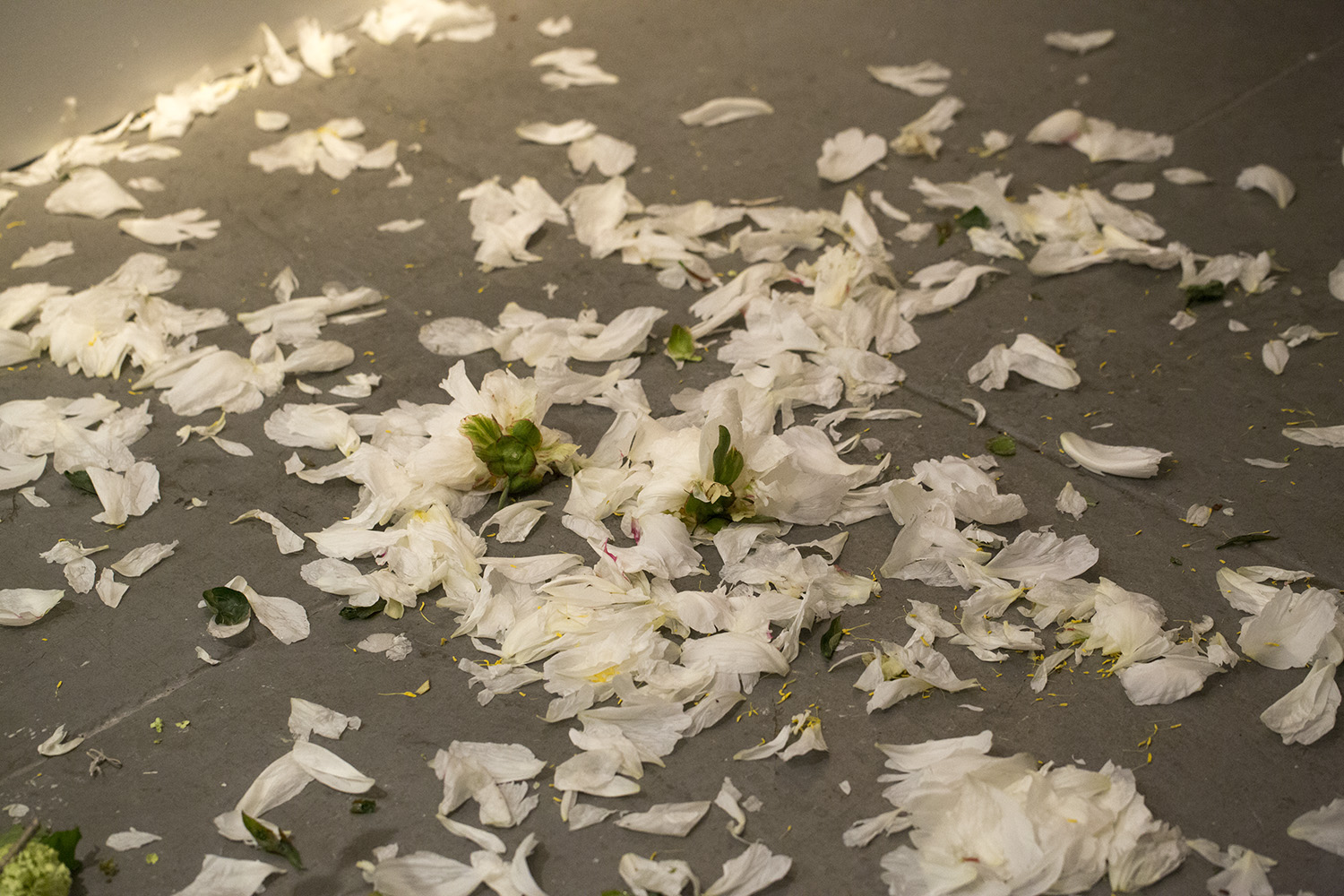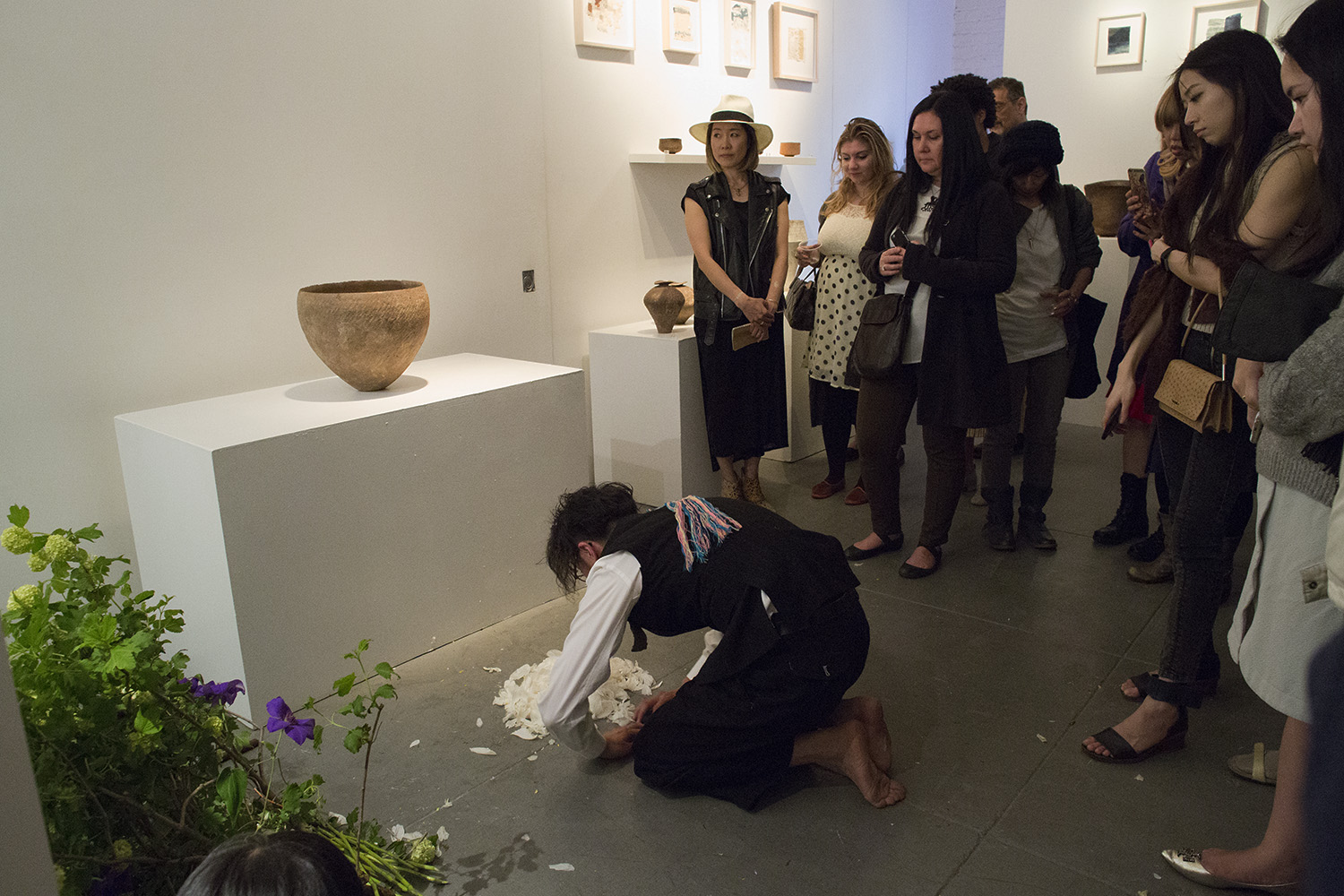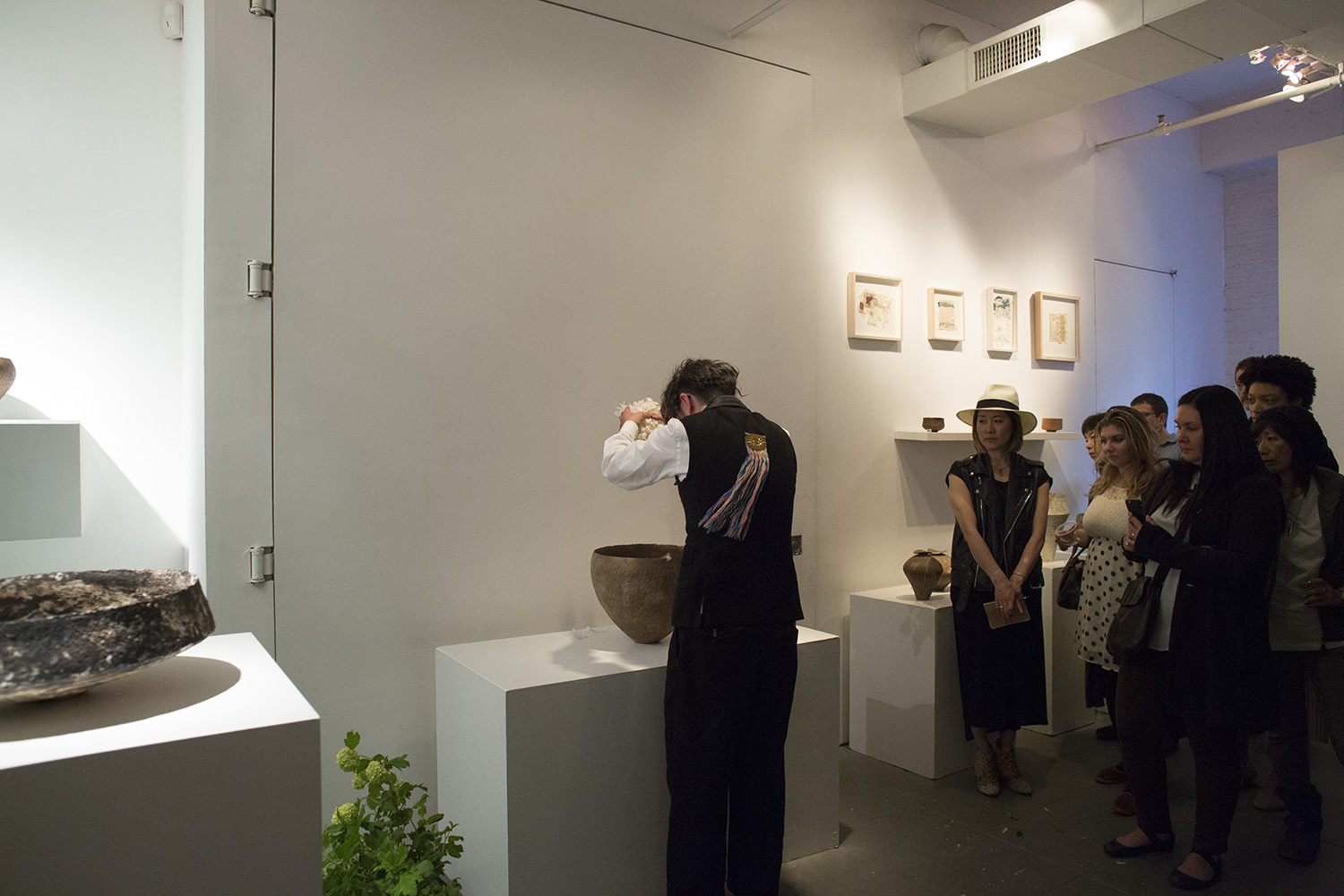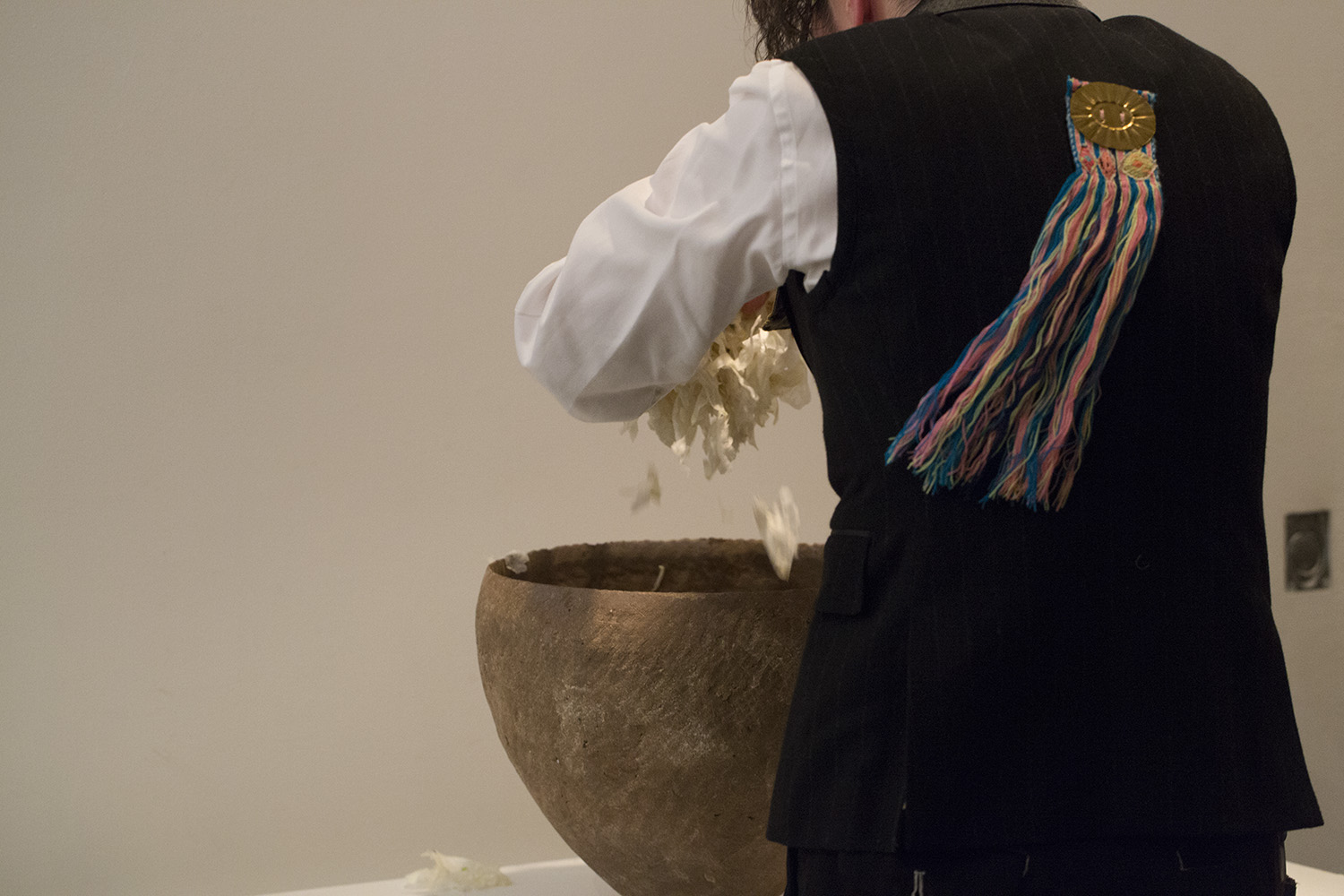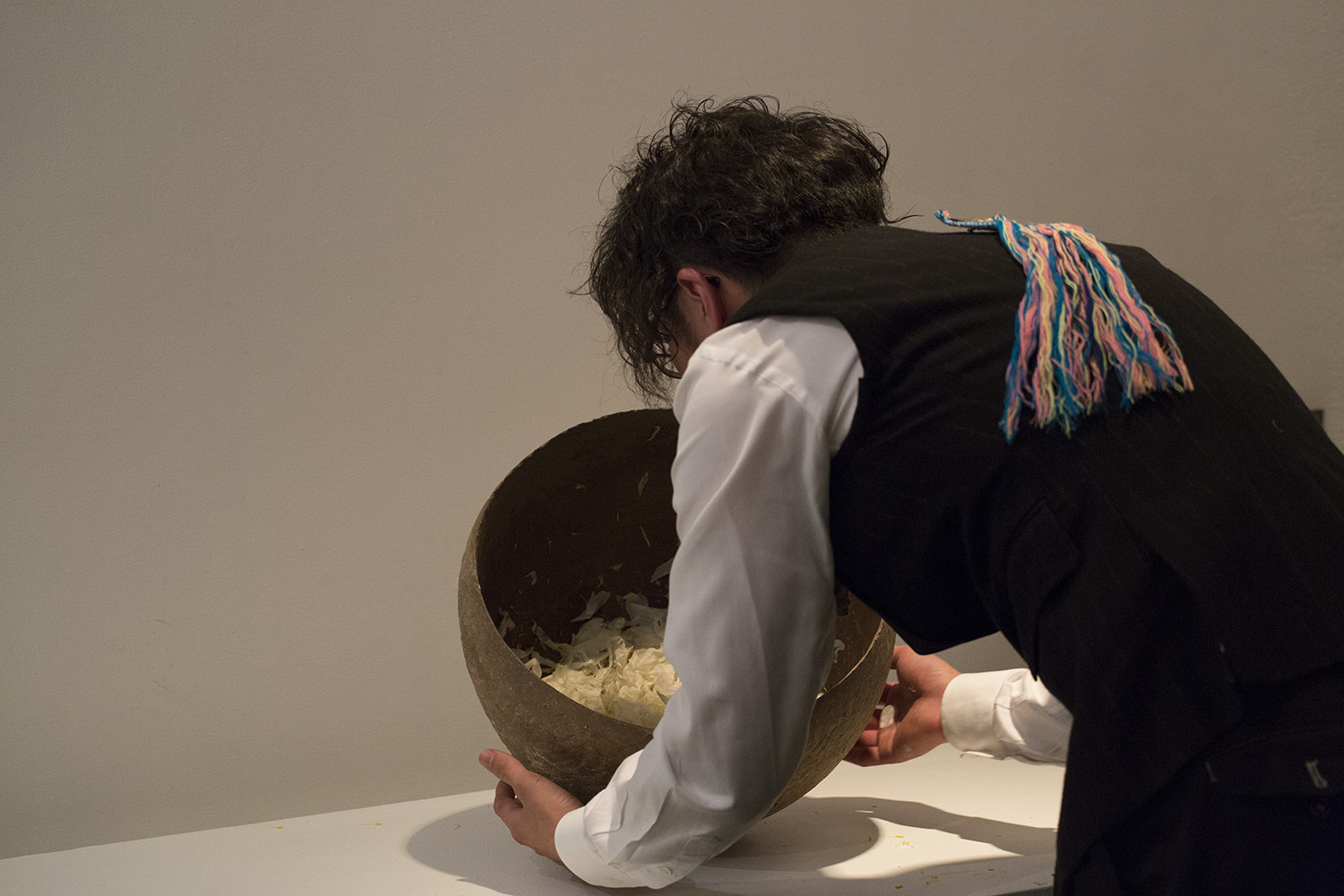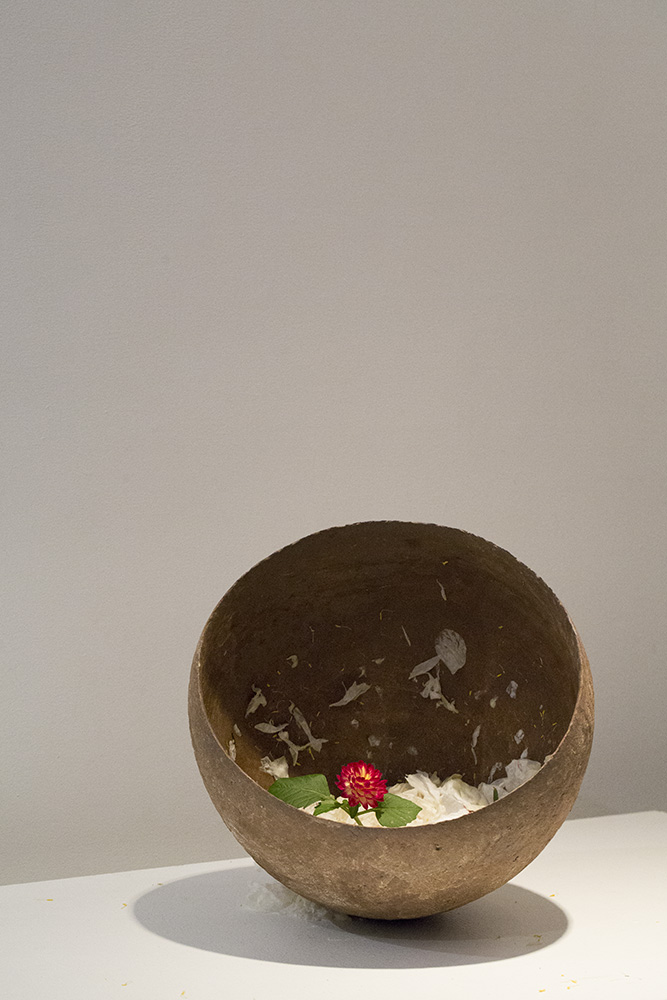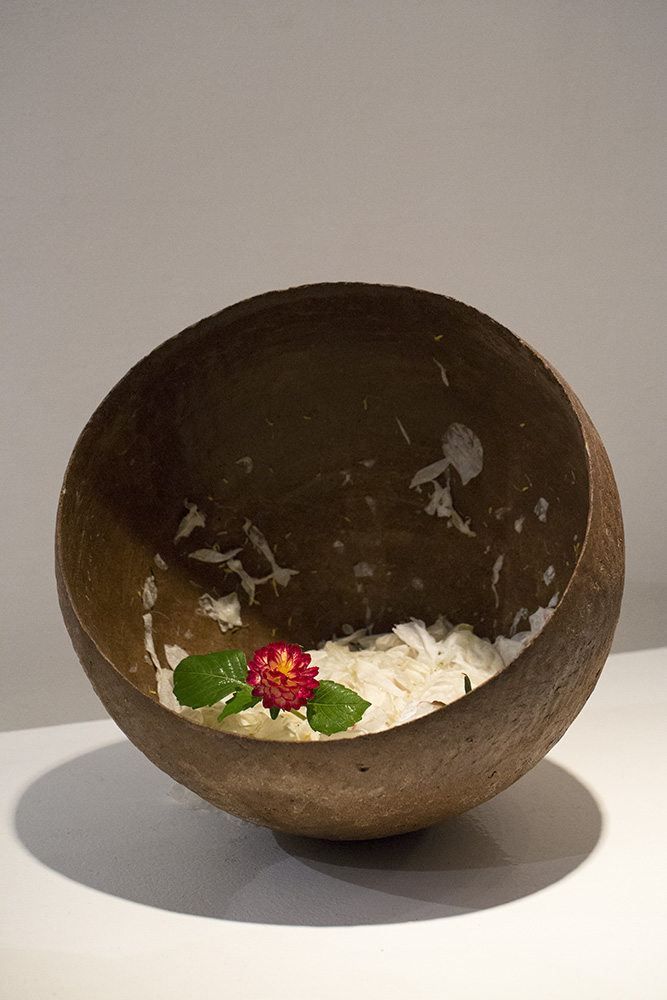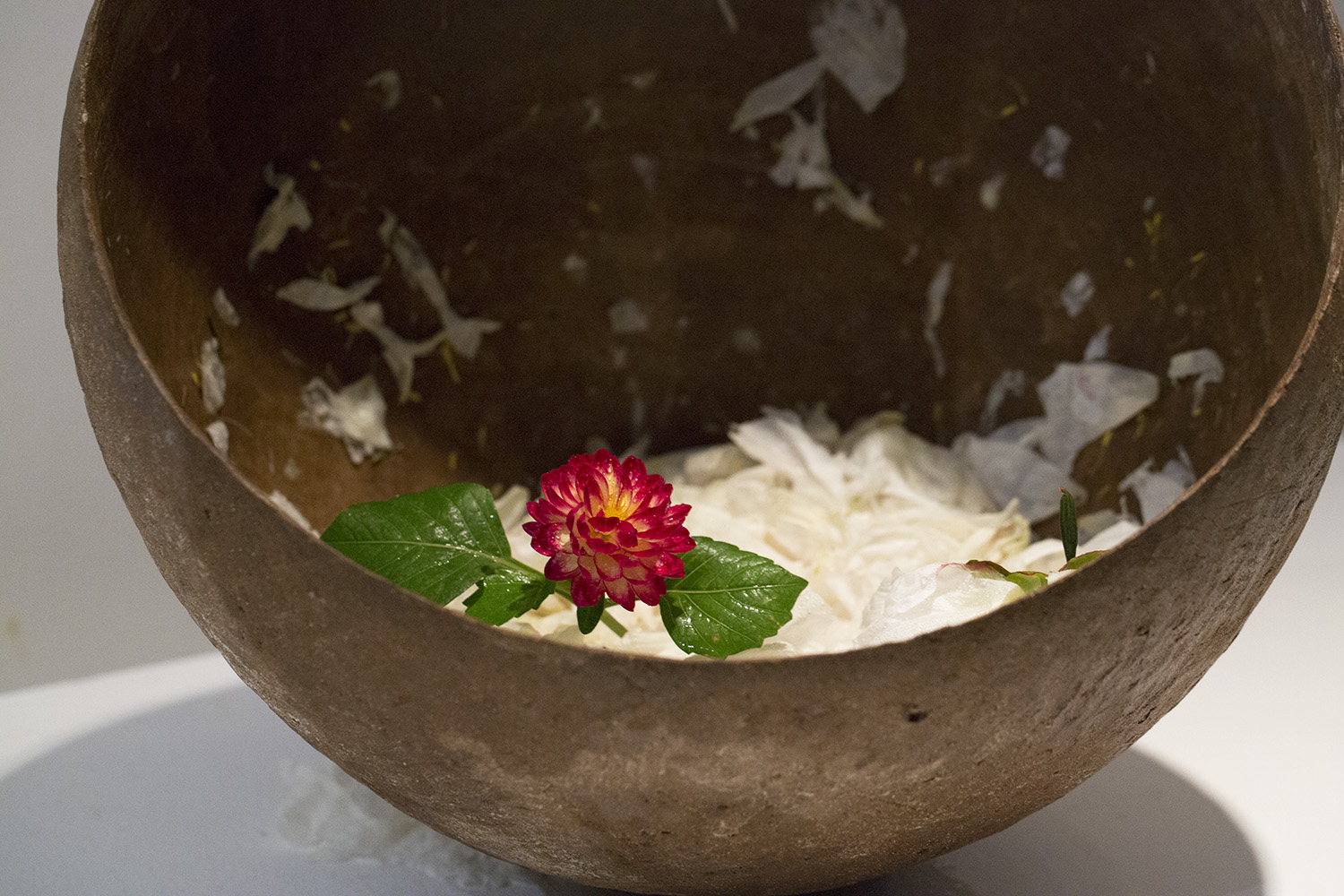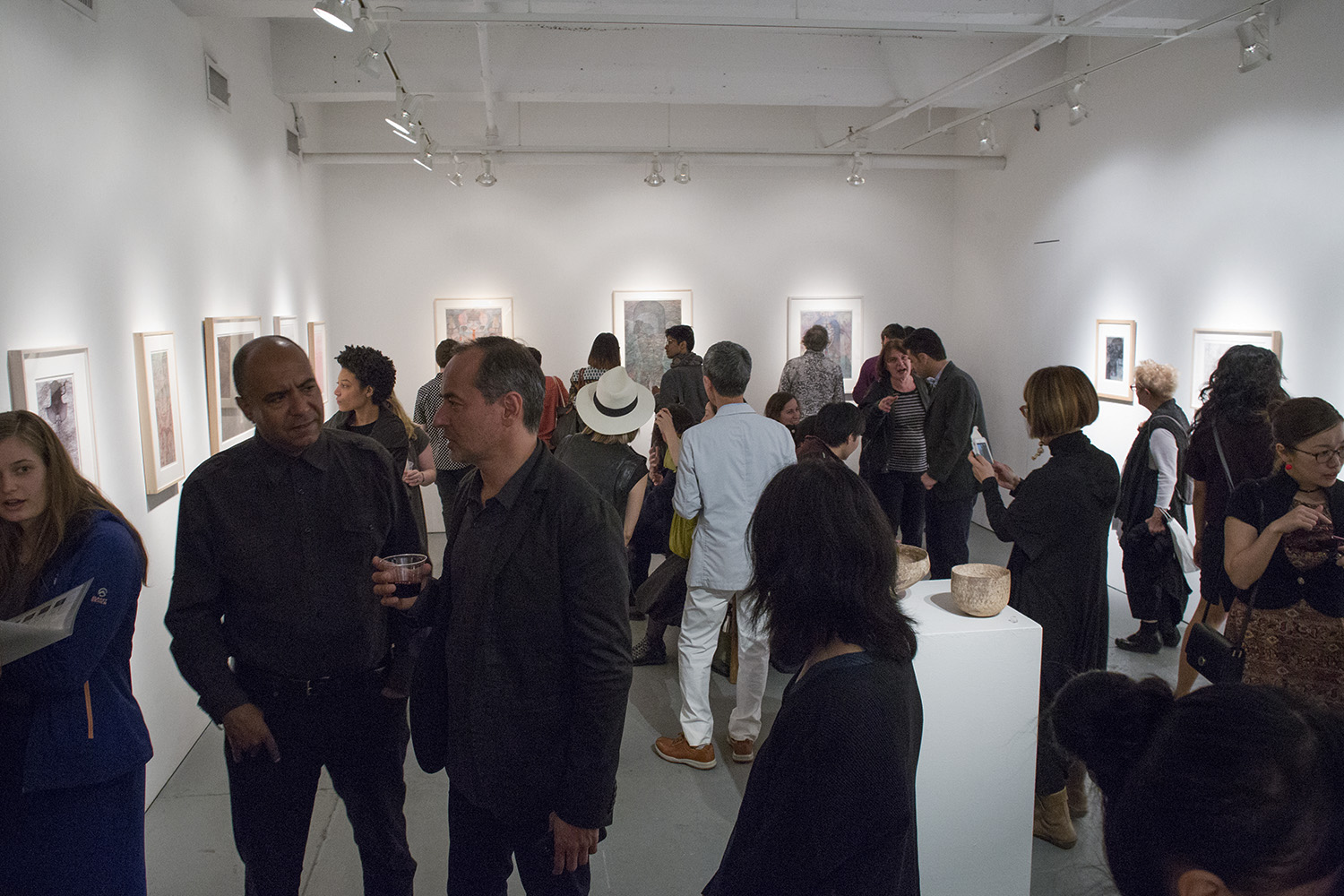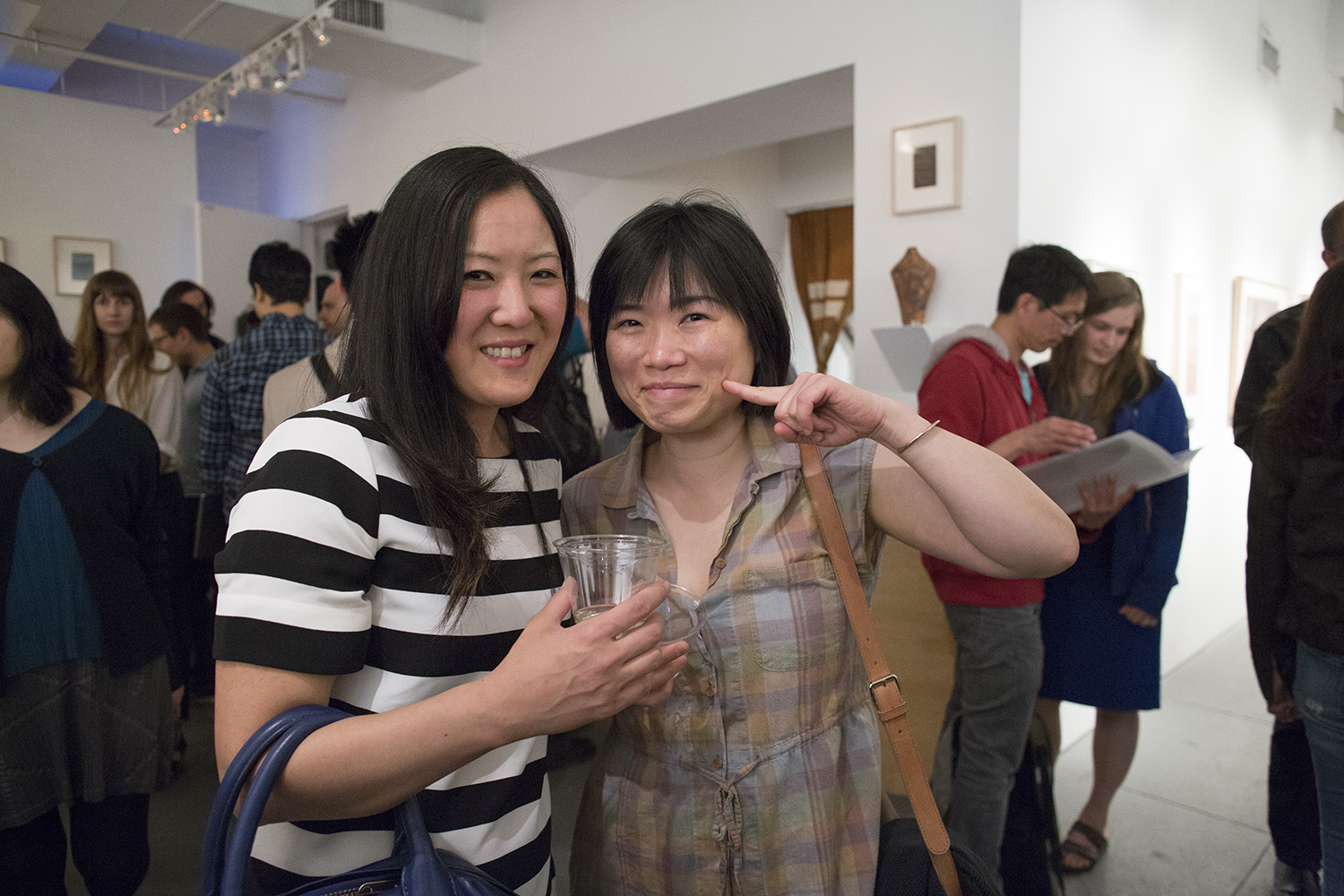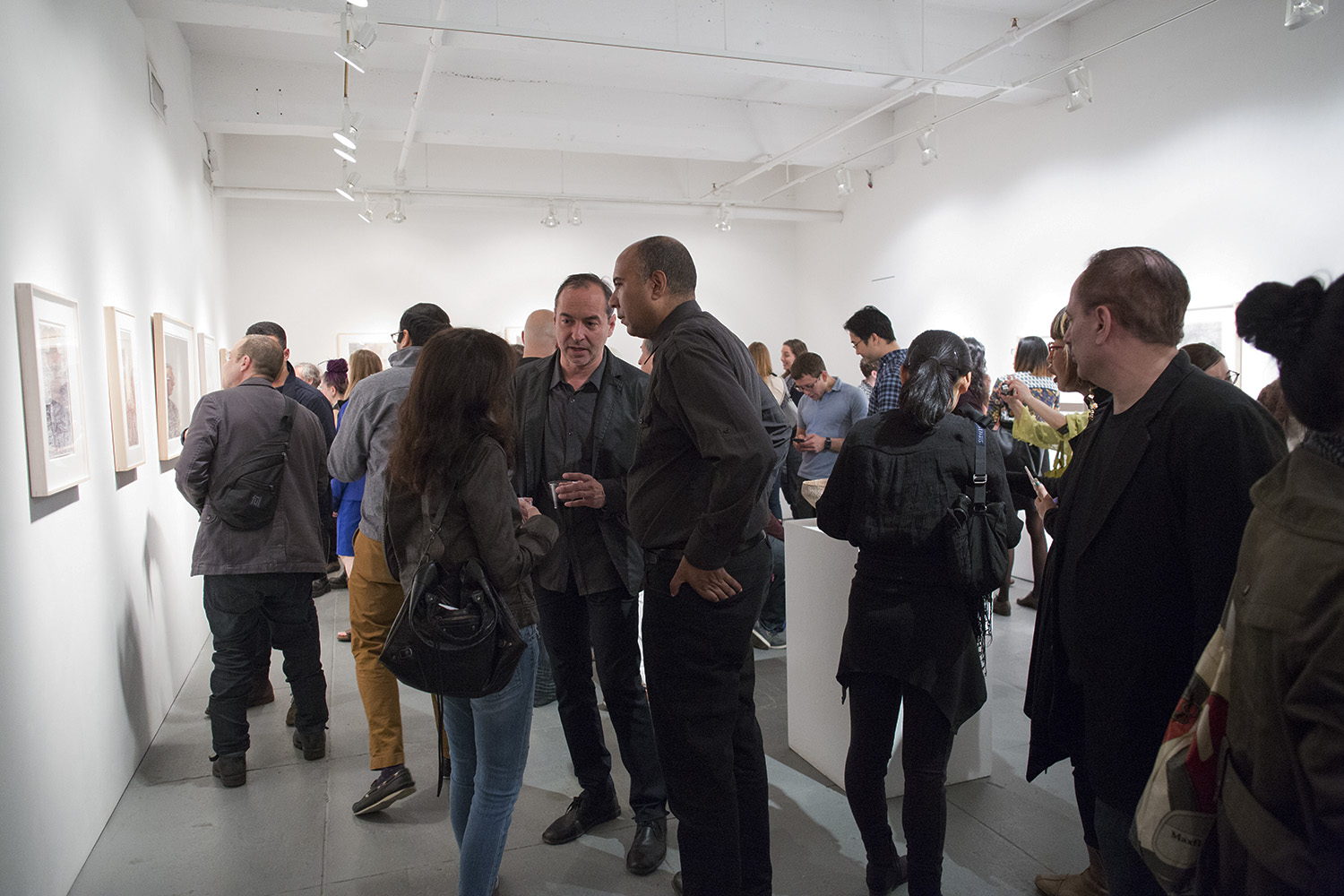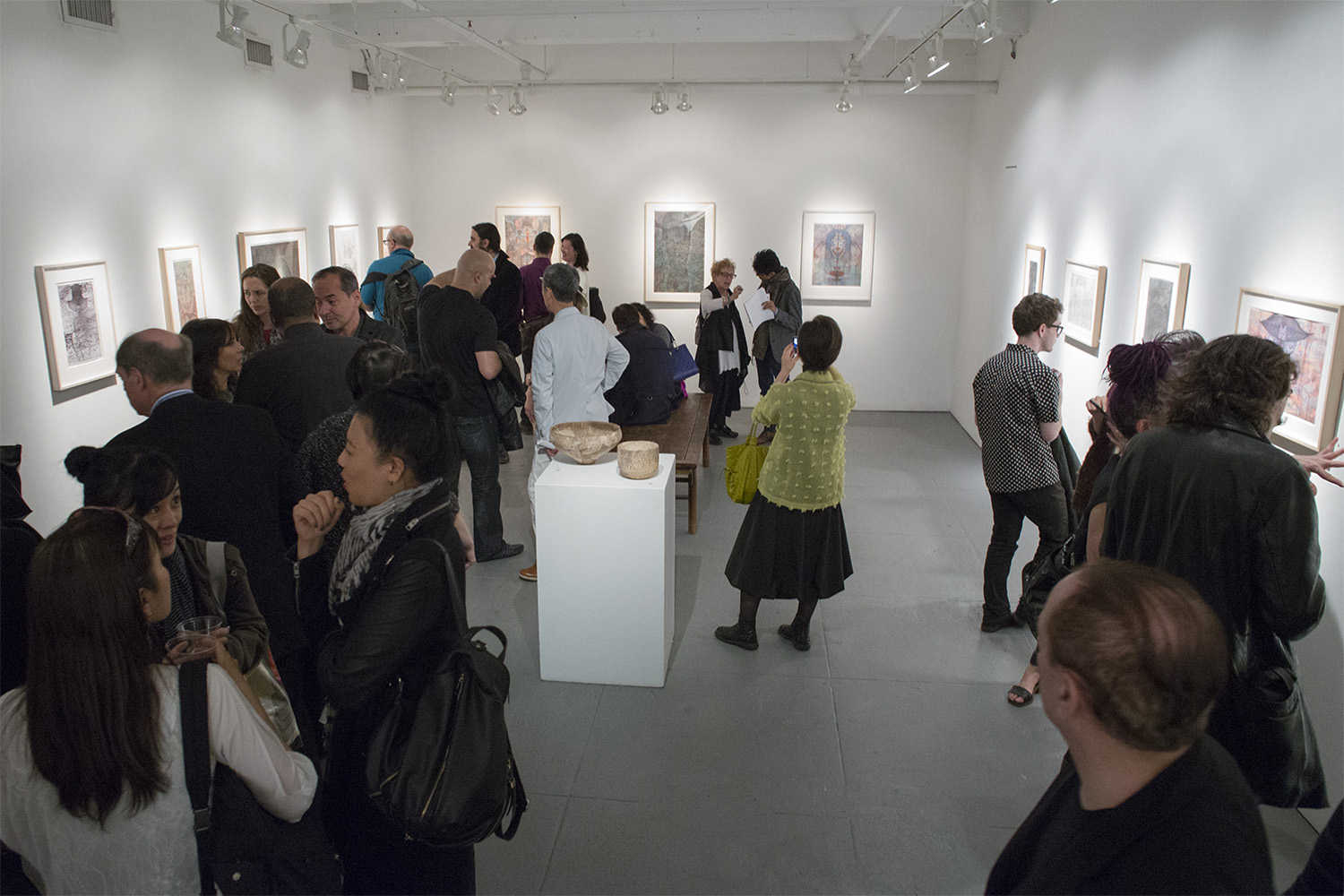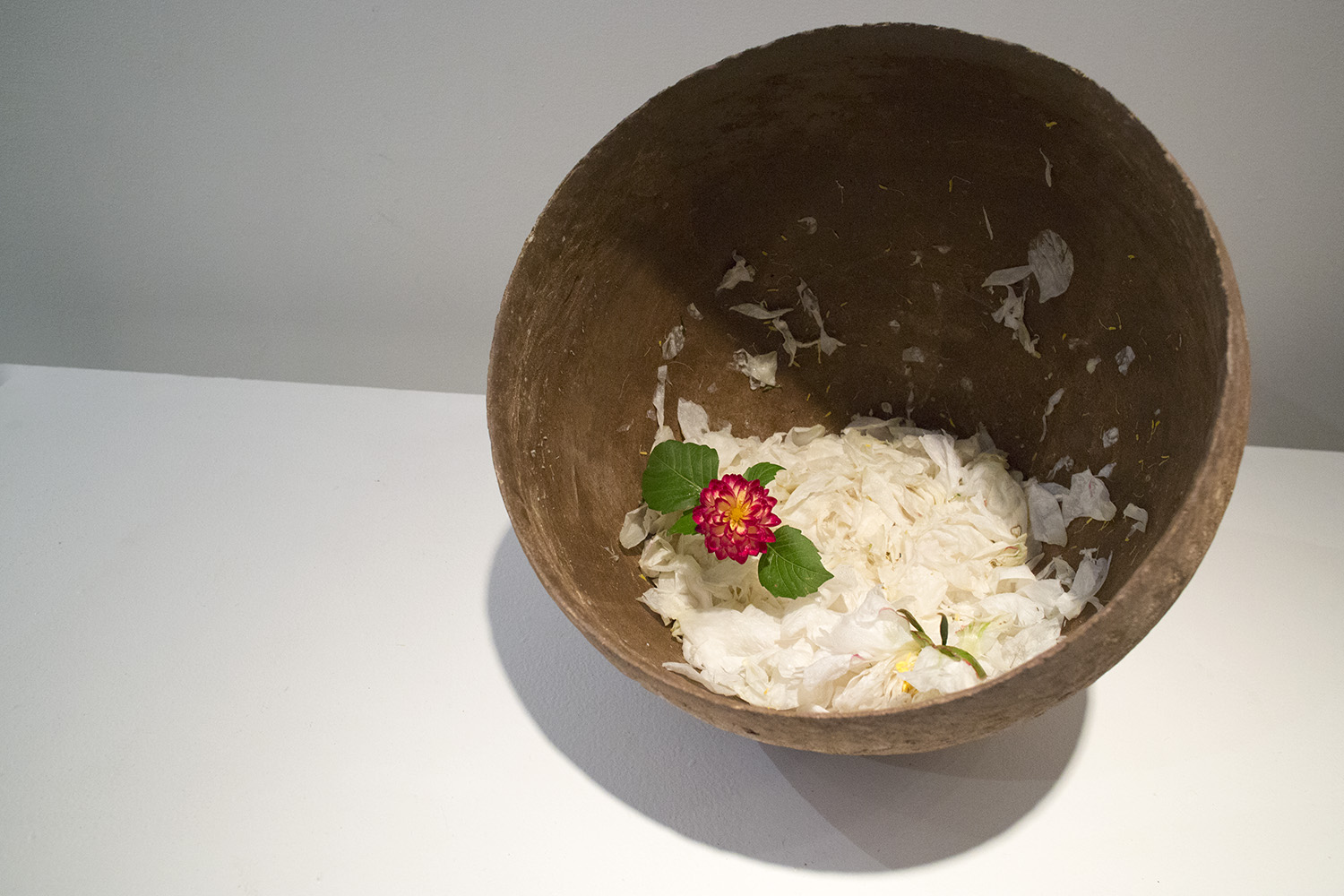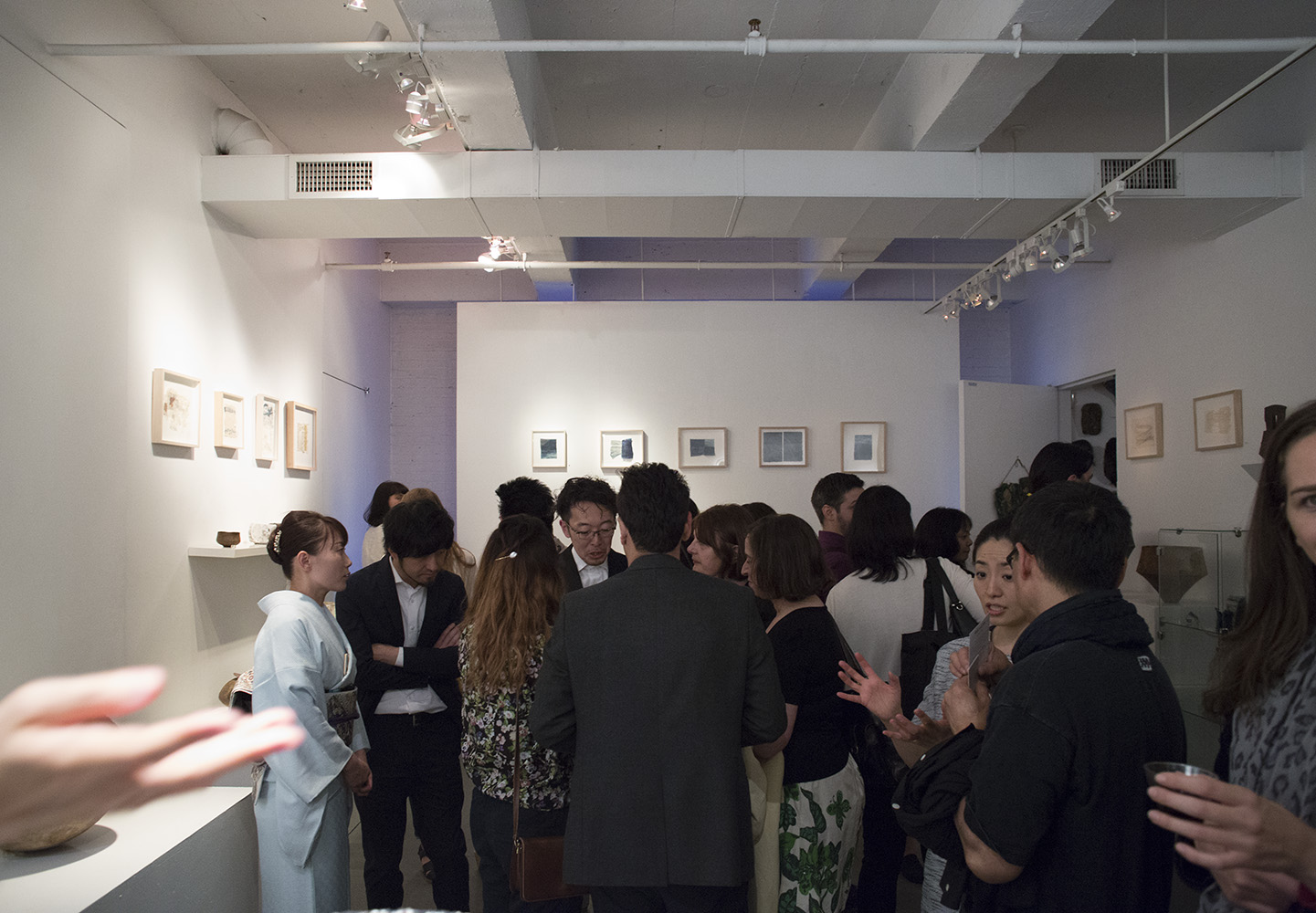Check out this interview with Kevin Sampson
Check out this Huffington Post article about outsider art and Kevin Sampson
RWA currently featuring artists from Cavin-Morris
Jamaican Pulse: Art and Politics from Jamaica and the Diaspora
(25 Jun 16 - 11 Sep 16)
The RWA presents a landmark exhibition of Jamaican visual art - the first major exhibition of its kind ever to be held in the UK, co-curated on behalf of the RWA by Kat Anderson and Graeme Mortimer Evelyn.
At a time when Jamaican art is receiving growing international acclaim, Jamaican Pulse showcases the extraordinary diversity of Jamaican art, presenting contemporary artwork alongside key works from Jamaican art history.
While exploring the roots of modern Jamaican art and suggesting new links between past and present, the exhibition also explores the artwork through a political lens and considers how global attitudes to body, gender, religion, class and sexuality have impacted this small island nation. By creating a conversation between the Jamaican Diaspora population across the UK and internationally, Jamaican Pulse looks back at early artistic and political awakening, whilst also creating a platform for contemporary artists.
Many of the contemporary artists in the exhibition also featured in the recent, critically- acclaimed Jamaica Biennale. Their work spans multiple disciplines including painting, sculpture, photography, textiles and moving image, and will be supported by twentieth century artwork from a number of public and private collections, including the Jamaican High Commission, London, and The National Gallery of Jamaica, Kingston.
Jamaican Pulse will be accompanied by an exciting learning and participation programme, with activities taking place on and off-site, including a satellite programme at The Bluecoat, Liverpool.
Jamaican Pulse is delivered in partnership with the Jamaican High Commission and is supported by Arts Council England and the Art Fund. It is co-curated by Kat Anderson and Graeme Mortimer Evelyn on behalf of the RWA.
Royal West of England Academy, Queens Road, Bristol BS8 1PX
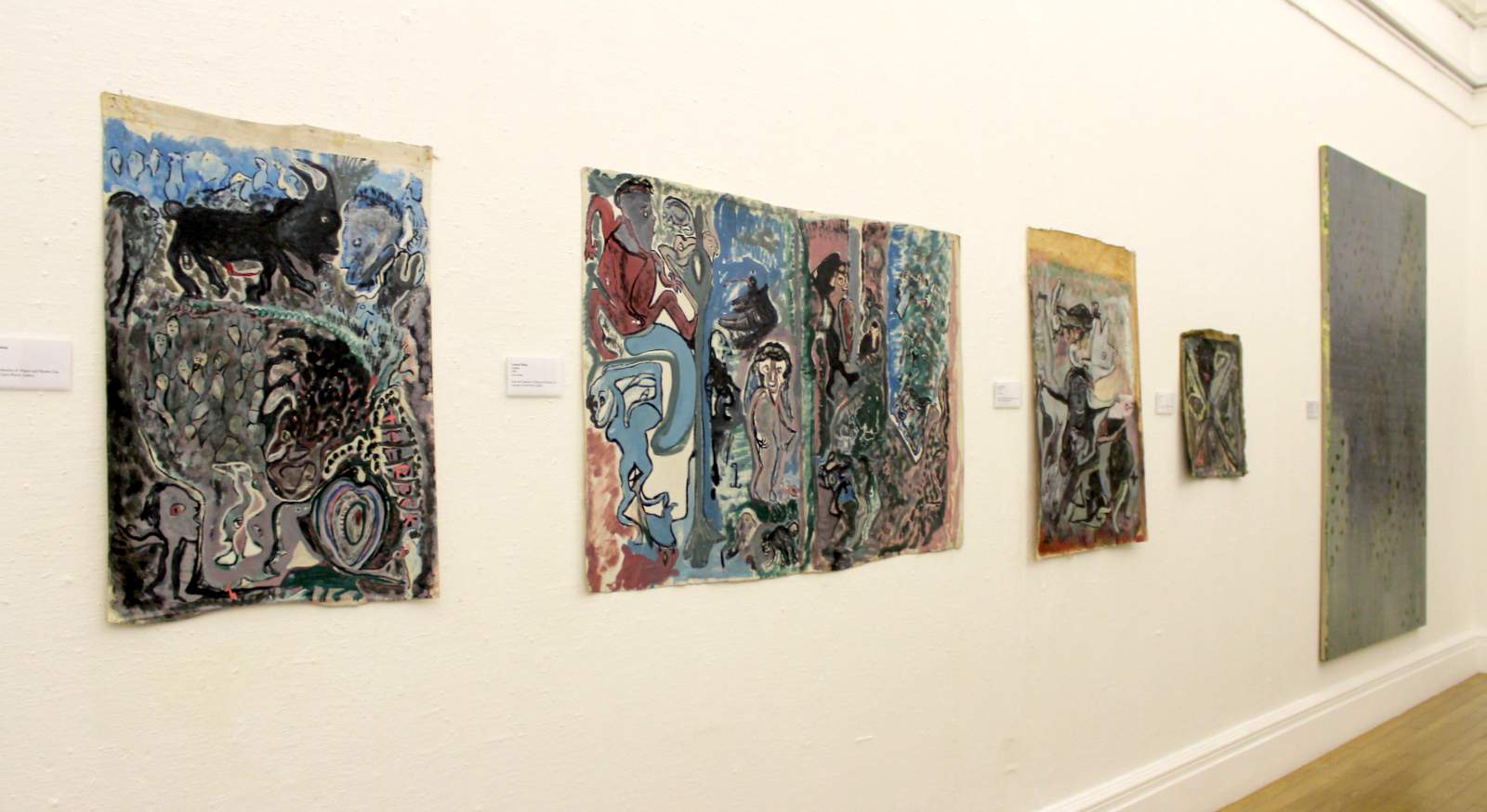
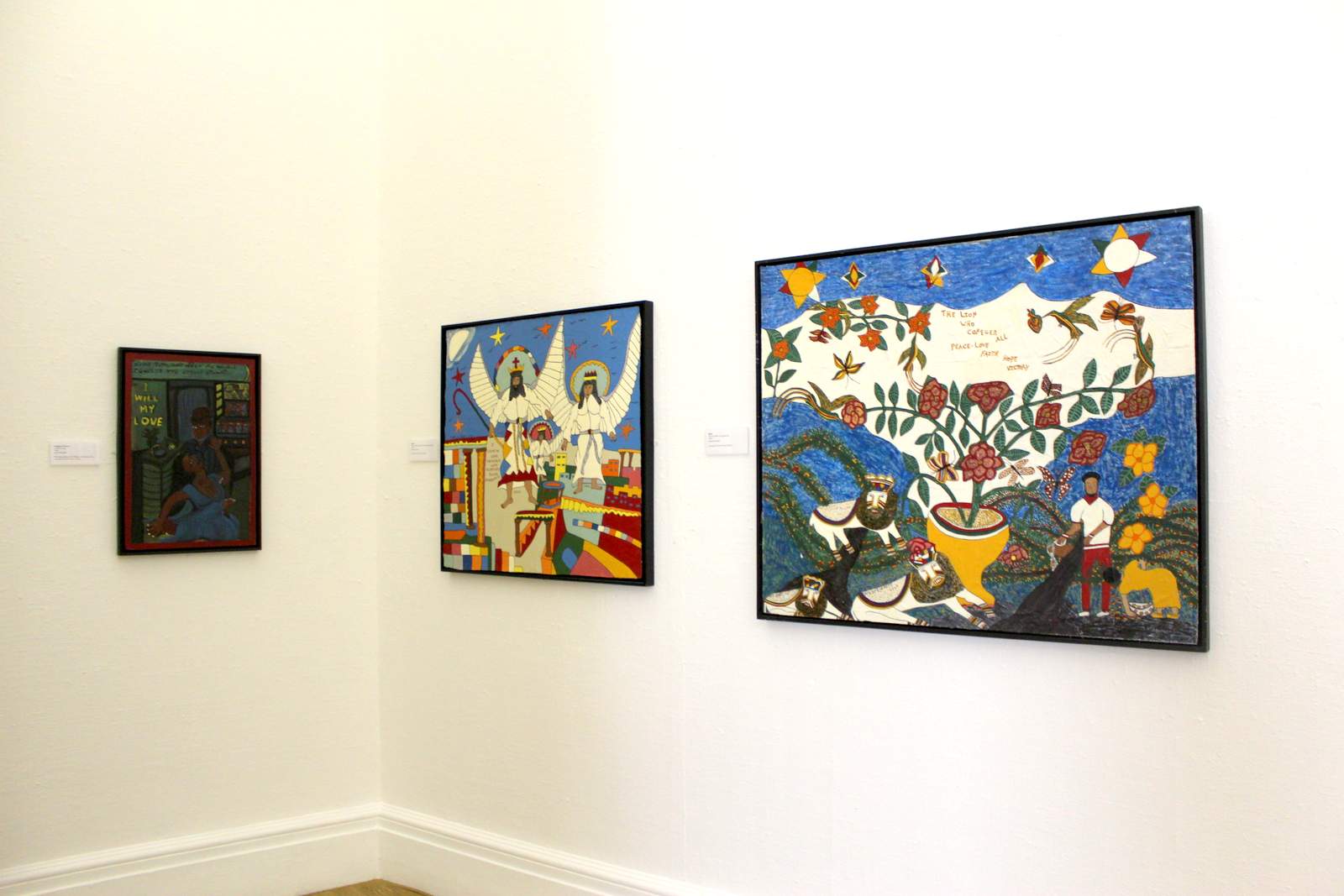
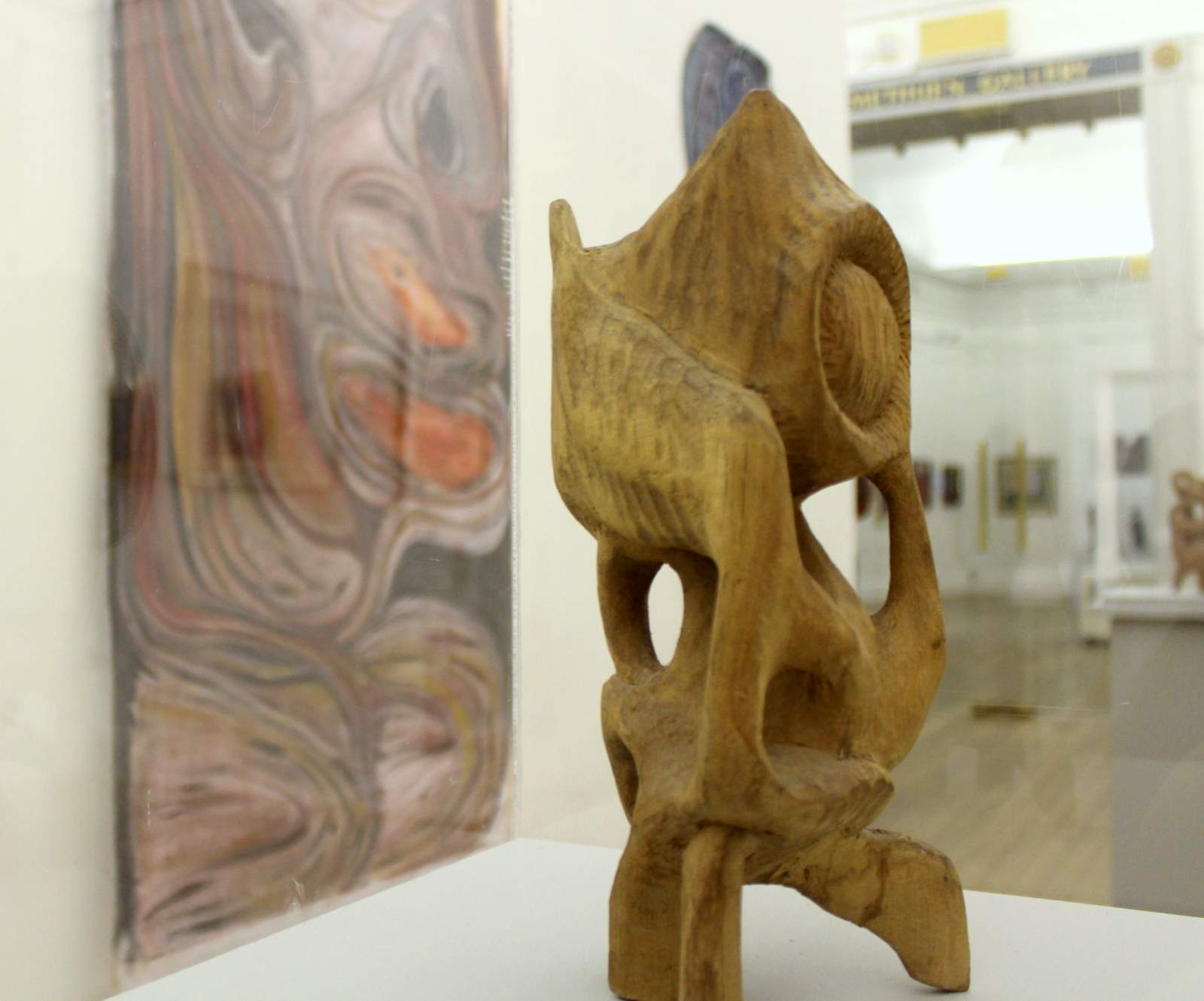

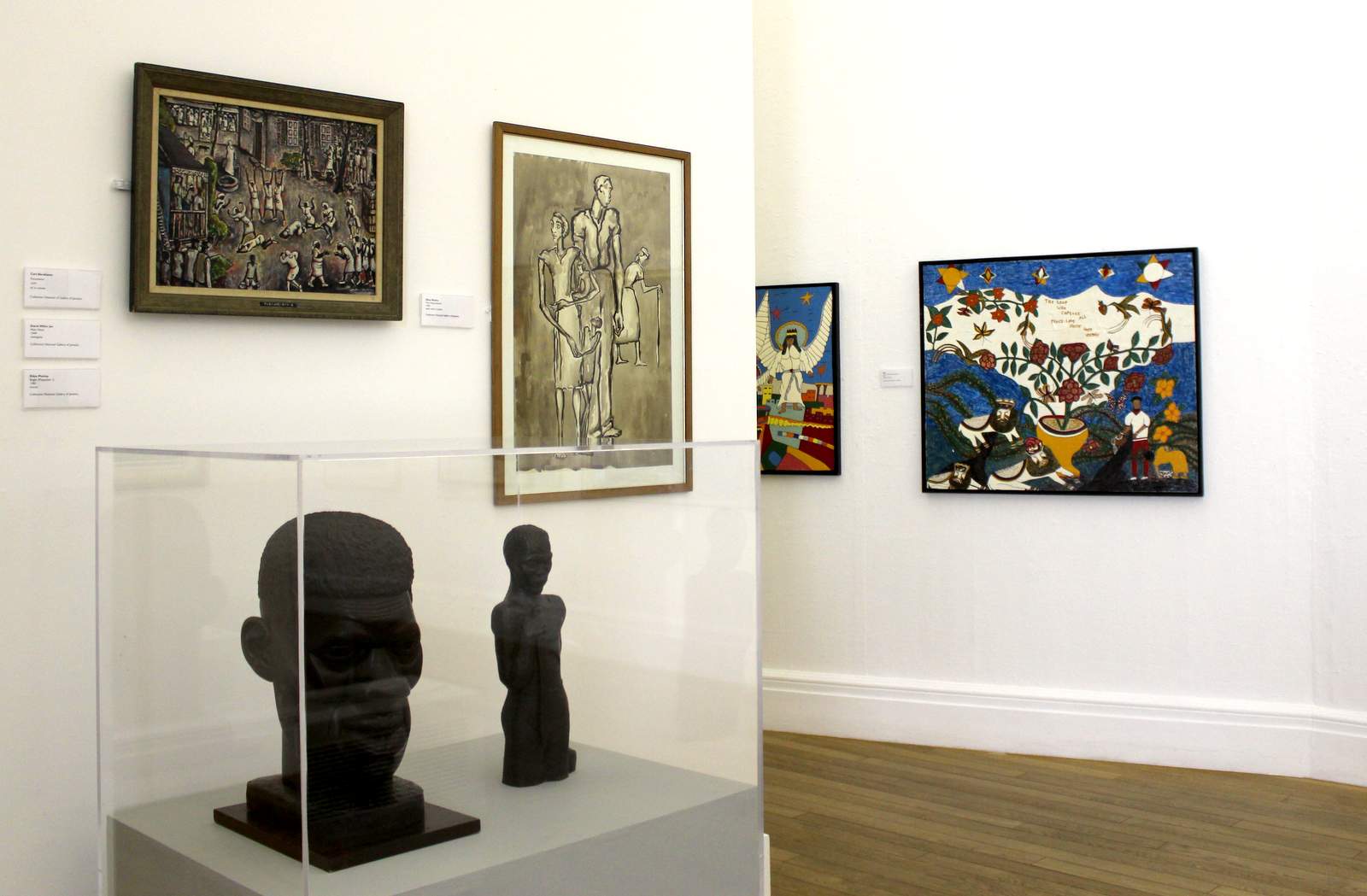

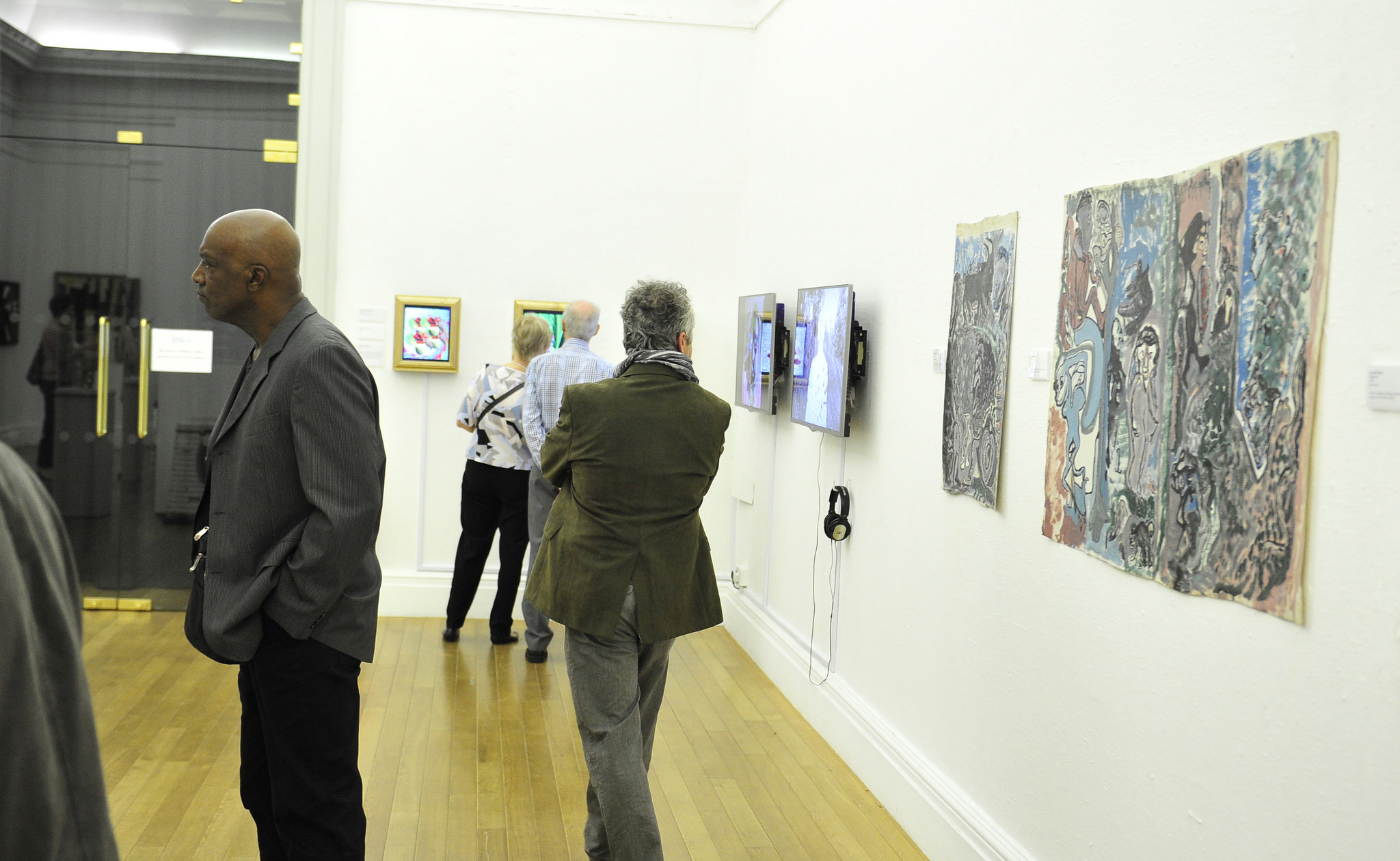
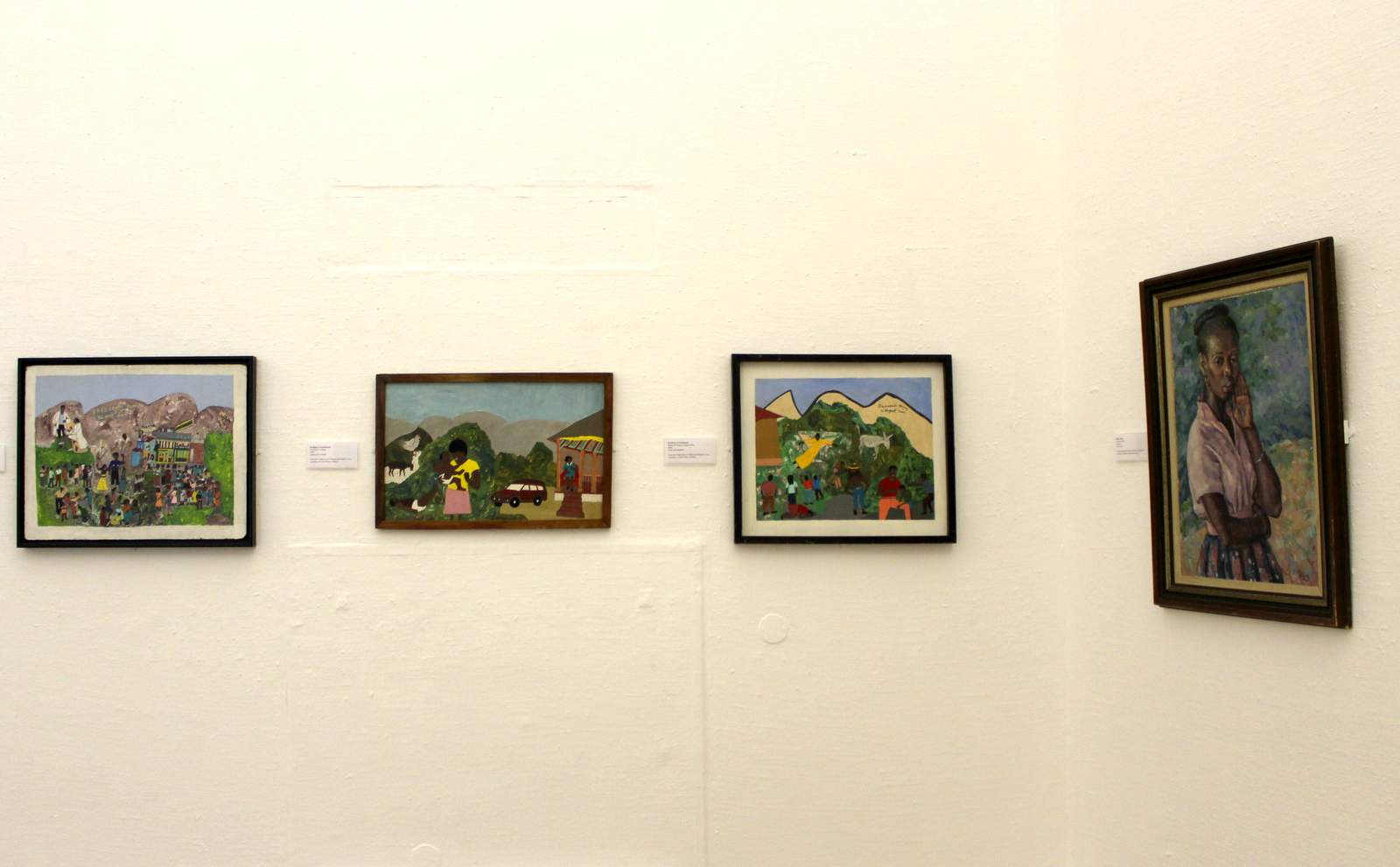
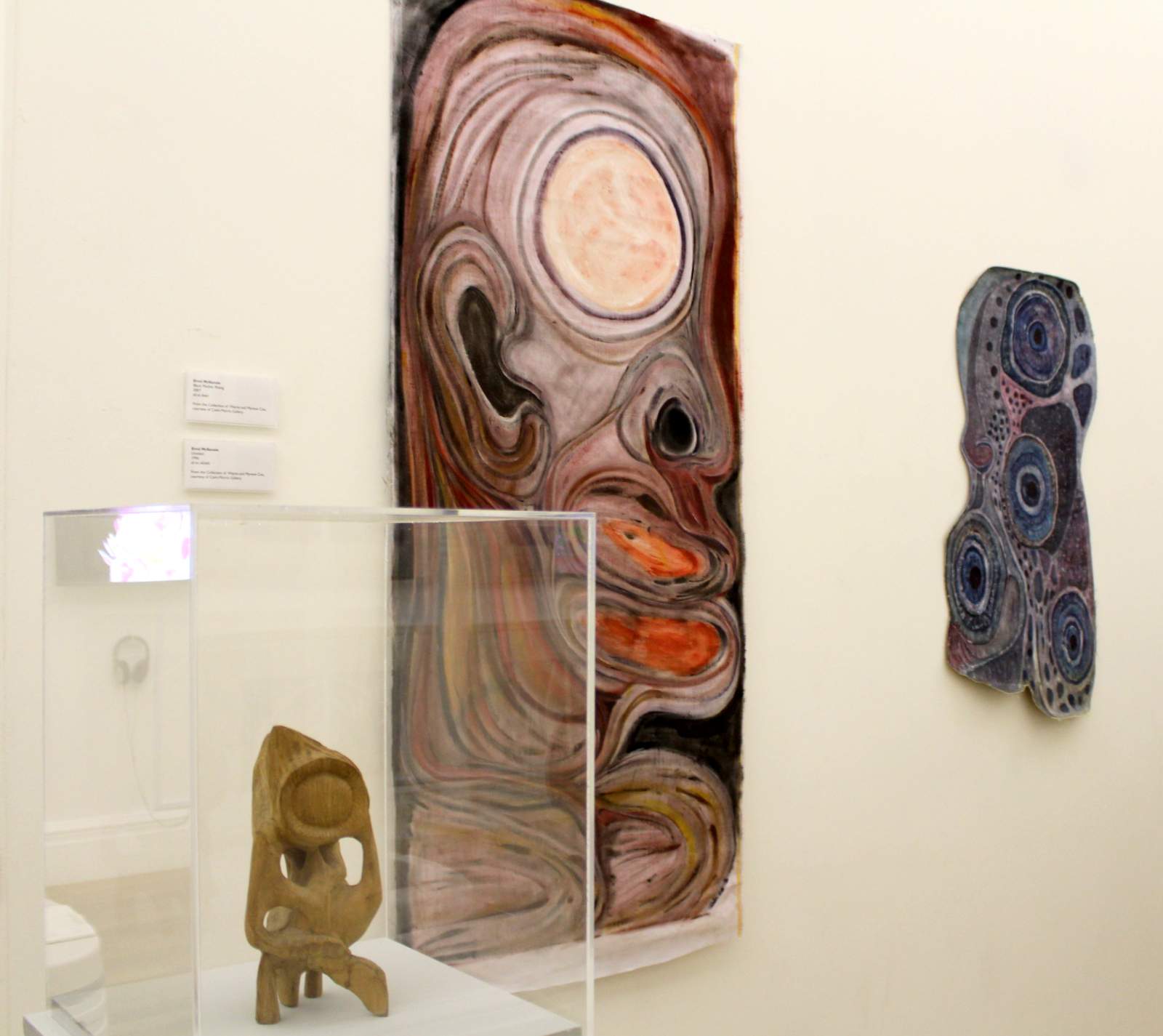
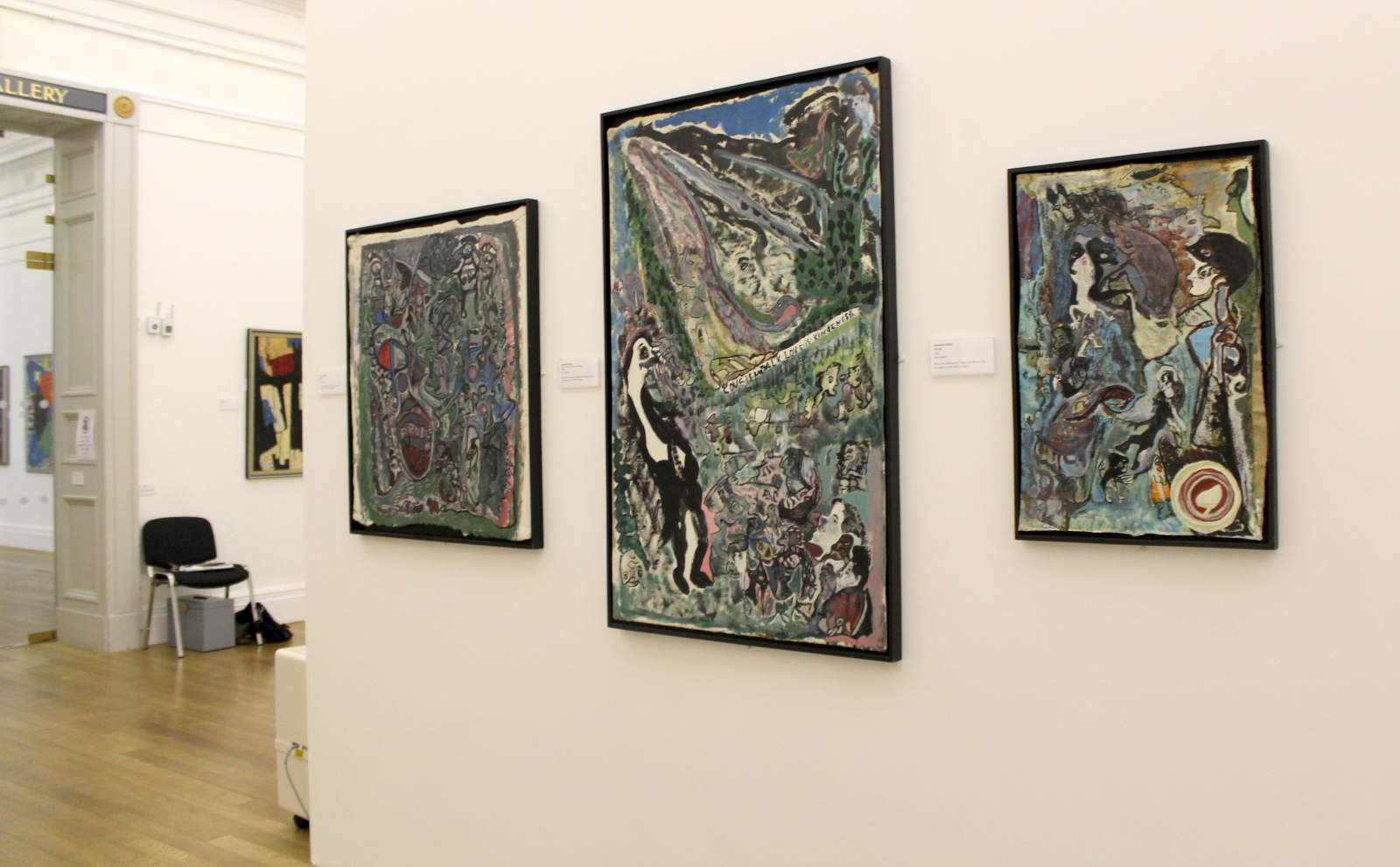
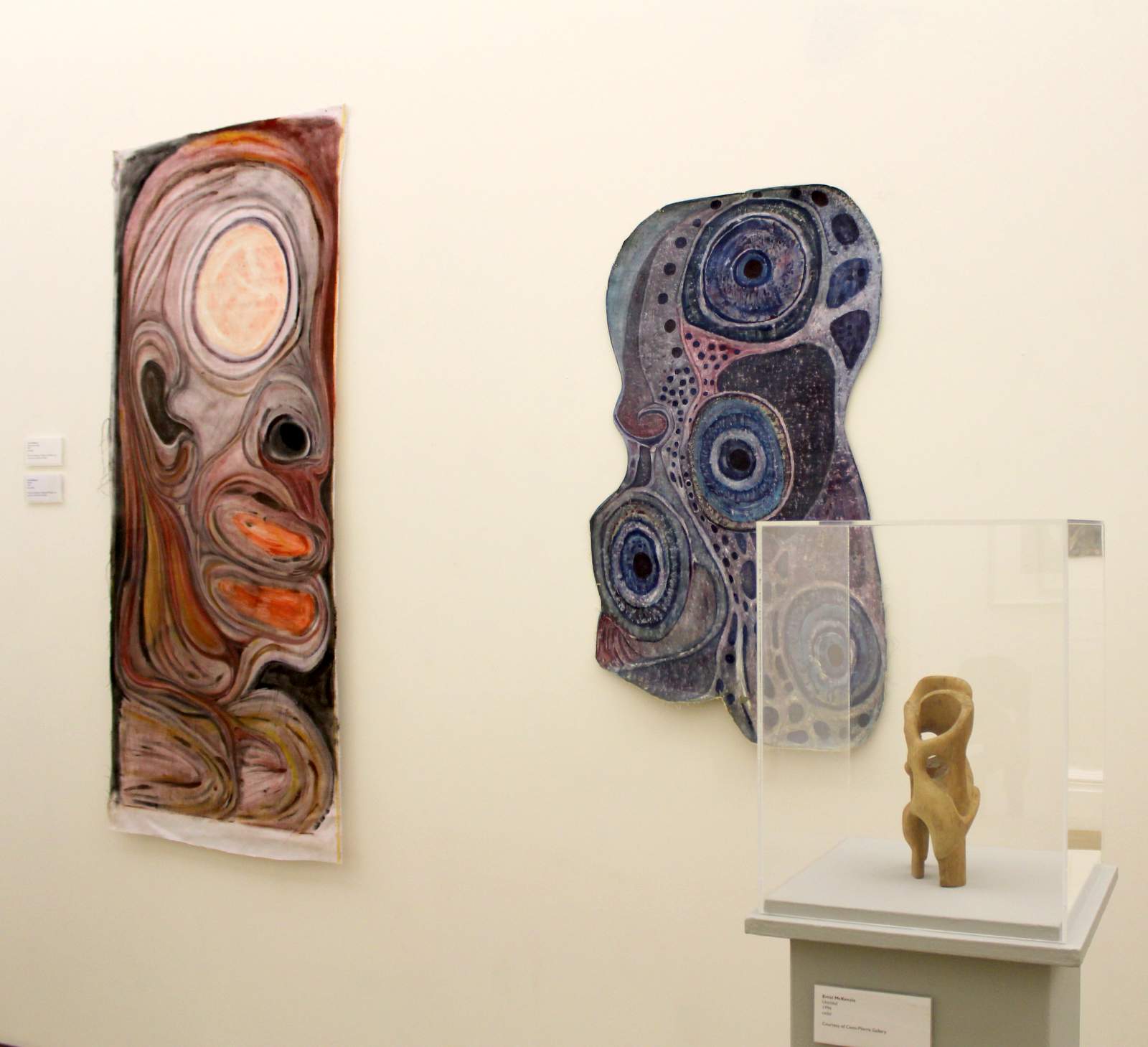
"Outsider Art Fair Paris Shakes Things Up With Slew of New Galleries"
Click here to read full article: https://news.artnet.com/market/2016-exhibitor-list-outsider-art-fair-562952
Asafo Flag Catalog available online now
Spotlight (June 30 - August 19, 2016)
Summer Spotlight
CAVIN-MORRIS SUMMER SPOTLIGHT
(JUNE 30 - AUGUST 19, 2016)
Cavin-Morris Gallery is pleased to present the first in a series of bi-annual exhibitions spotlighting some of the artists represented by the gallery. Each artist will be exhibited on his or her own wall or separate section of floor space. This summer we are featuring Jon Serl, Gregory Van Maanen, J.B. Murray, and Joseph Lambert for the walls, and Melanie Ferguson, Rafa Perez, Tony Pedemonte and Tim Rowan on the floor.
These are artists we have been privileged to work with during all phases of the gallery's history. Jon Serl and Gregory Van Maanen are two of the artists we have worked with the longest, and Melanie Ferguson, Joseph Lambert, and Tony Pedemonte are some of the most recent artists to join us.
Jon Serl lived to be one of the oldest self-taught artists in America, working until he was 98 years old. His work is a poetic document of LGBT life in this country between the World Wars. He was a carnival performer and a chuck wagon chef, and started painting in the late 40s. His work is known for the way he reveled in the sheer glory of drawing with paint.
Gregory Van Maanen's visionary work is about the transformation of violent energy into the process of making edgy art about healing and forgiveness without sentimentality. His images are clean and tough and otherworldly. A large number of his early paintings and sculptures can be seen in the permanent collection of John Michael Kohler Arts Center, Sheboygan, WI.
Master artist J.B. Murray was an African-American visionary whose work spoke to the trials and tribulations of his poor community, and to saving the souls of all black people. He wrote in asemic calligraphy—invented writing-- that came through his hands from the Holy Spirit. He considered much of his work to be amuletic in purpose and power.
Joseph Lambert creates topographies of language. His spiraling marks are his attempts to express himself to the world to counteract his inability or reluctance to communicate verbally. They convey a visual expression of synesthesia, a state where different sensory perceptions combine; in this case sound or speech, sight or color and line.
Tony Pedemonte takes the process of wrapping to a personal and viscerally expressive place. His process is different than that of Judith Scott, who worked before Pedemonte at Creative Growth in Oakland. Both have created enigmatic sculptures passionately wrapped in layers of materials. Pedemonte chooses fewer colors of threads to wrap these personally chosen, and frequently hand-assembled objects. In comparison to Scott, his work is more minimal, while still maintaining a totemic quality.
For our ceramics selection we chose three wonderful artists as different from each other in intention and result as could possibly be. There is an almost occult spirituality in the beautifully surfaced sculptures of Melanie Ferguson (Georgia, USA). She captures aspects of place and landscape in the skins of her pieces and yet has imbued them with a sense of lunar and tidal timelessness.
Rafa Perez (Spain) has a seemingly unlimited vocabulary of imagination in his never-repeating variations on solid organic asymmetrical forms. He is a master of his materials and his restlessness has resulted in a body of work that is ongoing and ever-pushing his own envelope.
Tim Rowan (New York, USA) also carries an intense sense of place in his pieces coupled with a hint of Japanese sensibility, which he took away from his apprenticeship with Ryuichi Kakurezaki. Yet, rather than a sense of impermanence, his work carries a graceful earthy sense of monumental permanence, a presence that doesn't disappear even when those monuments are in ruins.
For further information please contact Cavin-Morris Gallery at info@cavinmorris.com, or phone: 212-226-3768.
Cavin-Morris Summer Spotlight
Gregory Van Maanen, Spirit Hand, 1993, Oil, enamel, acrylic on wood, 66 x 48 inches, 167.6 x 121.9 cm, GVM 754
CAVIN-MORRIS SUMMER SPOTLIGHT
(JUNE 30 - AUGUST 19, 2016)
Cavin-Morris Gallery is pleased to present the first in a series of bi-annual exhibitions spotlighting some of the artists represented by the gallery. Each artist will be exhibited on his or her own wall or separate section of floor space. This summer we are featuring Jon Serl, Gregory Van Maanen, J.B. Murray, and Joseph Lambert for the walls, and Melanie Ferguson, Rafa Perez, Tony Pedemonte and Tim Rowan on the floor.
These are artists we have been privileged to work with during all phases of the gallery's history. Jon Serl and Gregory Van Maanen are two of the artists we have worked with the longest, and Melanie Ferguson, Joseph Lambert, and Tony Pedemonte are some of the most recent artists to join us.
Jon Serl lived to be one of the oldest self-taught artists in America, working until he was 98 years old. His work is a poetic document of LGBT life in this country between the World Wars. He was a carnival performer and a chuck wagon chef, and started painting in the late 40s. His work is known for the way he reveled in the sheer glory of drawing with paint.
Gregory Van Maanen's visionary work is about the transformation of violent energy into the process of making edgy art about healing and forgiveness without sentimentality. His images are clean and tough and otherworldly. A large number of his early paintings and sculptures can be seen in the permanent collection of John Michael Kohler Arts Center, Sheboygan, WI.
Master artist J.B. Murray was an African-American visionary whose work spoke to the trials and tribulations of his poor community, and to saving the souls of all black people. He wrote in asemic calligraphy—invented writing-- that came through his hands from the Holy Spirit. He considered much of his work to be amuletic in purpose and power.
Joseph Lambert creates topographies of language. His spiraling marks are his attempts to express himself to the world to counteract his inability or reluctance to communicate verbally. They convey a visual expression of synesthesia, a state where different sensory perceptions combine; in this case sound or speech, sight or color and line.
Tony Pedemonte takes the process of wrapping to a personal and viscerally expressive place. His process is different than that of Judith Scott, who worked before Pedemonte at Creative Growth in San Francisco. Both have created enigmatic sculptures passionately wrapped in layers of materials. Pedemonte chooses fewer colors of threads to wrap these personally chosen, and frequently hand-assembled objects. In comparison to Scott, his work is more minimal, while still maintaining a totemic quality.
For our ceramics selection we chose three wonderful artists as different from each other in intention and result as could possibly be. There is an almost occult spirituality in the beautifully surfaced sculptures of Melanie Ferguson (Georgia, USA). She captures aspects of place and landscape in the skins of her pieces and yet has imbued them with a sense of lunar and tidal timelessness.
Rafa Perez (Spain) has a seemingly unlimited vocabulary of imagination in his never-repeating variations on solid organic asymmetrical forms. He is a master of his materials and his restlessness has resulted in a body of work that is ongoing and ever-pushing his own envelope.
Tim Rowan (New York, USA) also carries an intense sense of place in his pieces coupled with a hint of Japanese sensibility, which he took away from his apprenticeship with Ryuichi Kakurezaki. Yet, rather than a sense of impermanence, his work carries a graceful earthy sense of monumental permanence, a presence that doesn't disappear even when those monuments are in ruins.
For further information please contact Cavin-Morris Gallery at info@cavinmorris.com, or phone: 212-226-3768.
Secular Mystic: M’onma Returns to New York
Read full article here: http://brutforce.com/secular-mystic-monma-returns-new-york/
M'onma: Trance Pilgrimage Online Catalog
Opening reception and Ikebana ceremony
Special thanks to Mario Hirama, Akihiro Nikaido, Yuko Kimura, and M'onma.
Opening Reception: Thursday, May 19th, 6-8pm
Capture the Flag
Check out this great article by John Foster about Asafo Flags!
Africa
Asafo Flag - Fante People - Ghana, Pre 1957
Cotton fabric with felt
38 x 49.5 inches
96.5 x 125.7 cm
AF 365
Faceshifting II Catalog now available on ISSUU
CEREMONIES: AKIHIRO NIKAIDO & YUKO KIMURA
Yuko Kimura, Little Wave III, Monotype on kozo (mulberry) handmade paper, kozo bark fiber, thread, collage, 13 x 40 inches, 33 x 101.6 cm, YuK 38
CEREMONIES: AKIHIRO NIKAIDO & YUKO KIMURA
(May 19 – June 18, 2016)
Cavin-Morris Gallery is pleased and privileged to present the artwork of Akihiro Nikaido and Margaret Yuko Kimura. Both artists display a concept known in Japan as Yugen; the ability to suggest, rather than bluntly display. This is an essential aesthetic of delicacy and at the same time, of mystery. Another way to think of this is to consider the minimum an artist needs to depict in order to infer and intimate so much more. It is a complete immersion into a quintessential moment, such as watching a magnificent bird disappear on the horizon or the sun burnishing a hillside with brilliant gold in the instant before it disappears. The concept of Yugen illuminates the brief efflorescence of cherry trees blooming and disappearing as a metaphor for the transience of life itself.
Nikaido’s ceramics never lose their maker’s fascination and love for the physical richness of the clay. The surfaces seem powdery and ephemeral, and the shapes are simultaneously ancient and modern, giving them a restless, almost metaphysical, strength. One can easily see this quality transferred to the pieces he makes for the tea ceremony.
Yuko Kimura works intuitively, playing with the edges of time and beauty as moving elements. Her recent efforts incorporates multiple processes including etching, aquatint, dyeing with indigo or persimmon on pleated or twisted paper (paper threads). Most of the work utilizes Kozo bark fiber, old worm eaten book pages from Japan and imperfect handmade papers that are made from Kozo (mulberry) and abaca. Transparency and texture take priority as she constructs her two-or-three dimensional patchwork experiments. Whether she coils them into seemingly ephemeral sculpture, rolls them into miniature scrolls, or presents them flat and mounted, they hold an exquisite tension of the ineluctable inevitability of ages passing, perfectly manifesting Yugen.
On May 19th, 2016, opening night at 7:00 ikebana Master Mario Hirama, who has worked with Nikaido many times, will perform a flower ceremony using one of Nikaido’s clay vases.
Akihiro Nikaido, Bowl, 2016, Ceramic, 12 x 20 x 20 inches, 30.5 x 50.8 x 50.8 cm, ANk 28
M'ONMA: TRANCE PILGRIMAGE
M'onma, Untitled, 2004, Color pencil on paper, 27.56 x 17.6 inches, 70 x 44.7 cm, IMo 63
M’ONMA: TRANCE PILGRIMAGE
MAY 12 - JUNE 18, 2016
Cavin-Morris Gallery is pleased to announce the second solo exhibition of Japanese visionary artist, M’onma, entitled: M’onma: Trance Pilgrimage.
Looking for a cohesive narrative in one of M'onma's drawings is like telling someone about a dream and then realizing that you are losing and changing the thread of the experience as you tell it.... The further you get into the telling, the further you travel from the original memory. It is a lot like a novel or short story by Japanese novelist Haruki Murakami. Murakami allows himself to abandon concepts of rational sequence when he writes. In a way this brings one back to Surrealist concepts of automatic writing and allowing dream to occupy equal ground with temporal realities. One moves through the narrative without necessarily putting the pieces together. Add a healthy dose of Shinto and contemporary spiritual symbolisms and you begin to get an inkling into the dream world of M'onma.
M'onma drew all of his life, but was never satisfied with what he made. One day when he was in his twenties, he was in a drawing studio and something happened. He felt his entire body begin to glow to the point he could no longer see what was around him. Something guided his hand. The result was entirely different than anything he had drawn before. It was an overwhelming and life-changing experience. He quit his job and went into the countryside, often in the mountains of Hokkaido, and sometimes to temples where he could draw in solitude. If he needed money he would return to an urban center, get a job, and earn enough so that he could leave again for the mountains.
Twenty years passed before what M’onma calls the “entity” visited him again. This time M’onma was ready to acquiesce to whatever was being communicated through his hand. He was channeling something, he wasn't and still isn't quite sure what it was. He drew for decades not allowing anyone to see his drawings, not even those who lived near him. Living in the mountains had taught him patience and the solitary space of the artist.
M'onma is unreservedly visionary, he is not mainstream, he is not a deliberate part of the canon of the art world. His style emerged as a part of an alternative process of art making that is closer to a séance than a dialogue with art history. His style is fully developed and mature. He worked in solitude for nearly forty years before agreeing to show his art to the world. This is his second solo exhibition.
There are layers upon layers of atmospheres inked and drawn into these pictures. One get so caught up in the figures it is easy to overlook the consummate skill of their executions - the smooth manipulation of process into a seamless whole. The graphite and ink works are as intricate as the ones done in colored pencil. One cannot help but see after that various types of beings populate these enigmatic drawings. There are the ambivalent clown-like figures that float in the foreground yet who project no specific evil; there are the more benevolent Buddha, or deity-like figures; there are the half man, half animal figures and there are humans who seem to be caught up in the dream machinations of the overall vision.
M'onma is unique, not only to Japan but internationally. He emerged fully-formed and unexpectedly. Cavin-Morris is thrilled to share his work once again in Trance Pilgrimage.
For further information please contact Cavin-Morris Gallery at info@cavinmorris.com, or phone: 212-226-3768.
Watch these incredible videos of ceramicist Rafa Perez's process
Entities Online Catalog Available Now!
FACESHIFTING II: Animistic Masks from the Himalayas

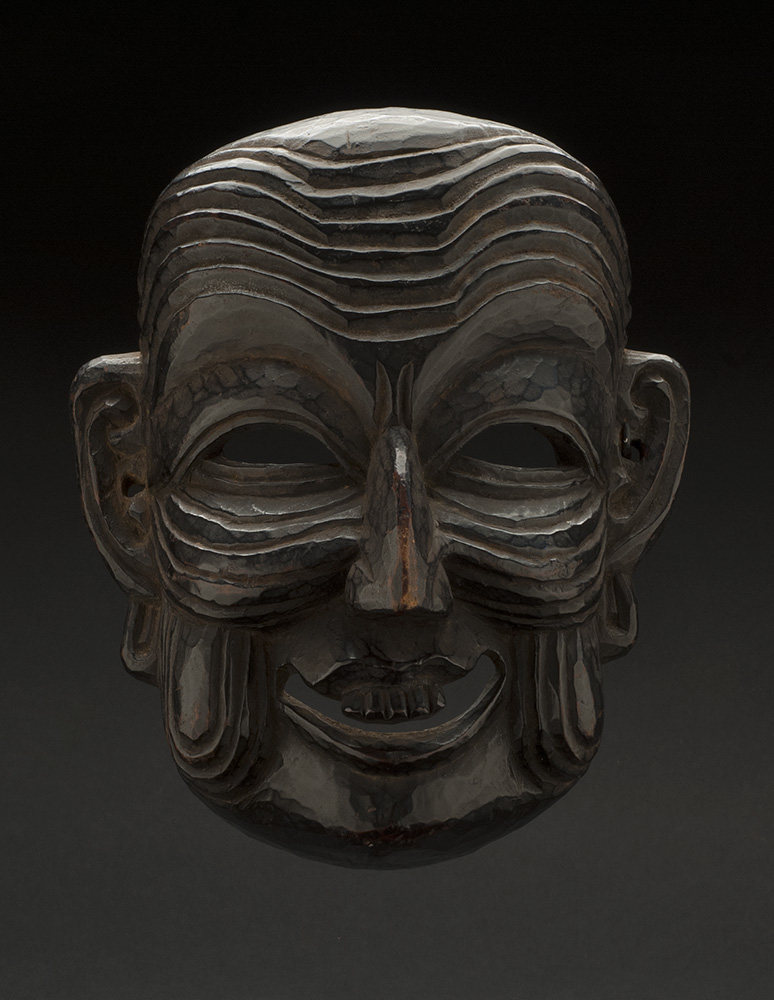
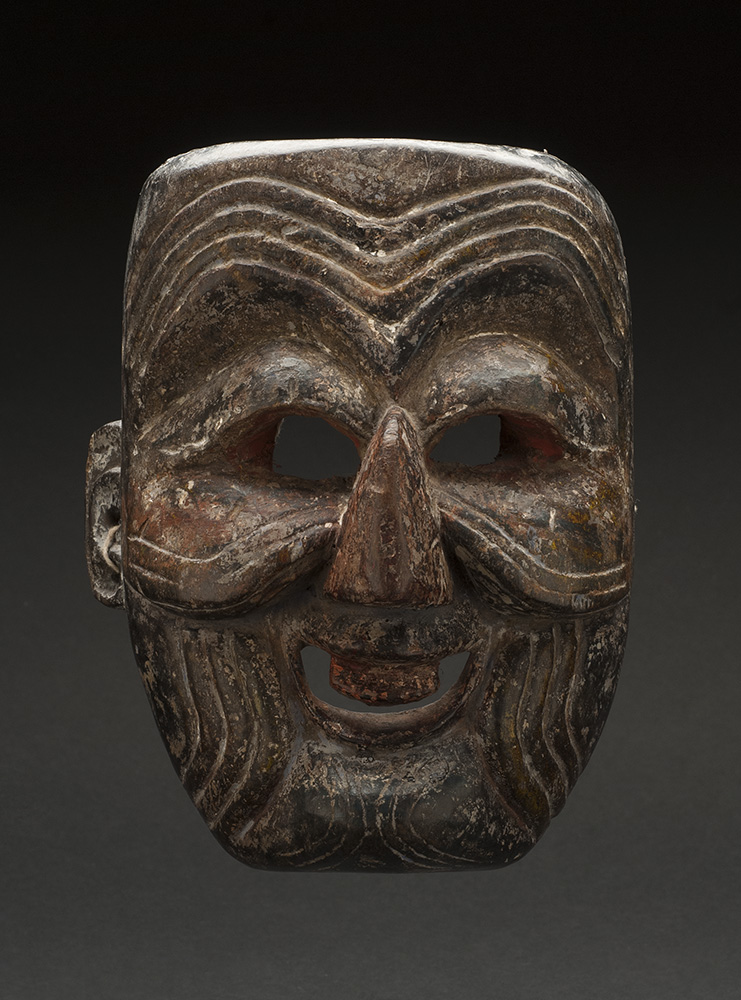
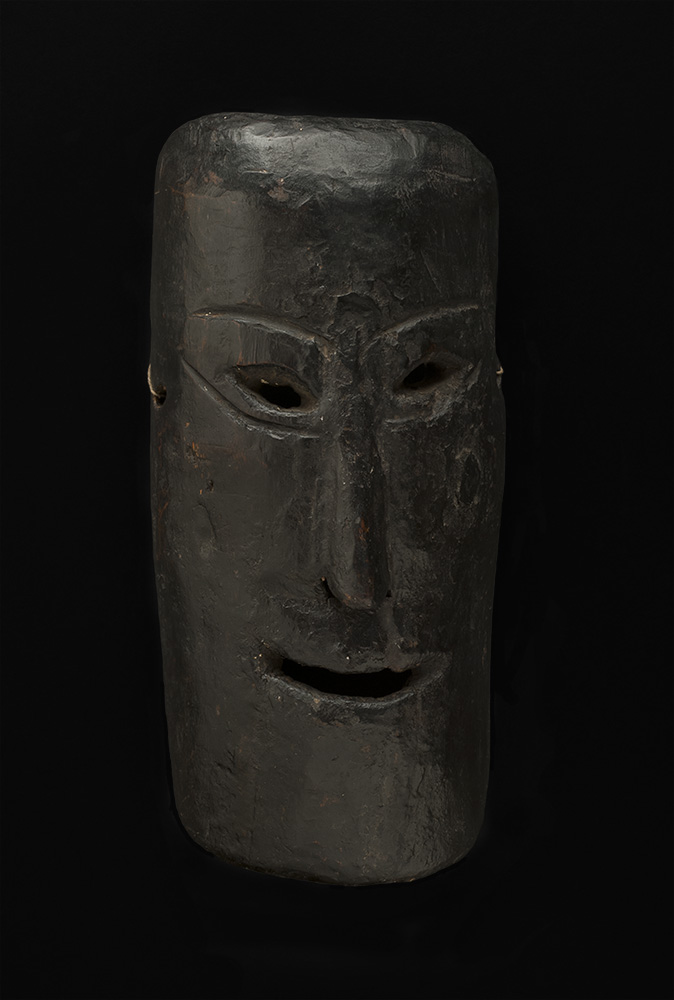
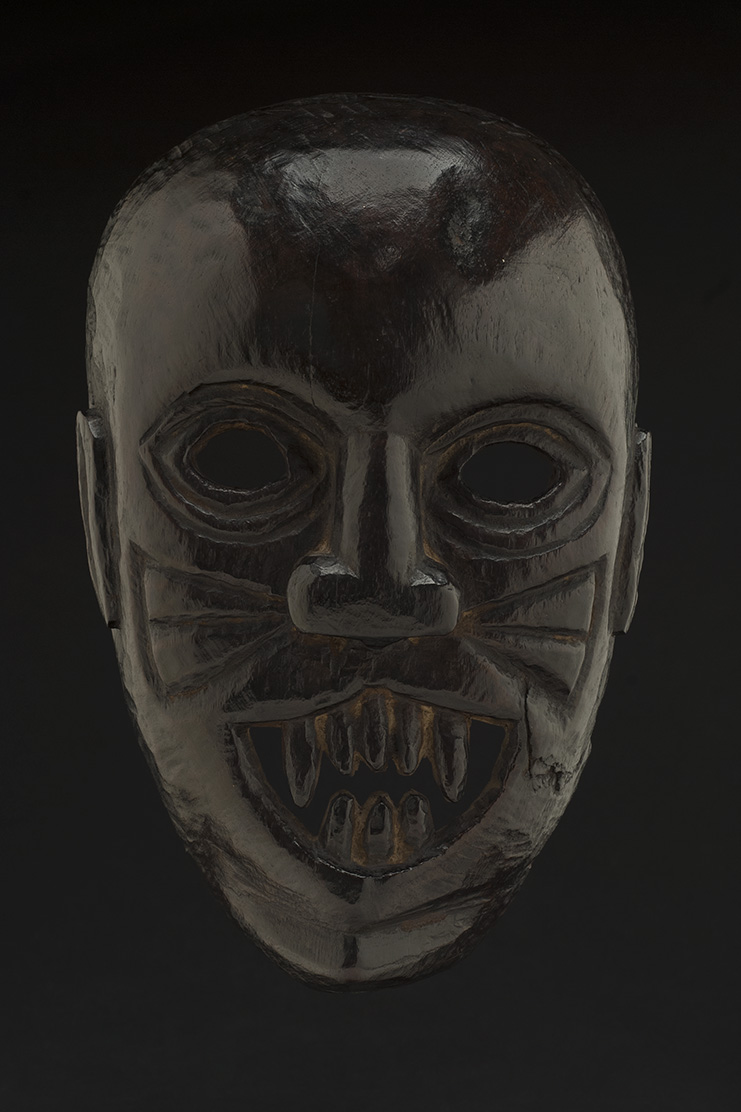
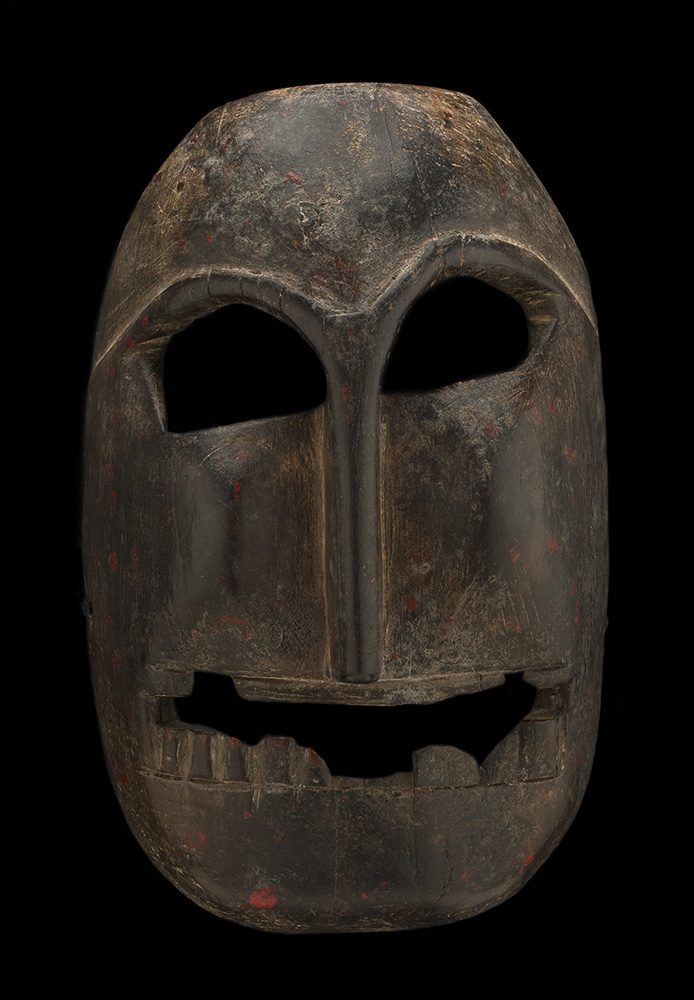
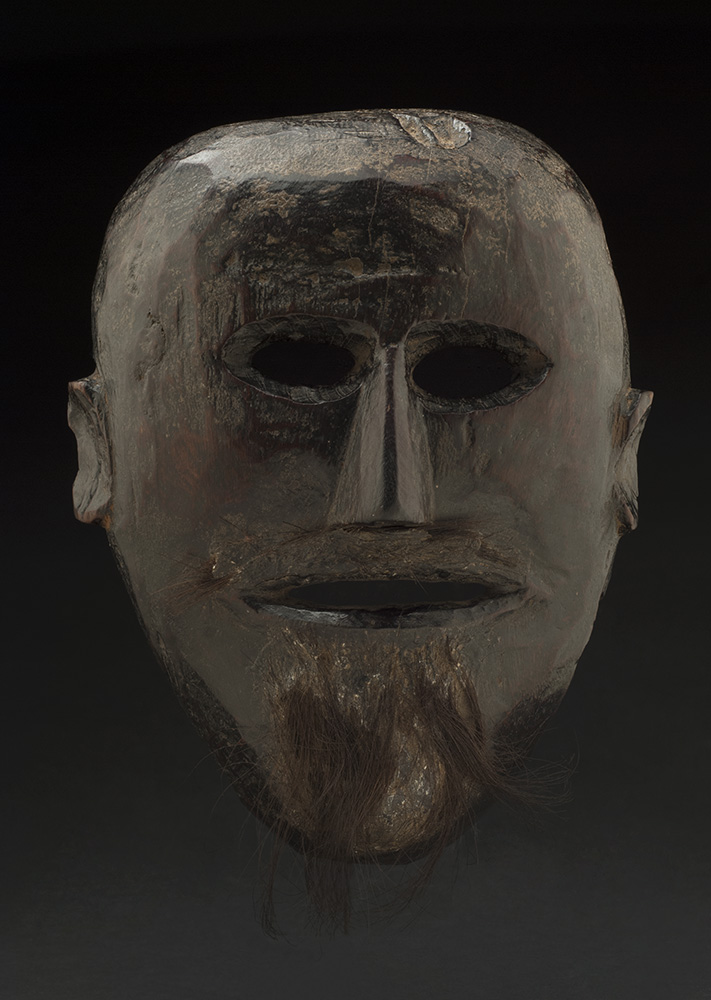
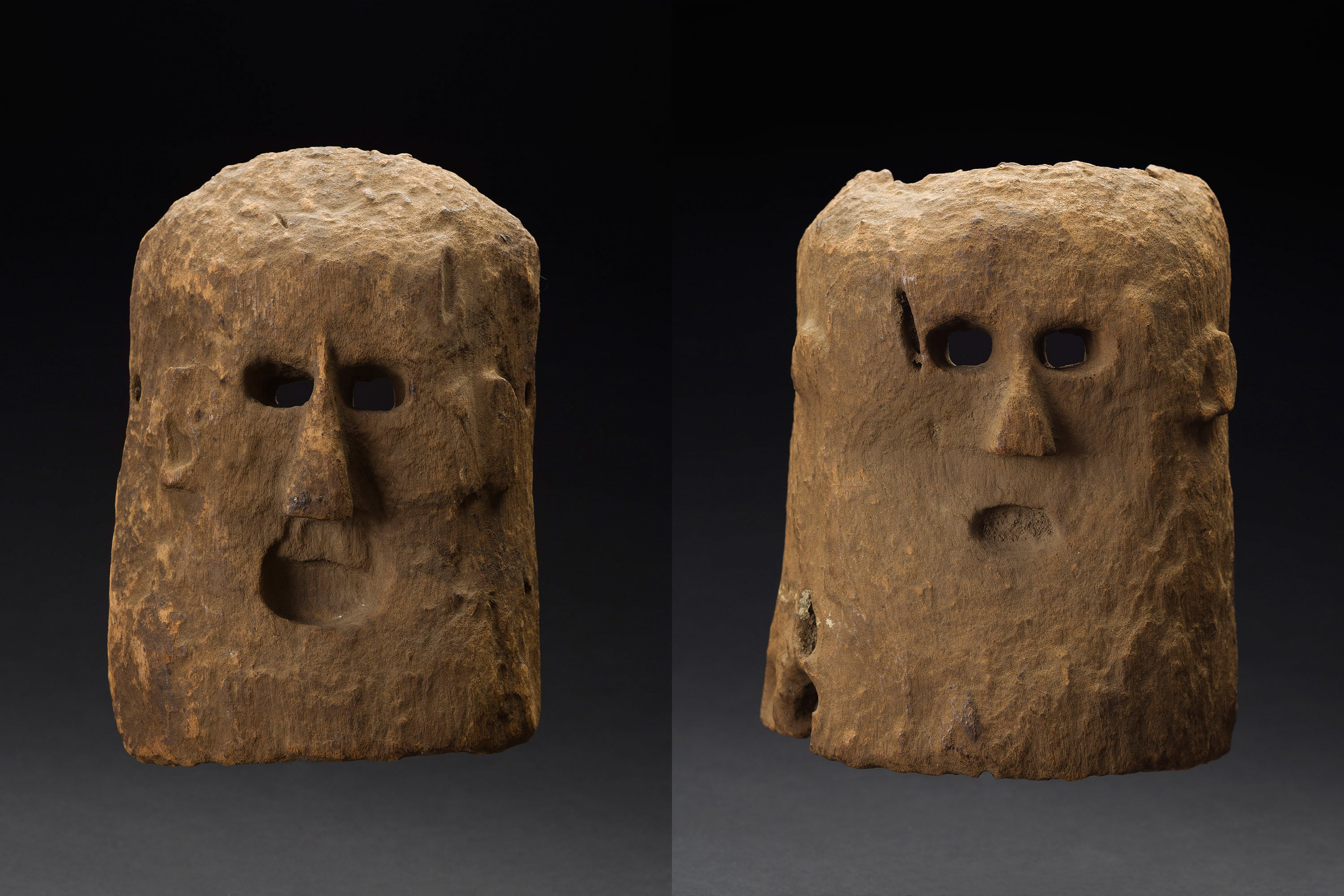
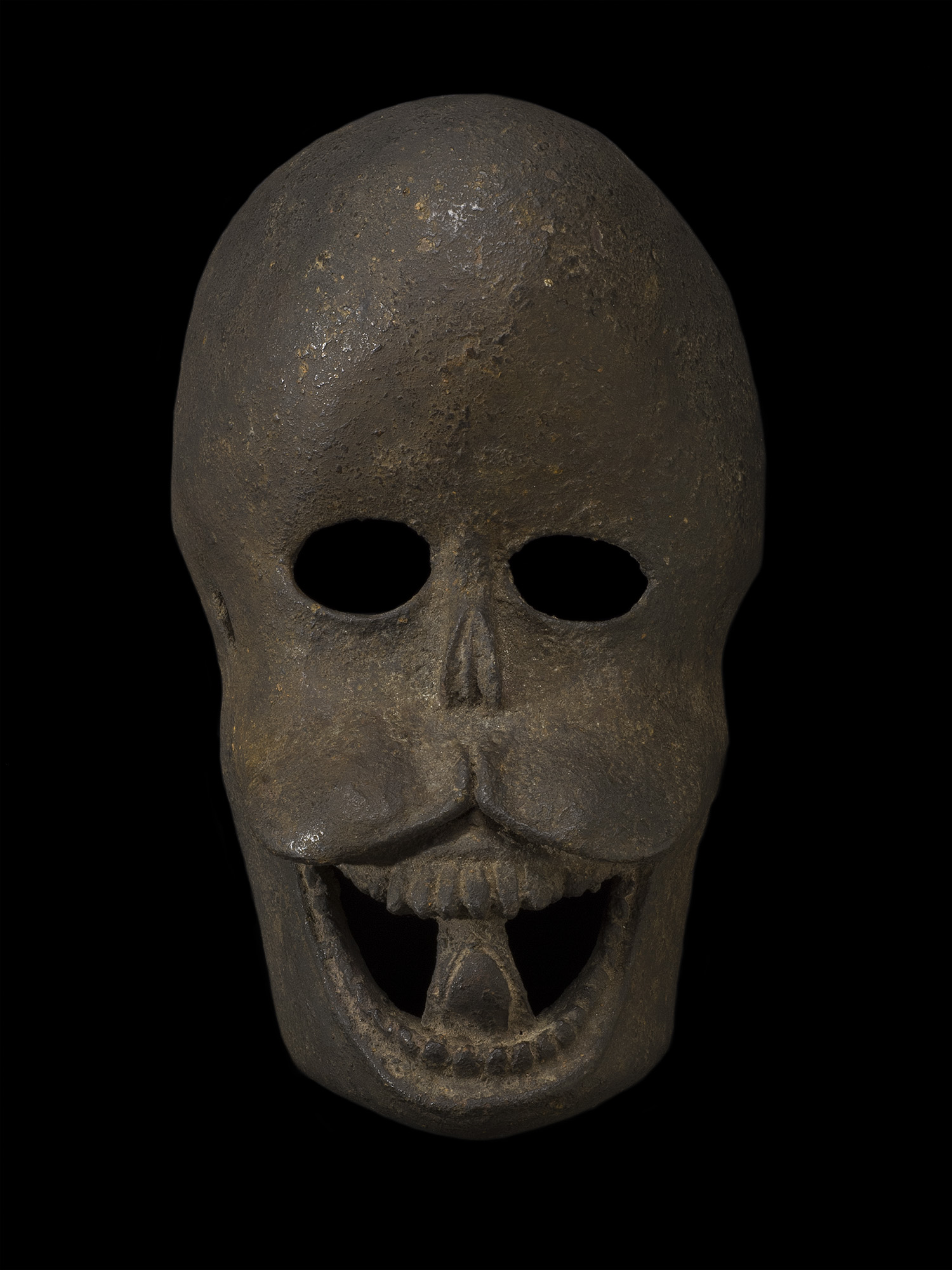
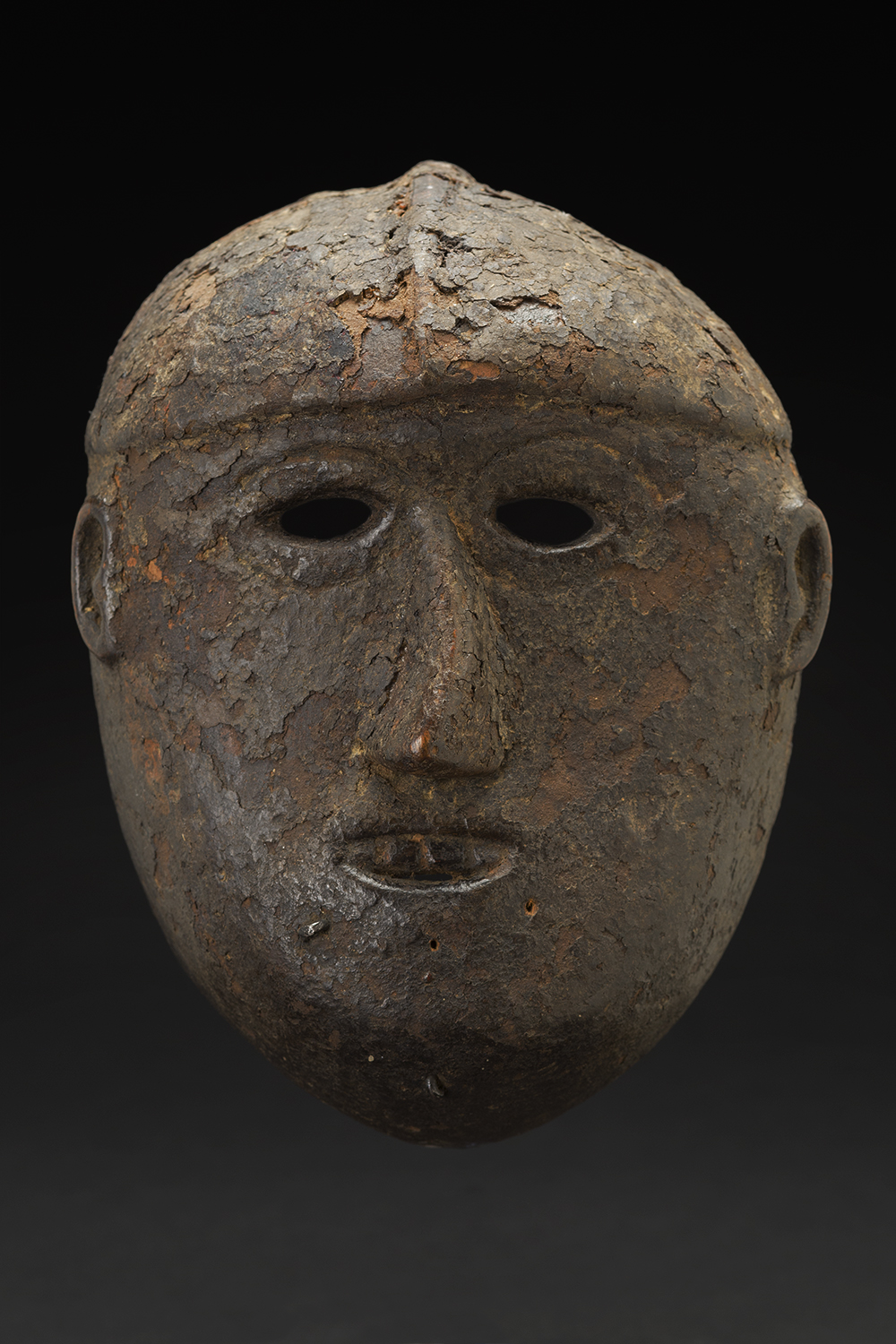
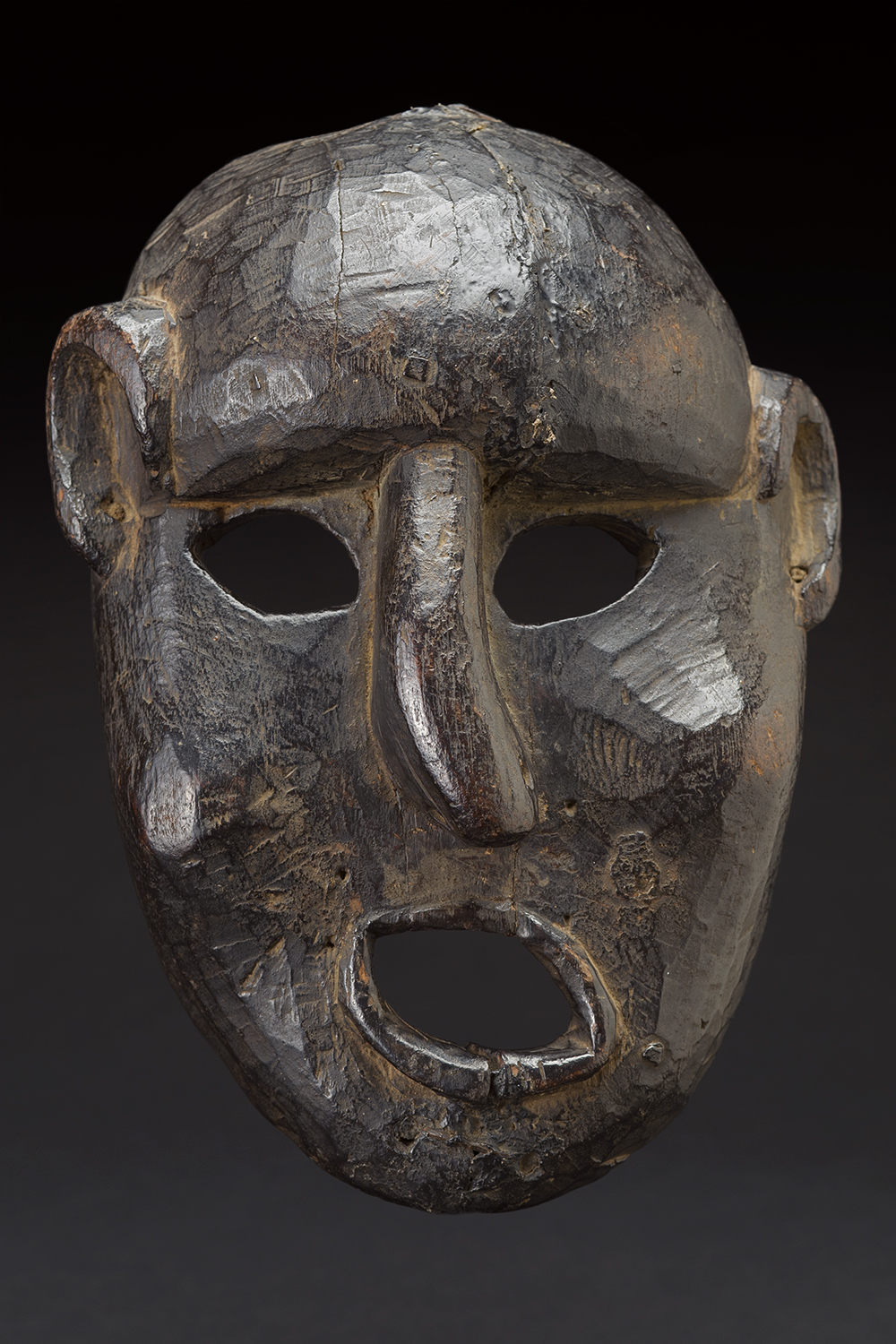
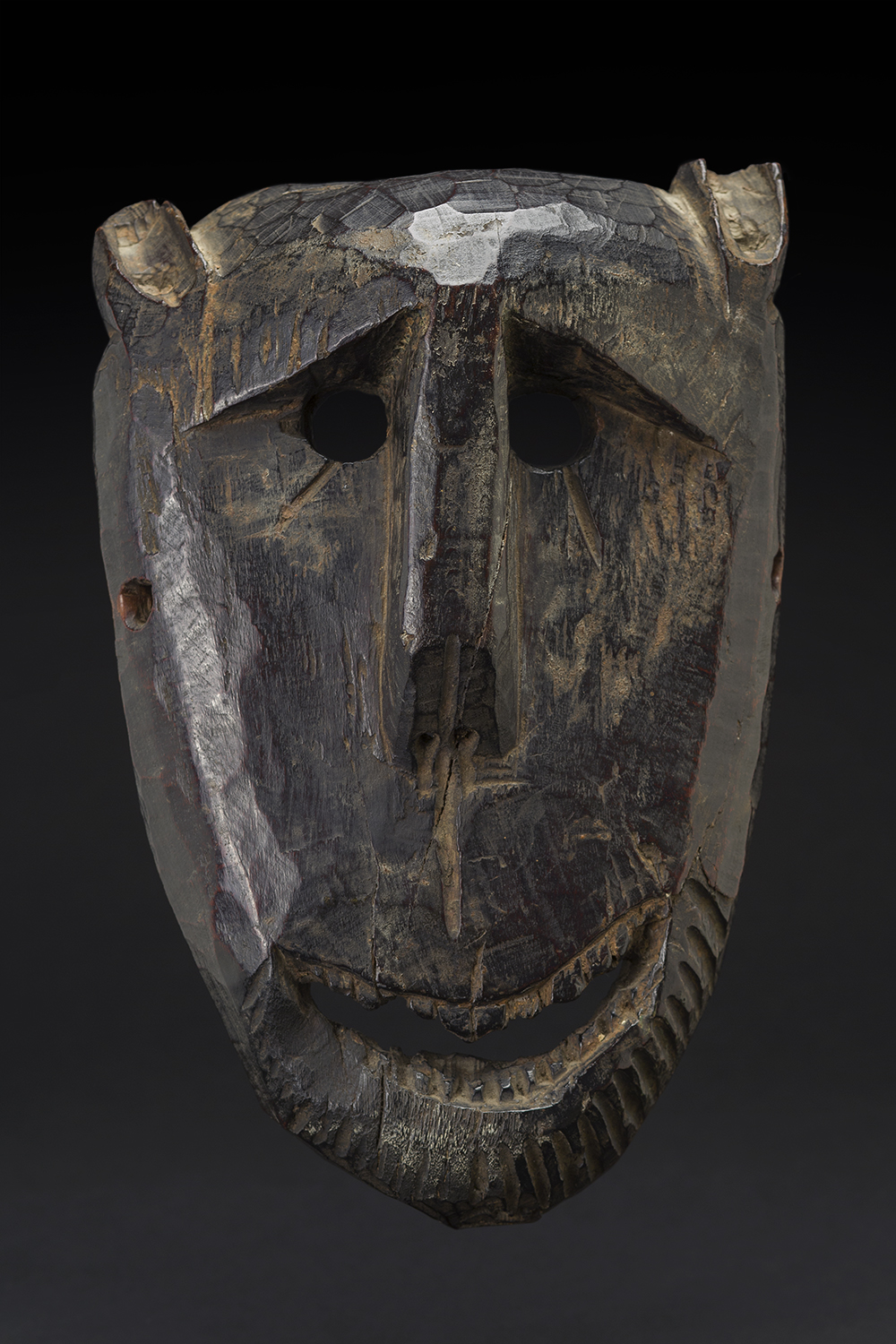



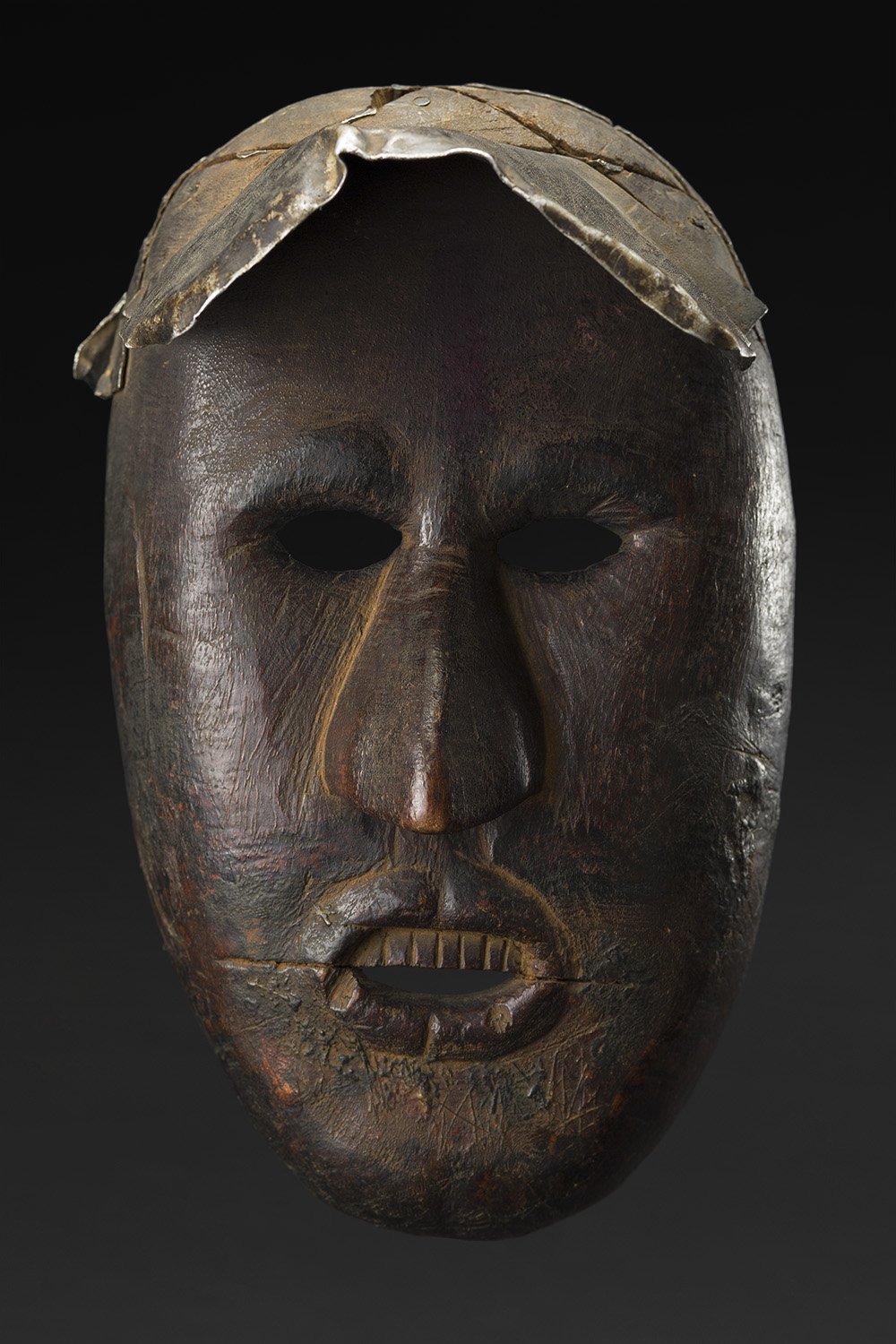

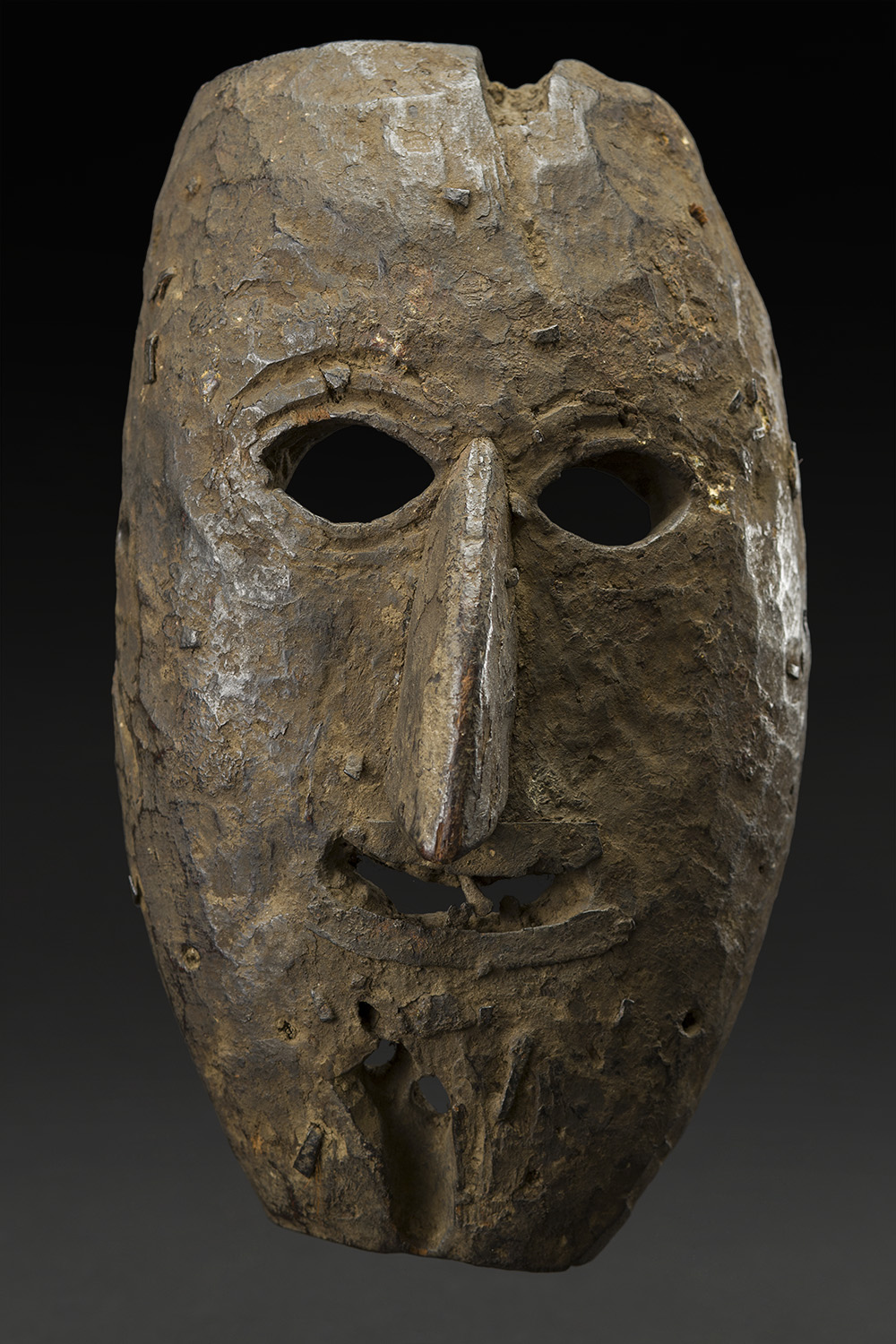
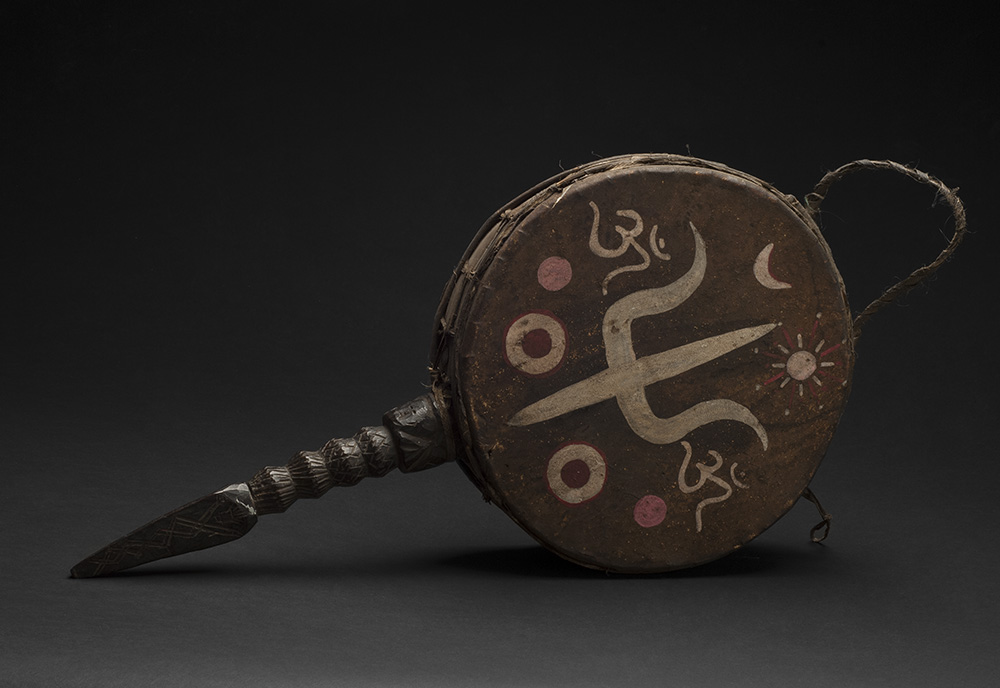

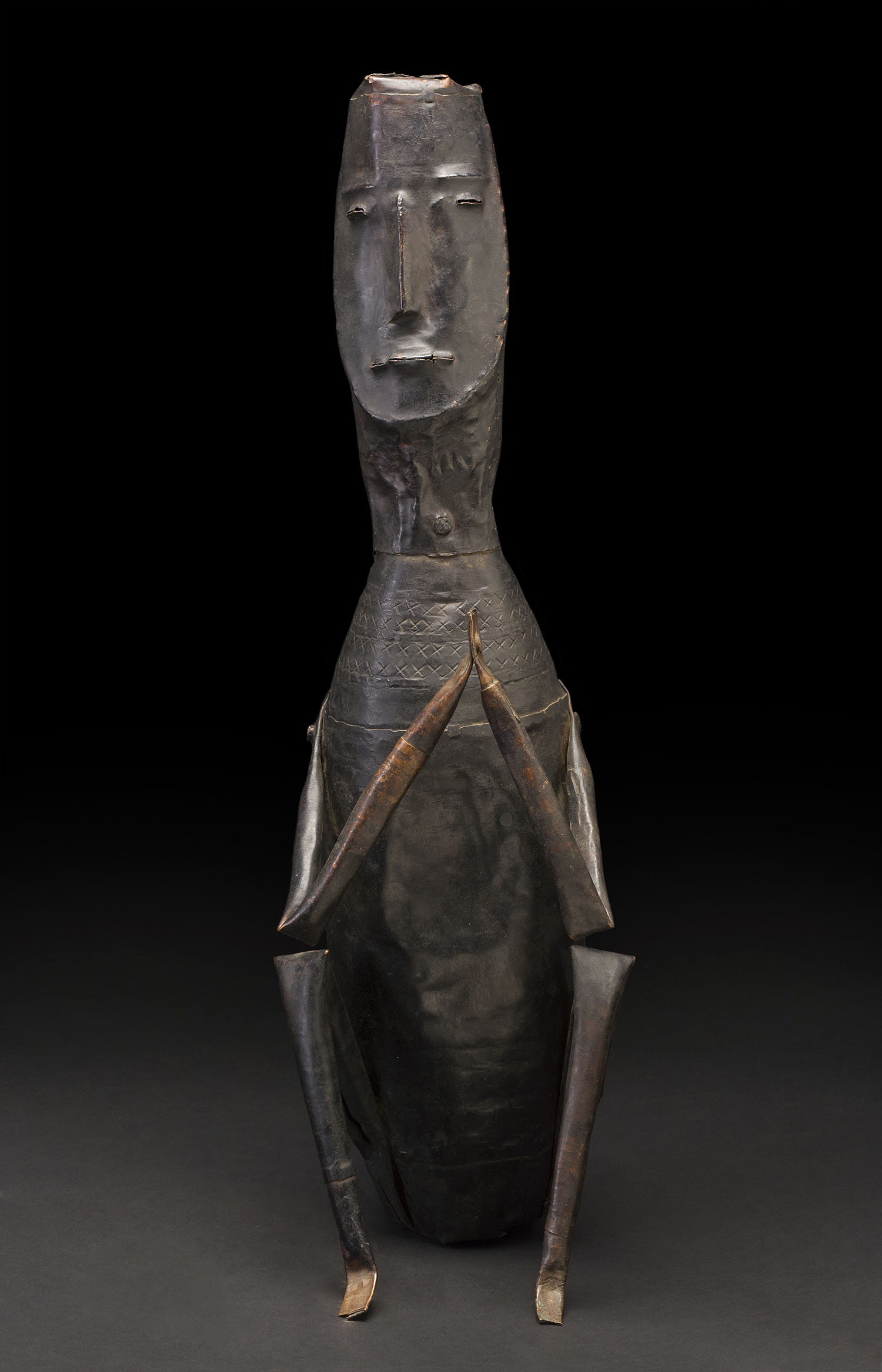
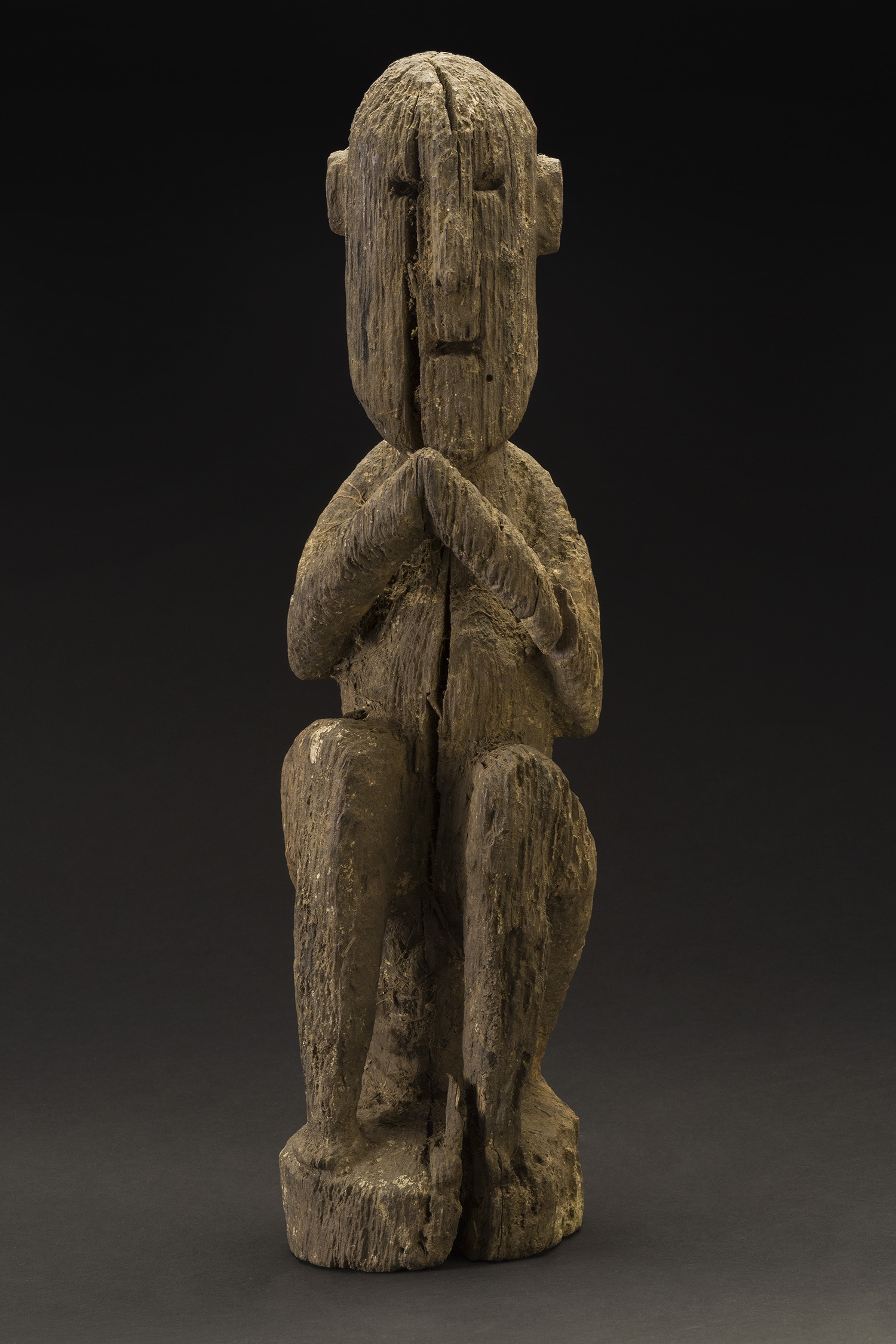
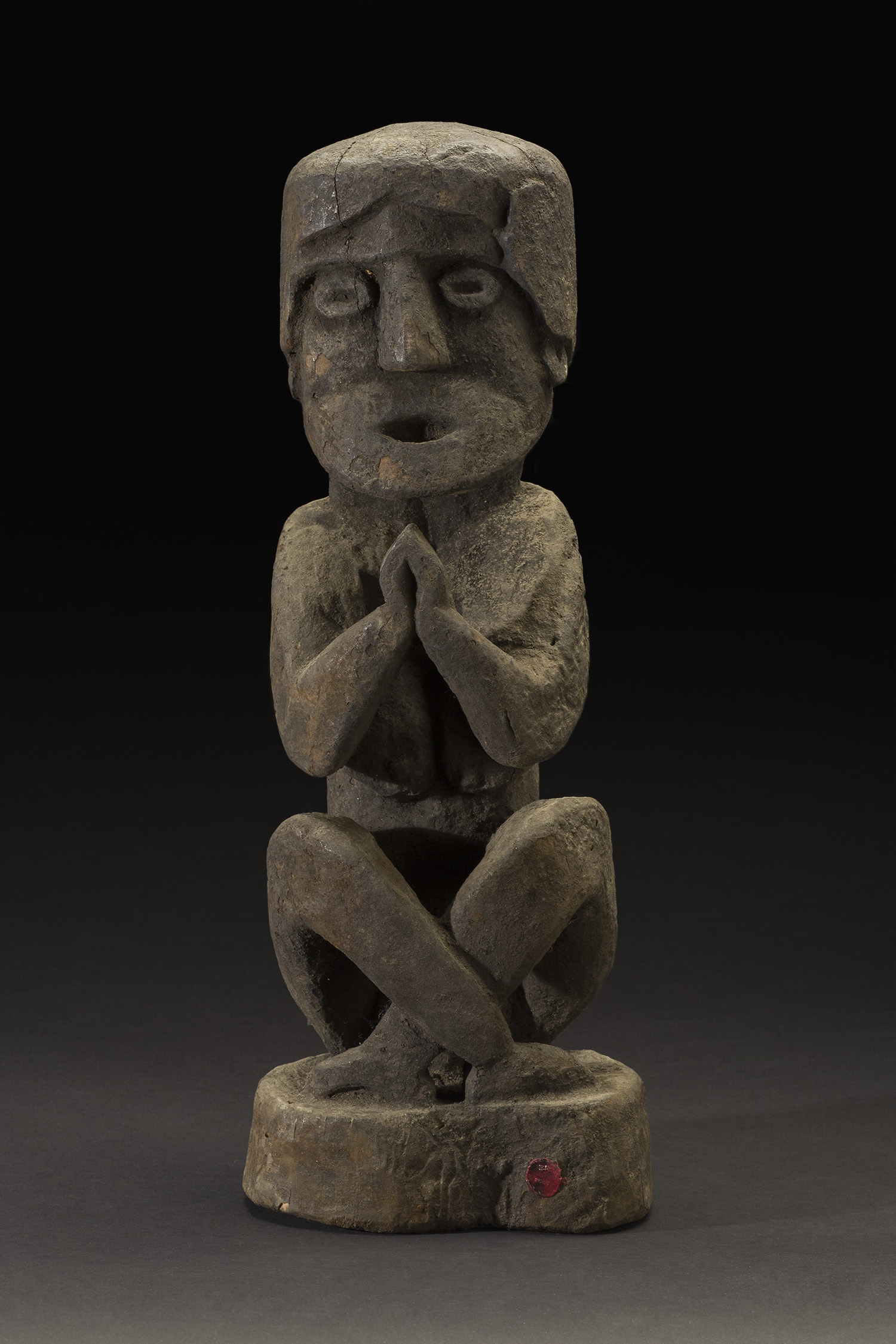
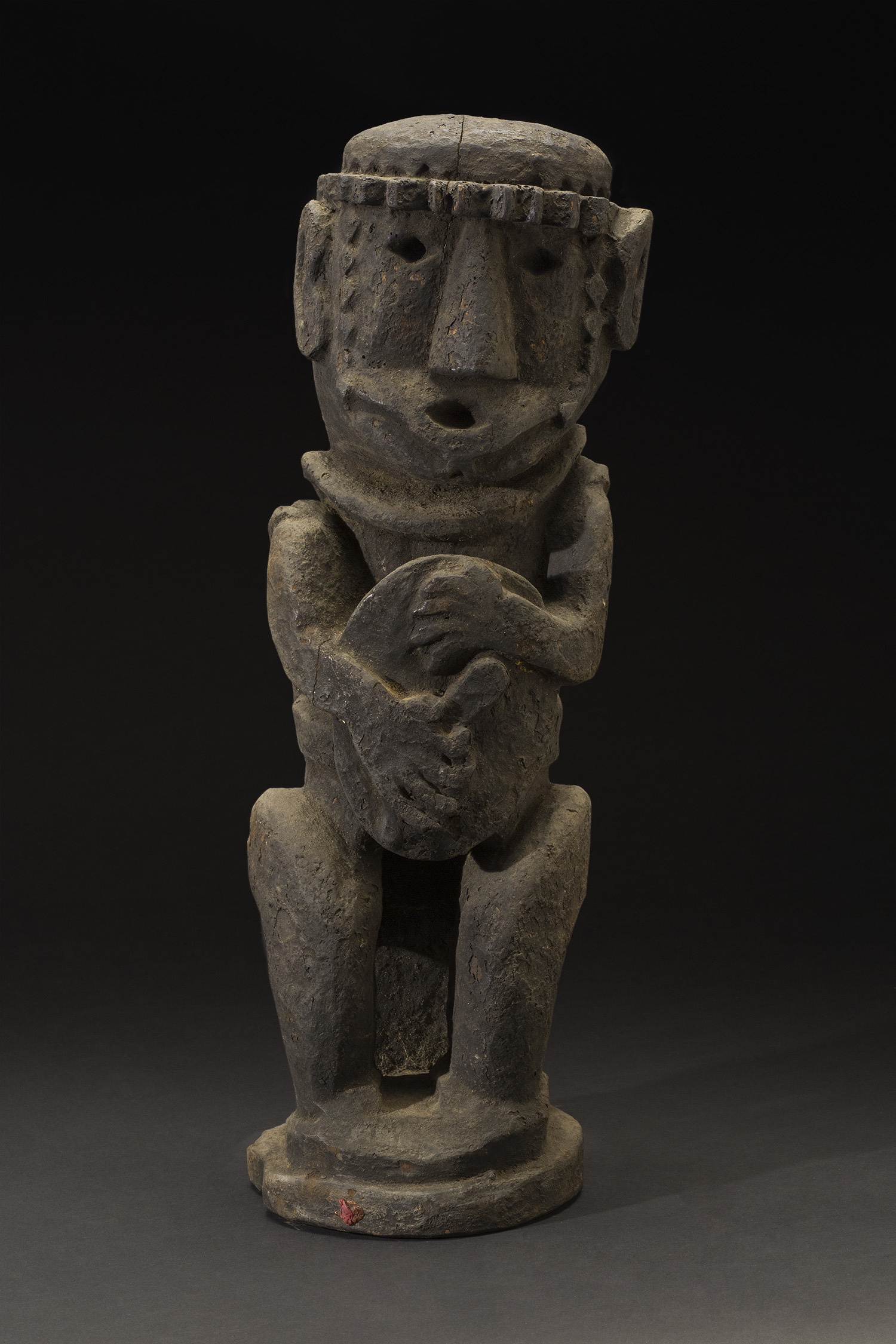
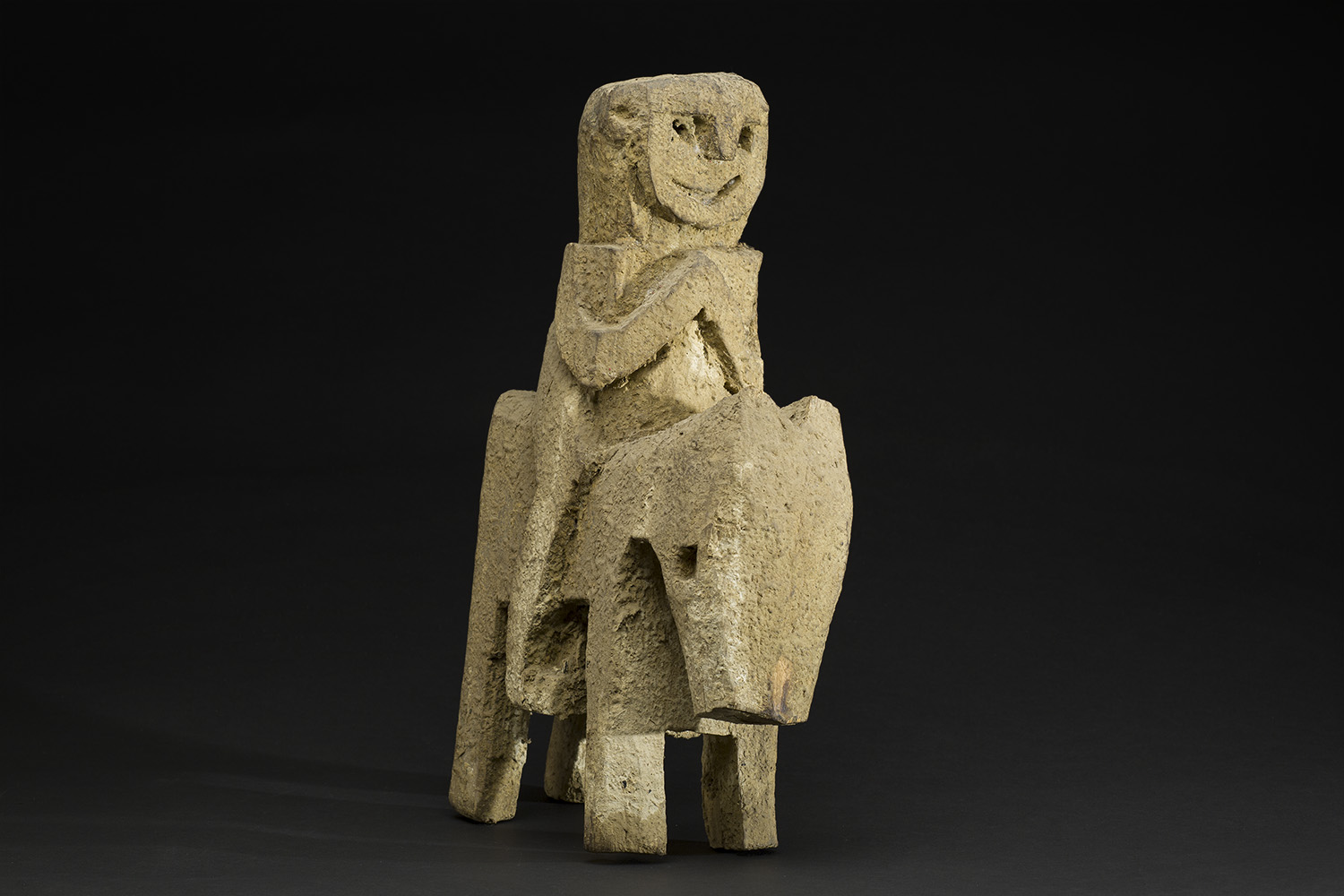
FACESHIFTING II: Animistic Masks from the Himalayas
(March 31 - May 7, 2016)
Cavin-Morris Gallery is pleased to celebrate this year’s Tribal Art Week in New York City with an exhibition of non-classical masks and sculptures from Nepal, India, and Bhutan called FACESHIFTING II: Animistic Masks from the Himalayas.
Our first Faceshifting exhibition in 2014 featured masks from all over the world. FACESHIFTING II focuses on a masking phenomenon that is under-documented (especially in English), yet is incredibly rich and varied. There is almost an art brut quality to the masks, as each is most often carved by the user creatively within very broad guidelines. The masks, although still actively danced today, have ancient origins in animist and shamanic traditions that were in place before Hindu and Buddhist beliefs became the ‘classic’ religions of the area. Unfortunately, scholars have paid more attention to the ‘classic’ masks than to these so-called ‘primitive’ examples.
The Himalayas have long been a site of mixed spiritualities. The animist sensibilities came from an intense relationship with the vagaries of Nature; the weather, agricultural cycles, health and disease etc. Each mask reads as a journal of this survival and the intensities of those beliefs; some are not danced but have an ancestral presence, hung in homes over doorways or placed by the hearth for amuletic purposes for home and family.
The characters are archetypal including sacred clowns or tricksters, wild men of the bush, goddesses, priests and demons, and wise old men. The masks are stark and often expressively powerful in their minimal charged lines, with deep patination of ash, and other sacrificial materials.
It has taken several years to bring together the pieces for this exhibition. We are pleased to present this rarely seen art form only now beginning to attract the recognition it deserves in this country.
For further information please contact Cavin-Morris Gallery at info@cavinmorris.com, or phone: 212-226-3768.



